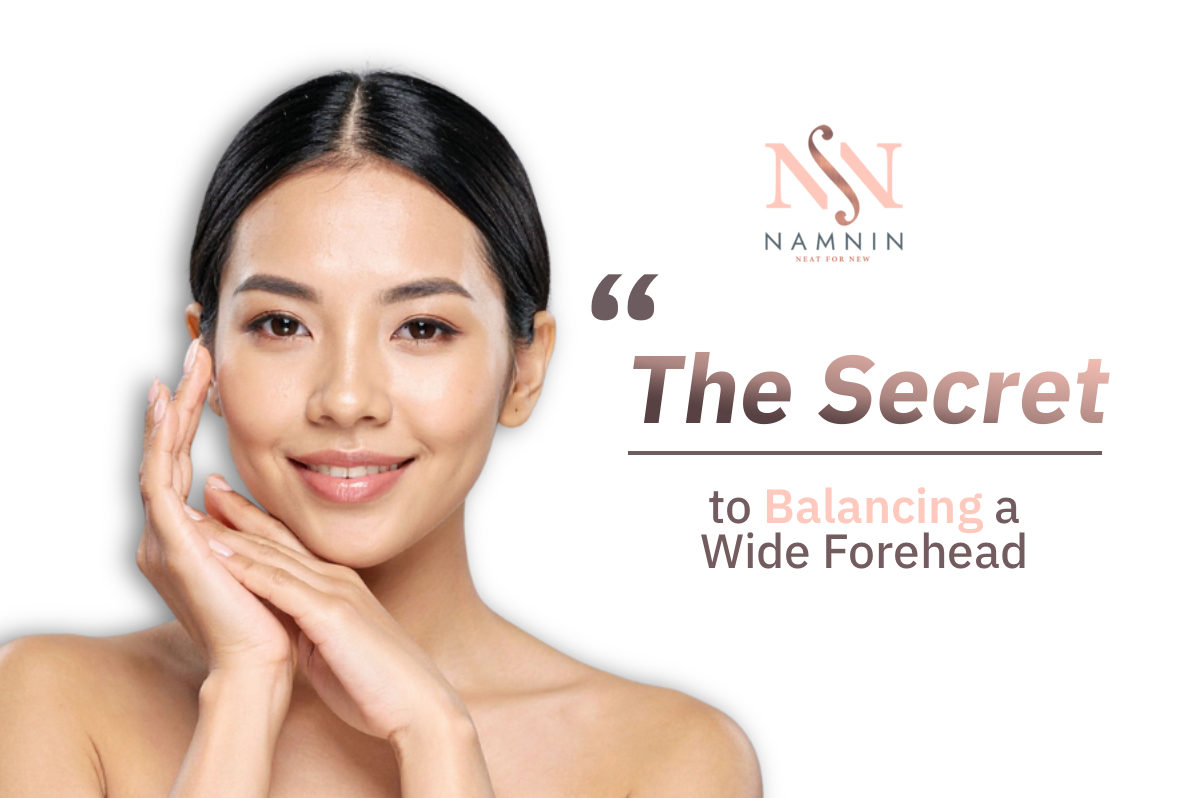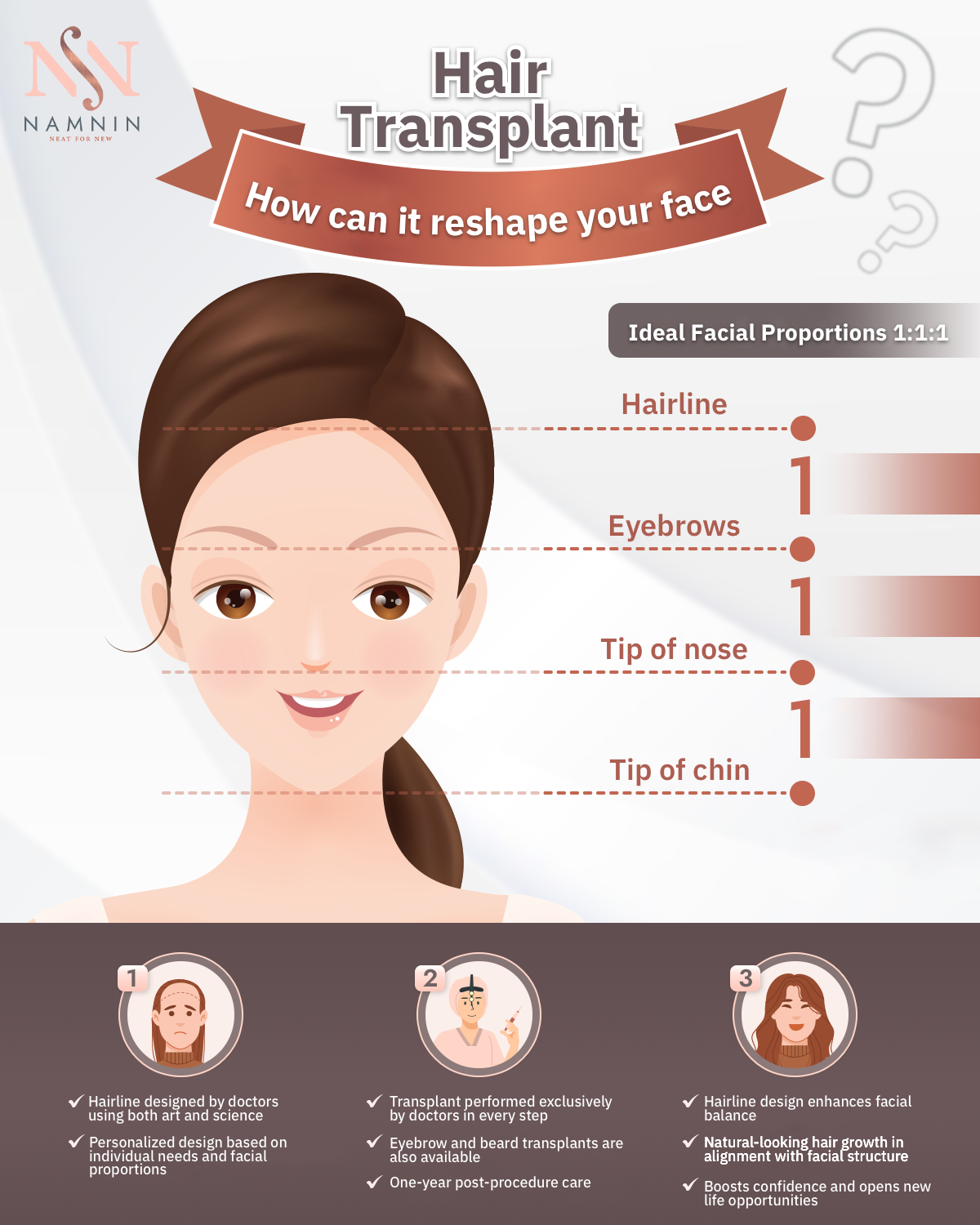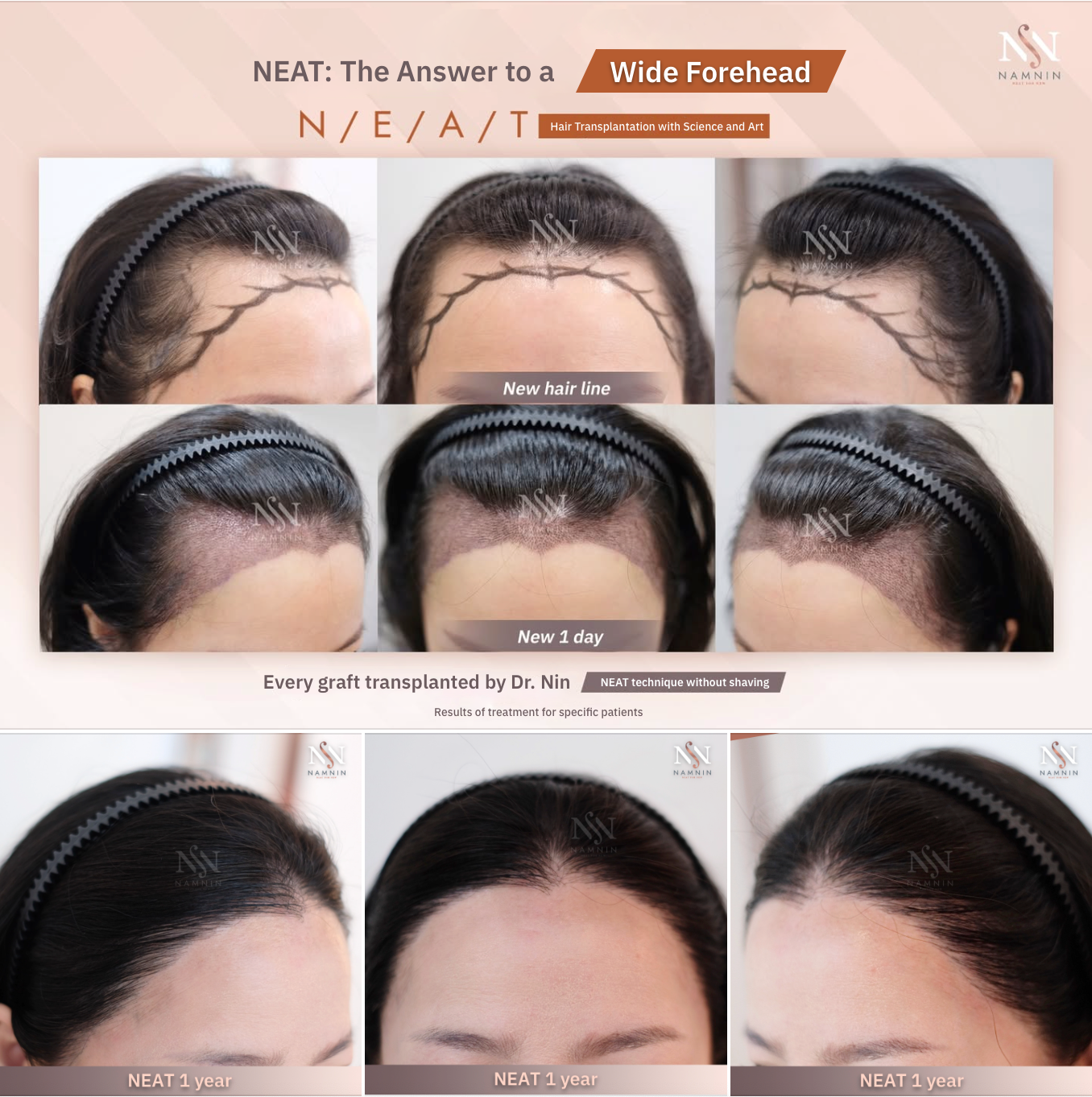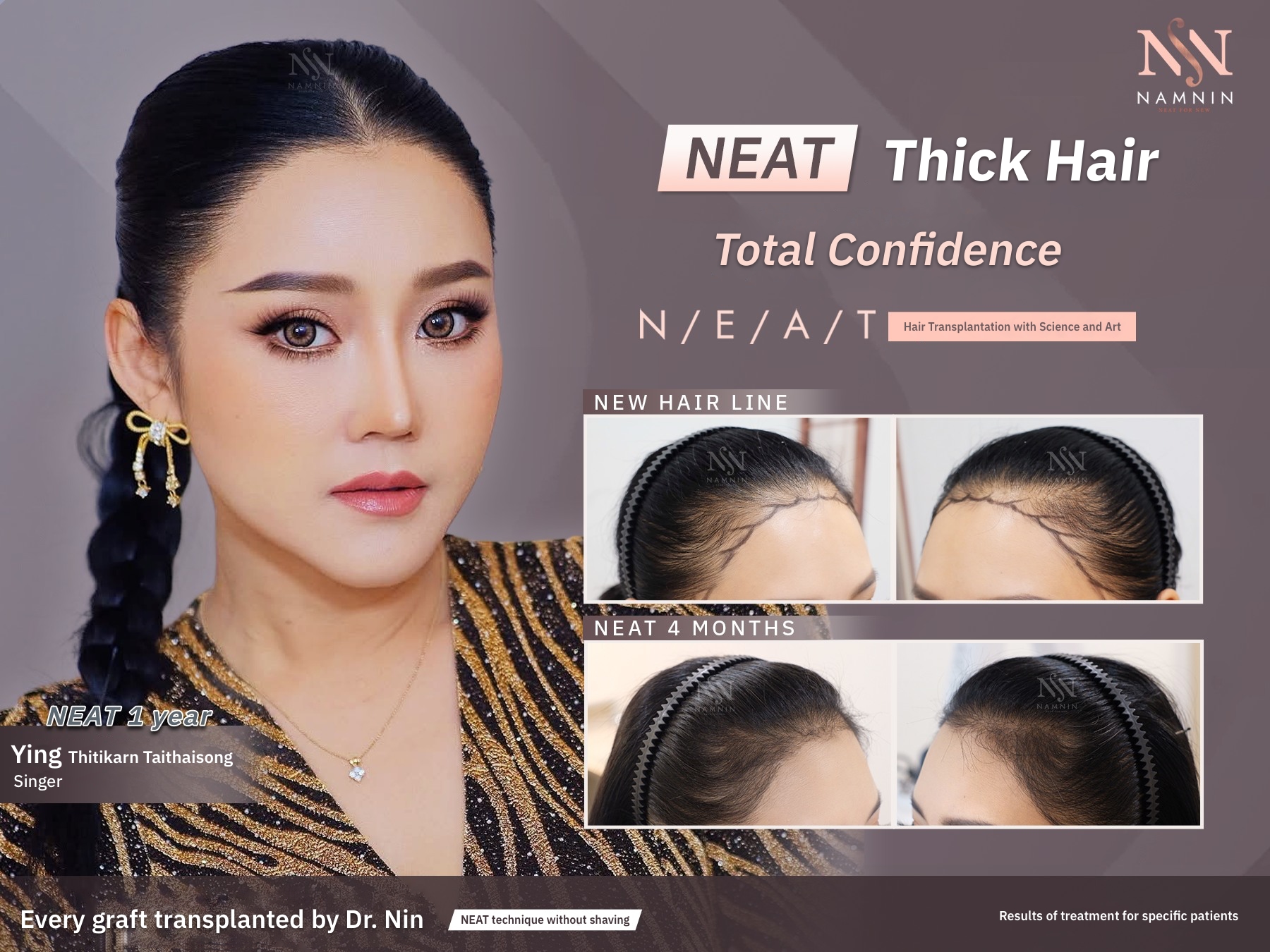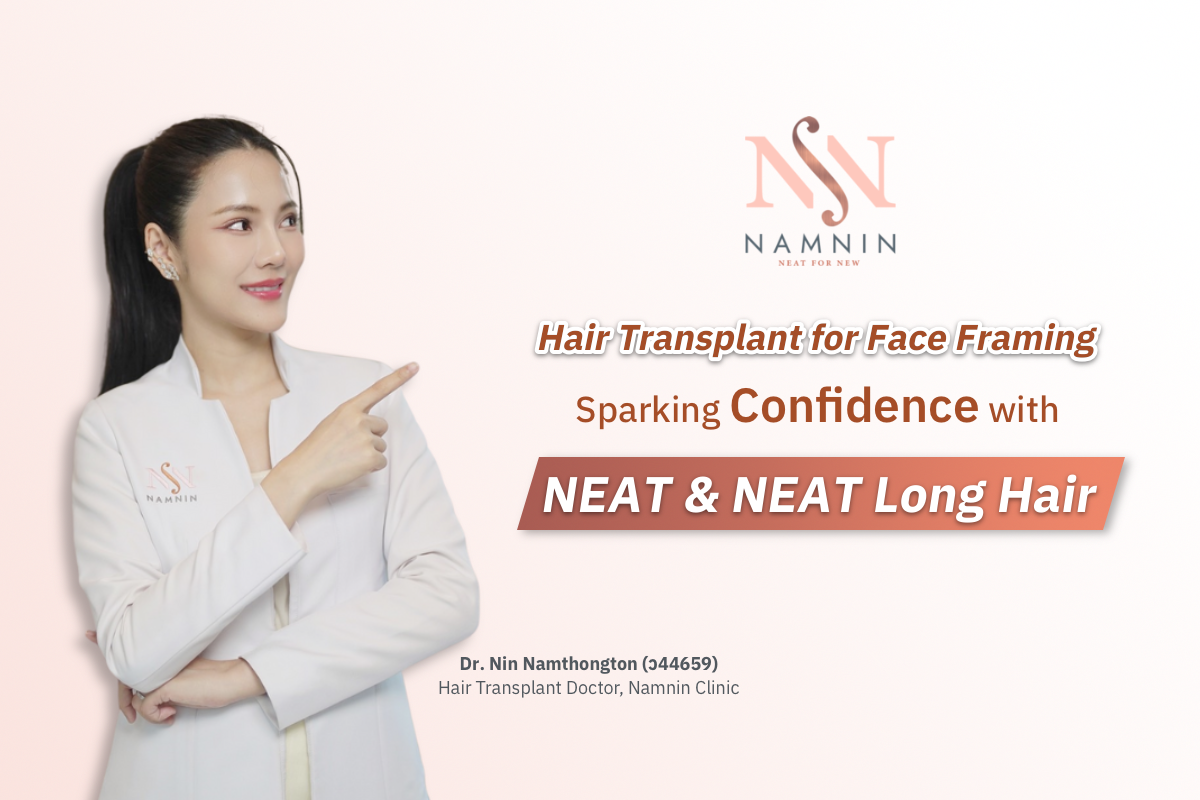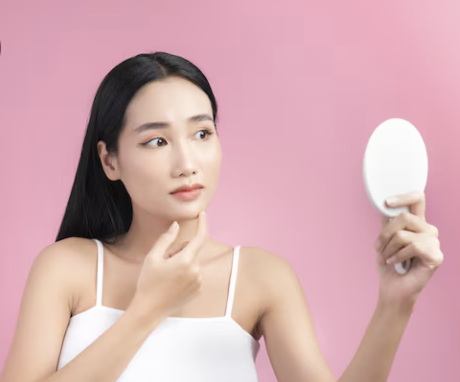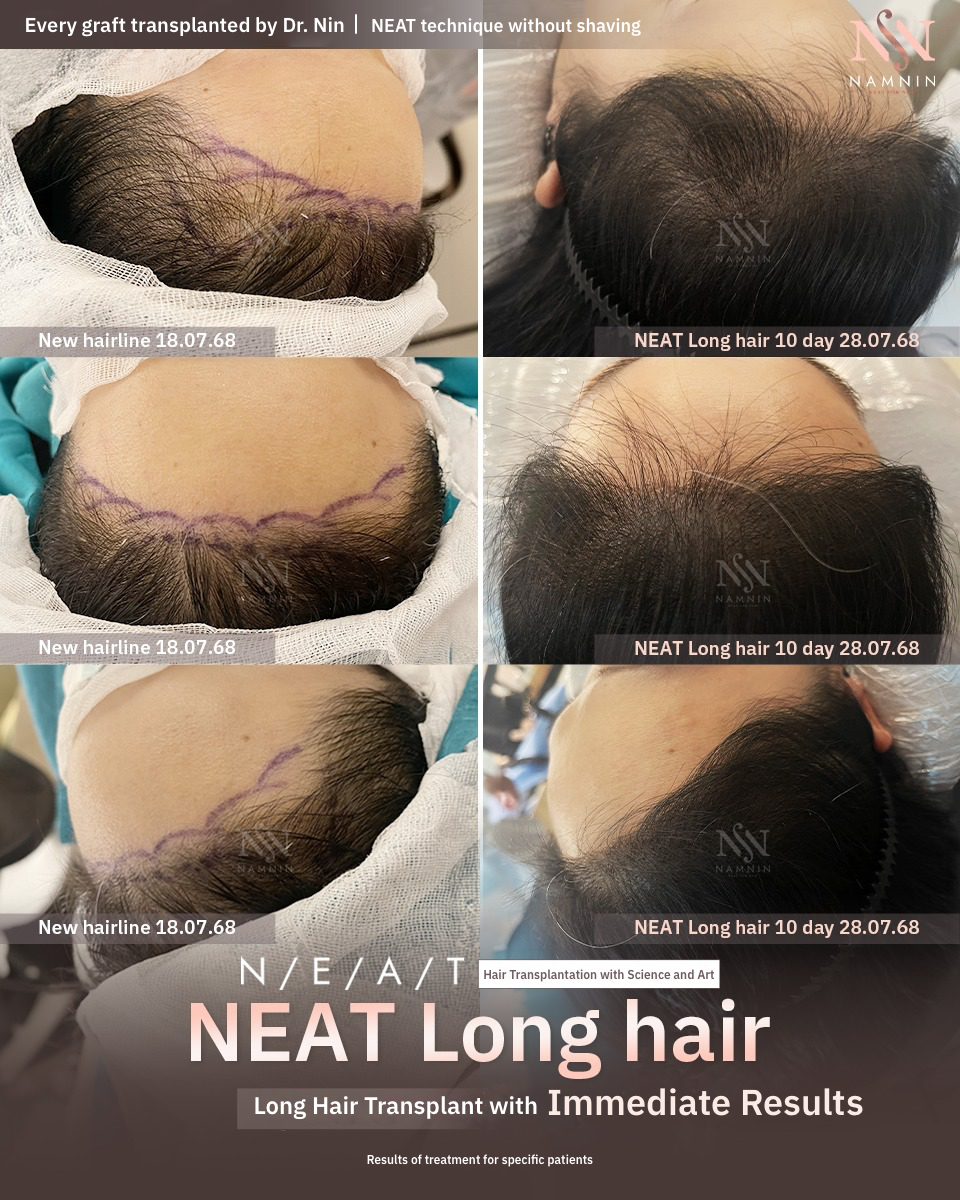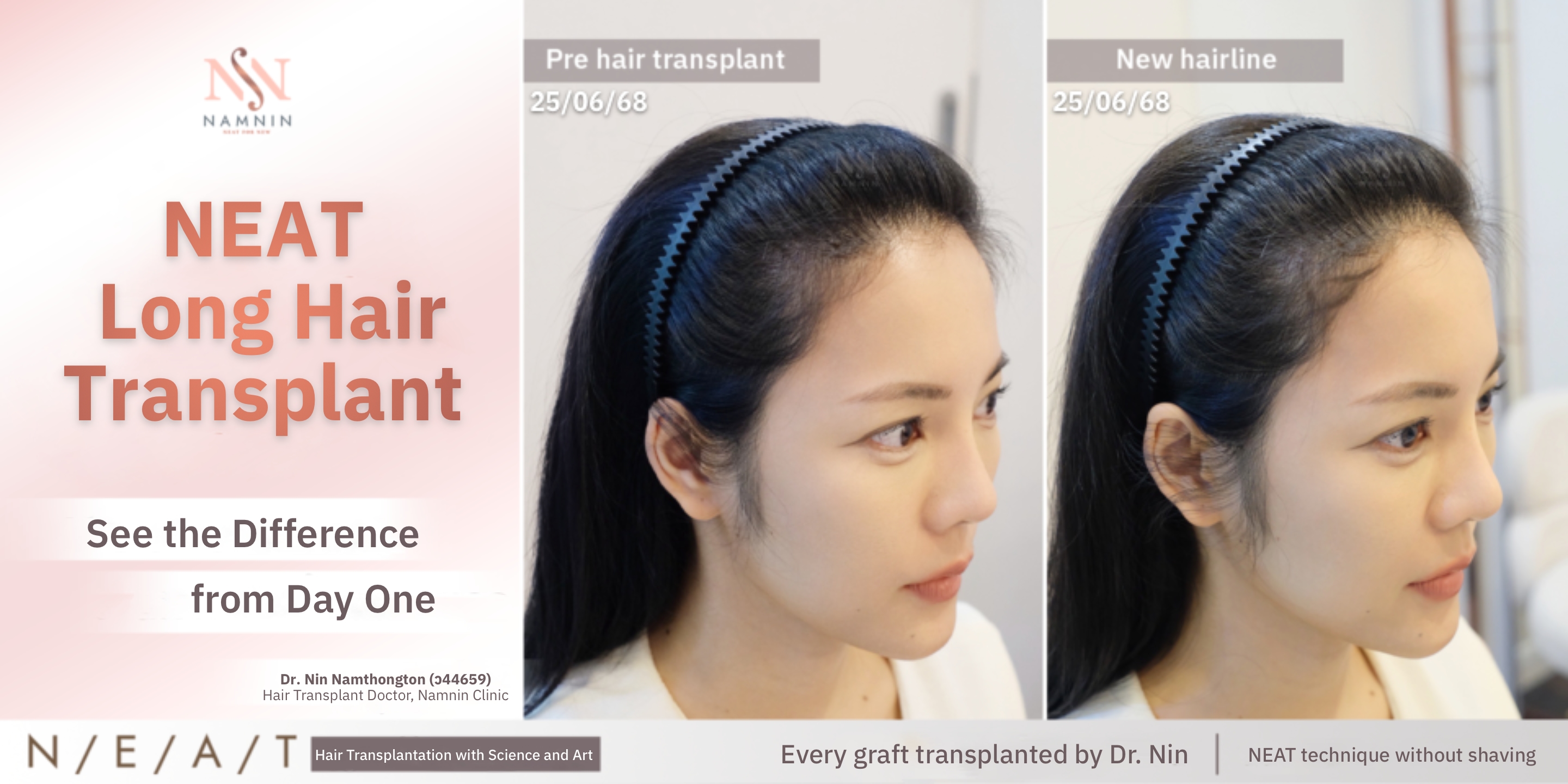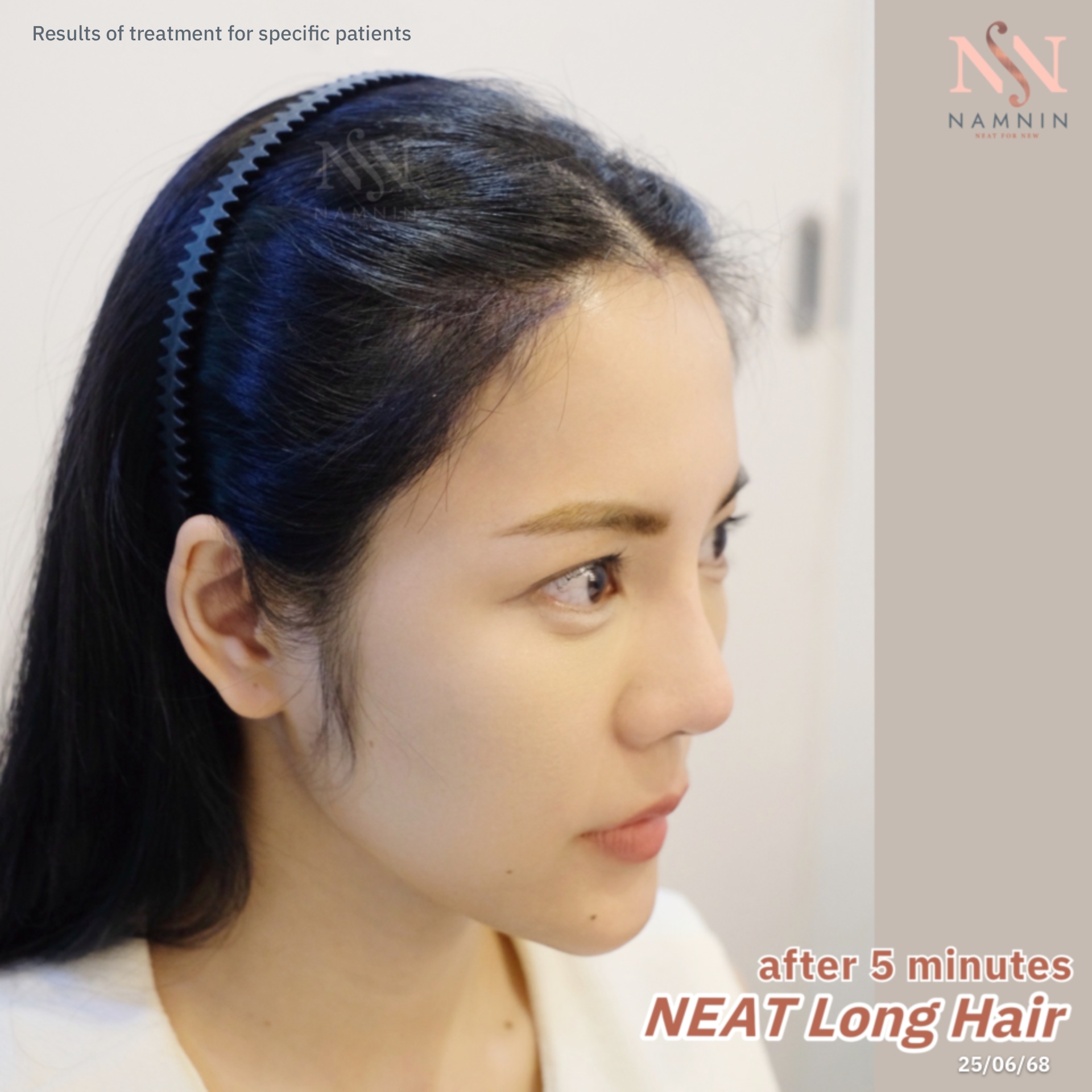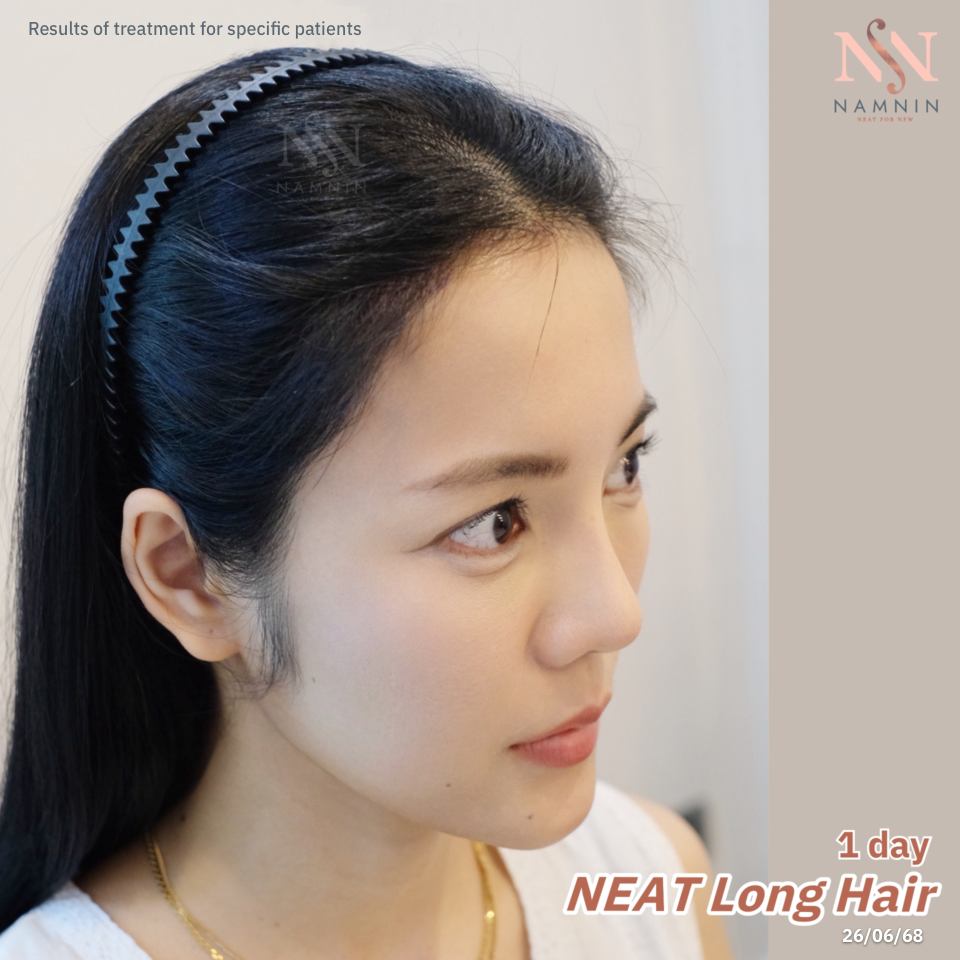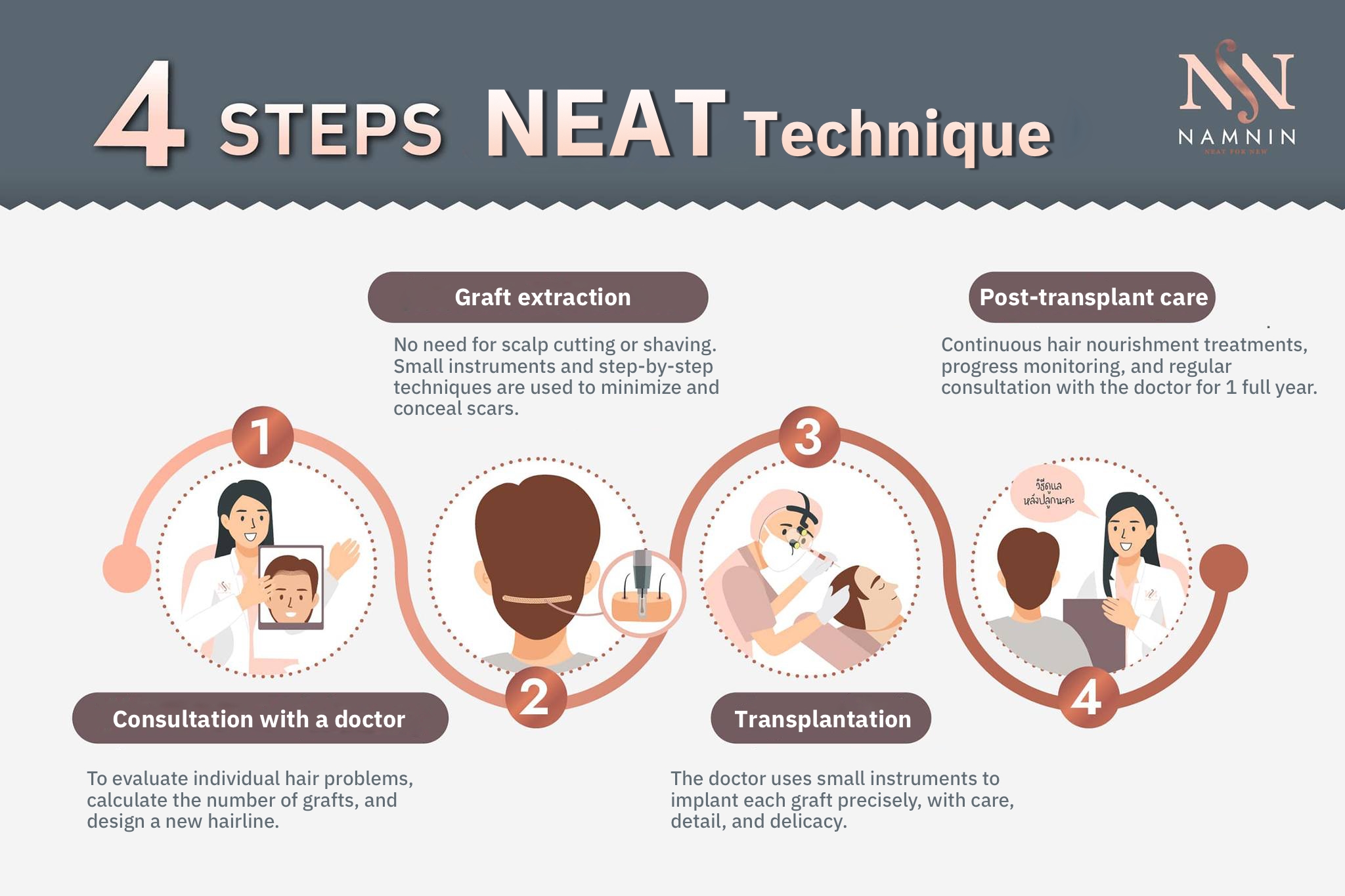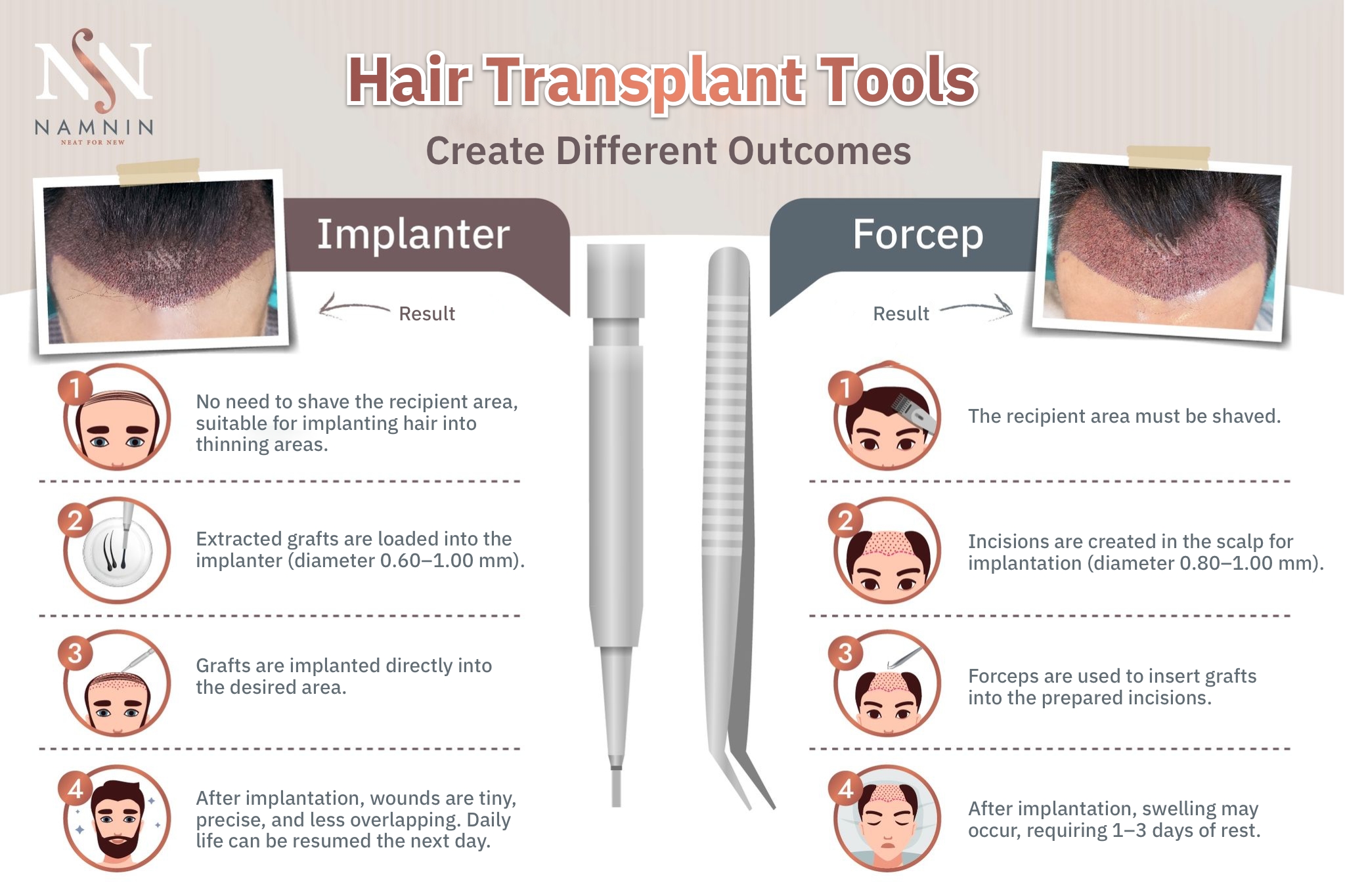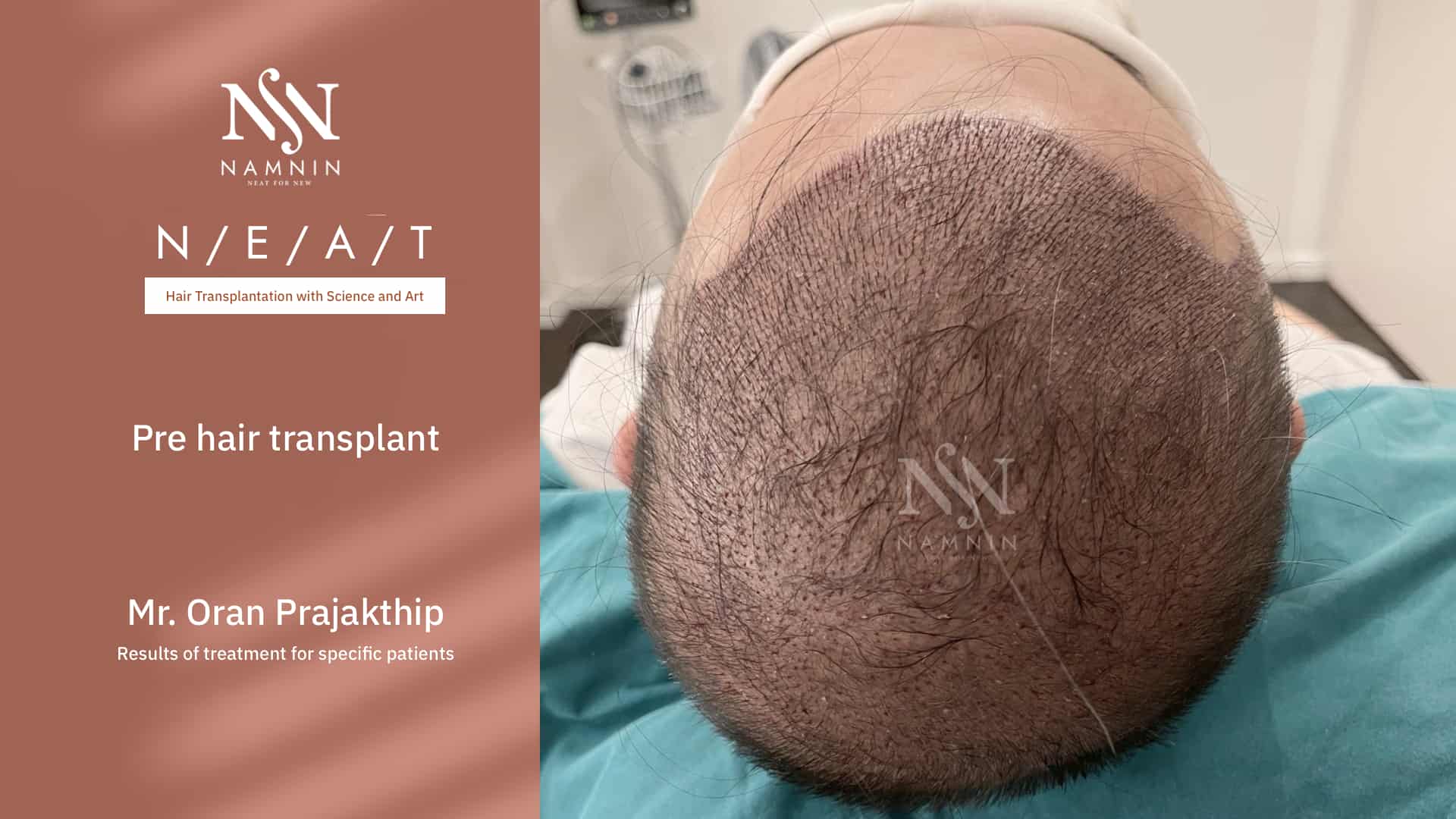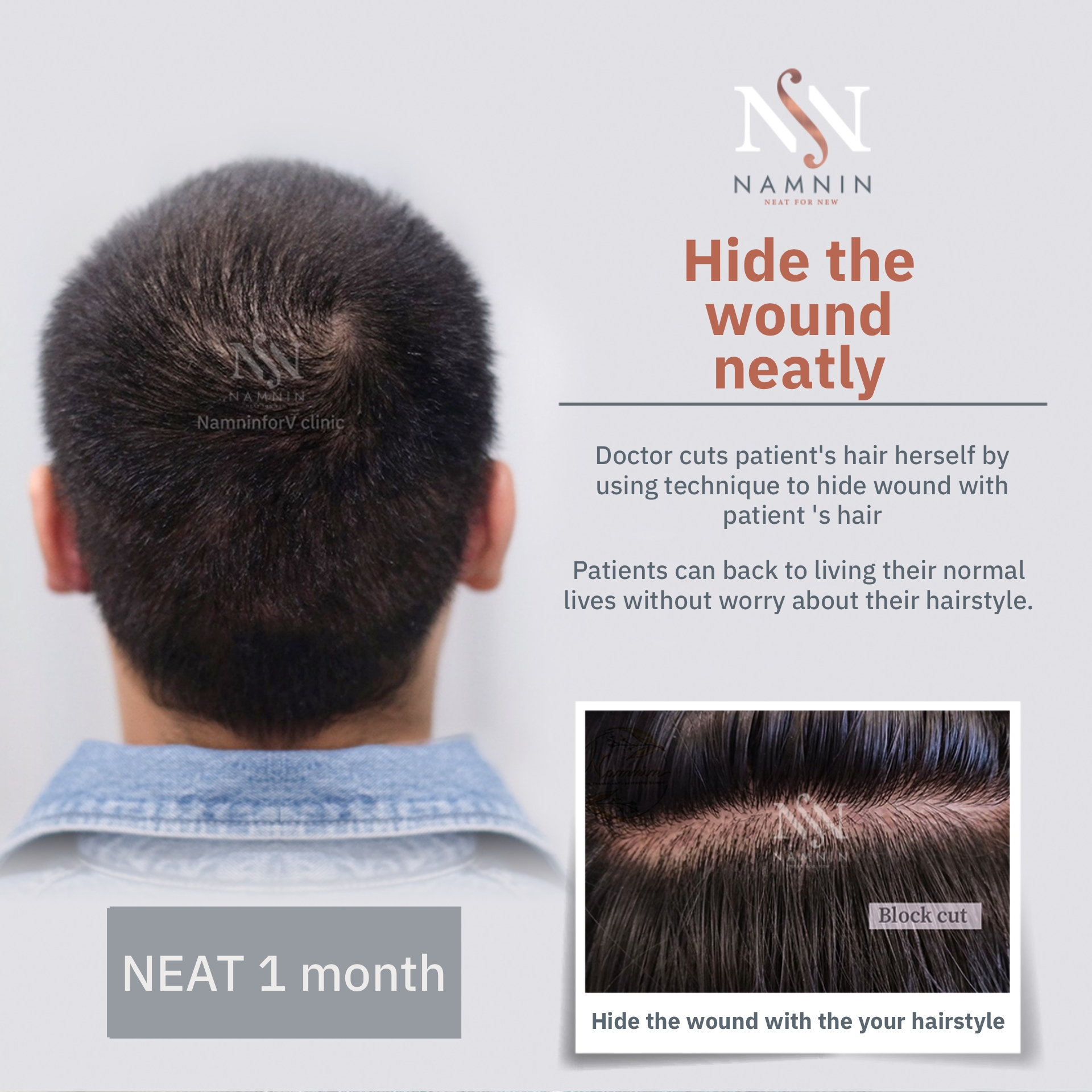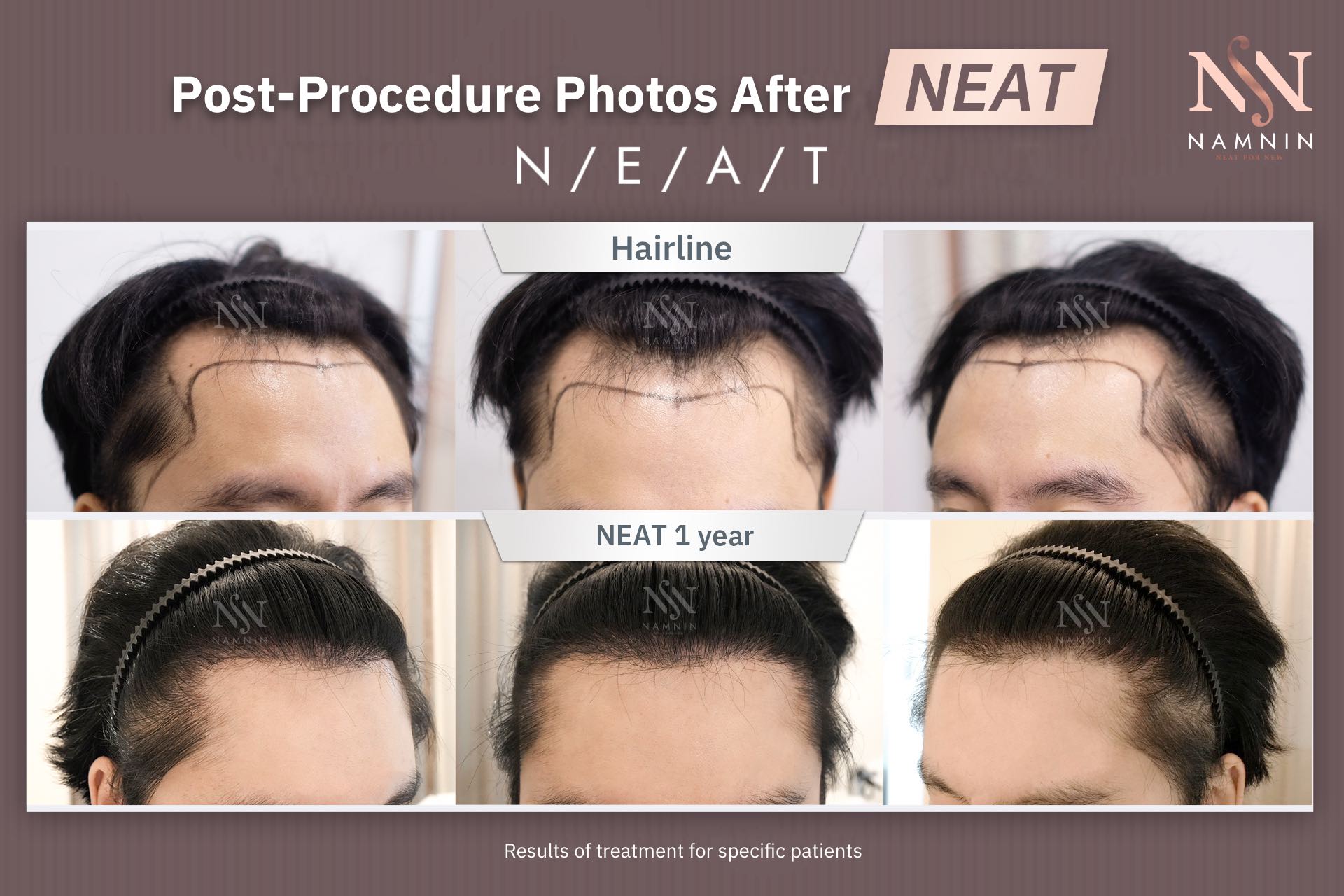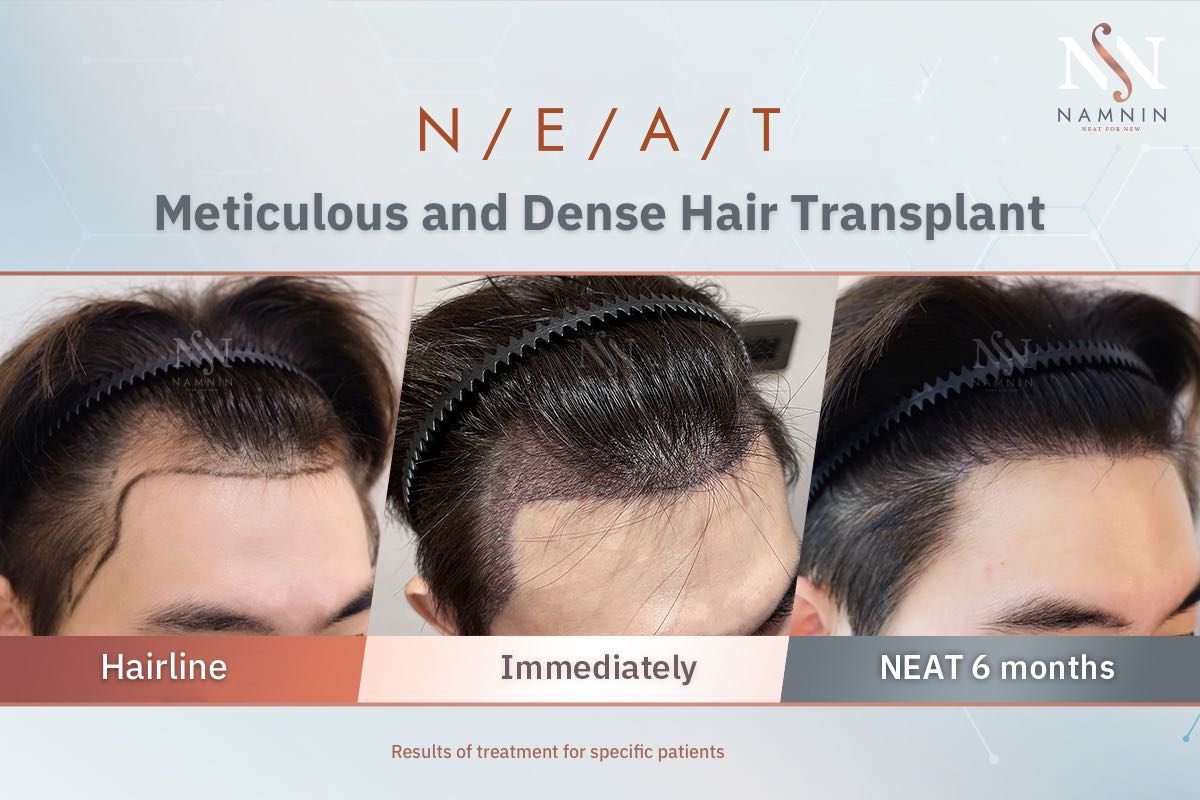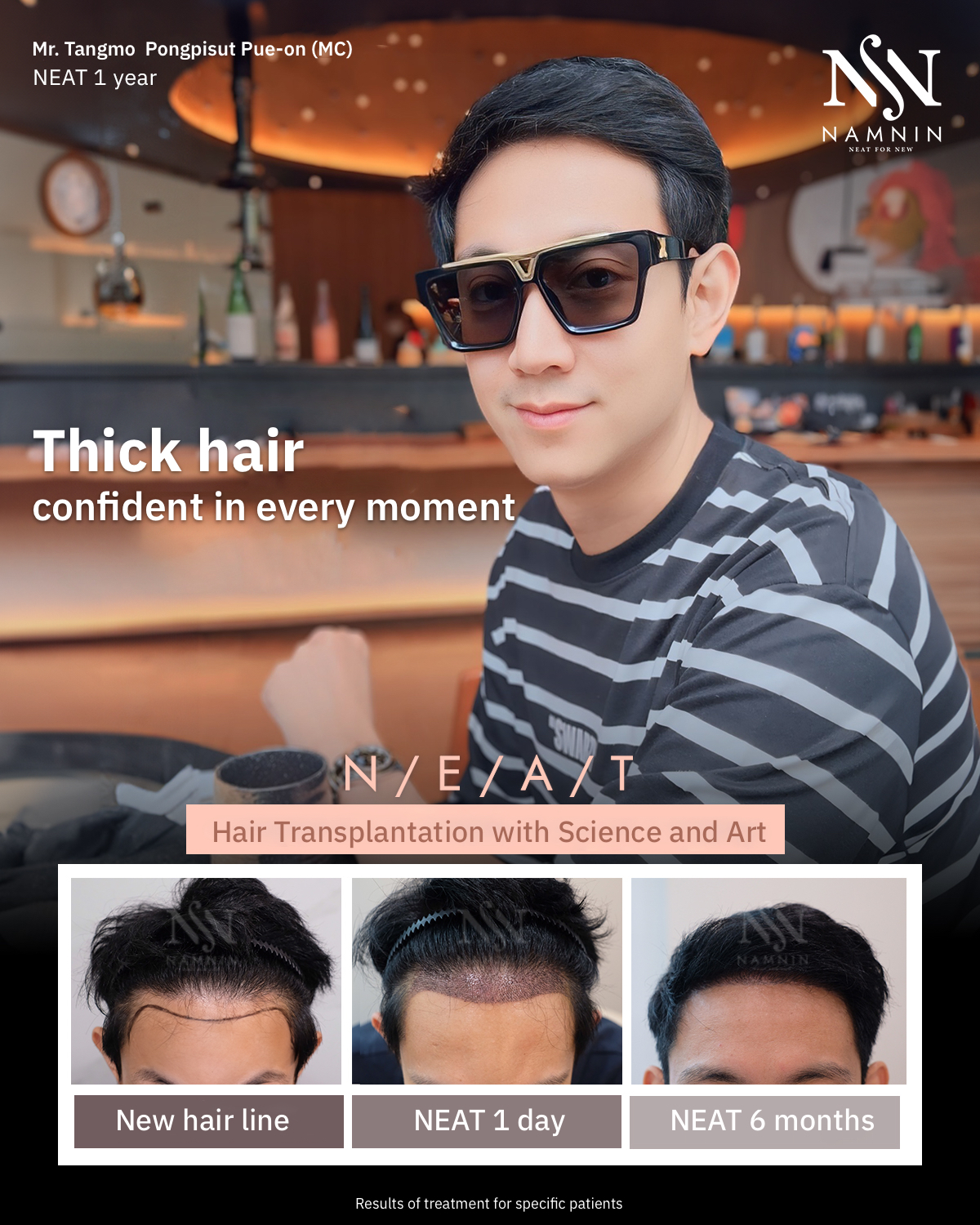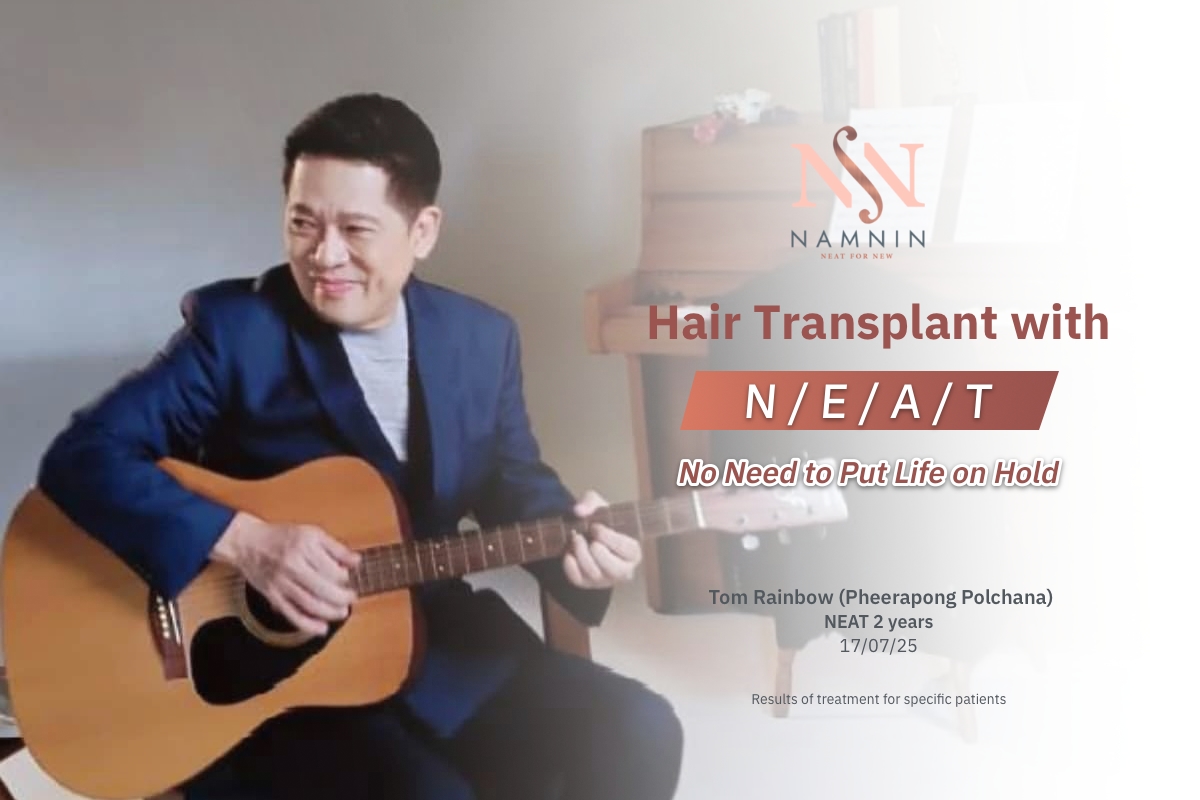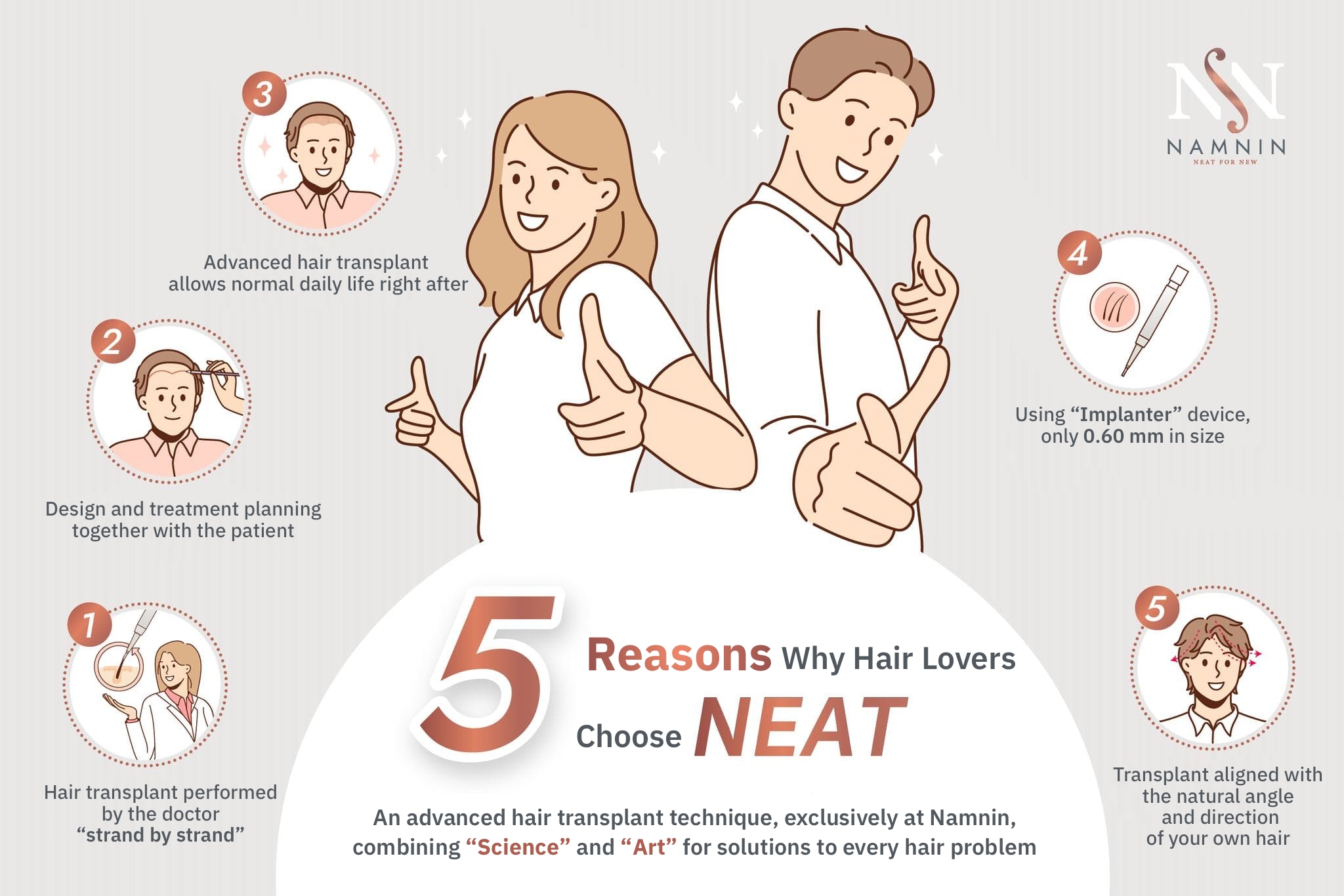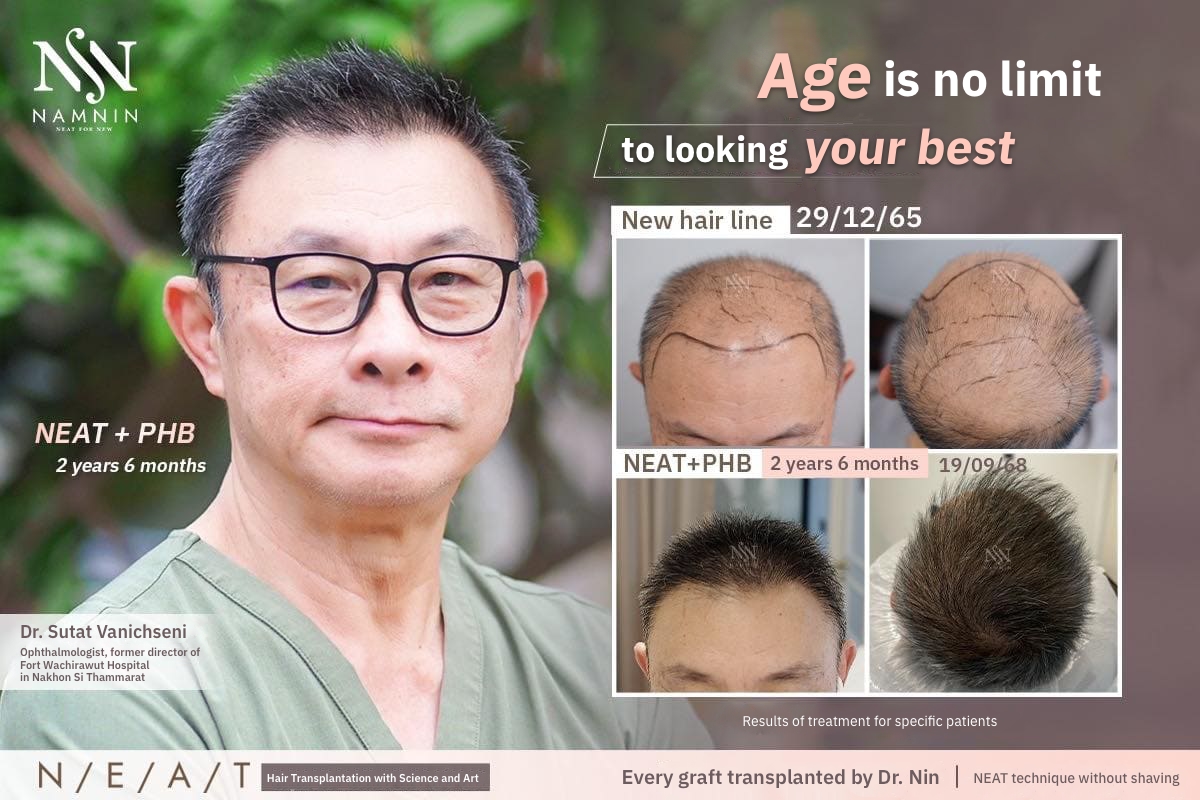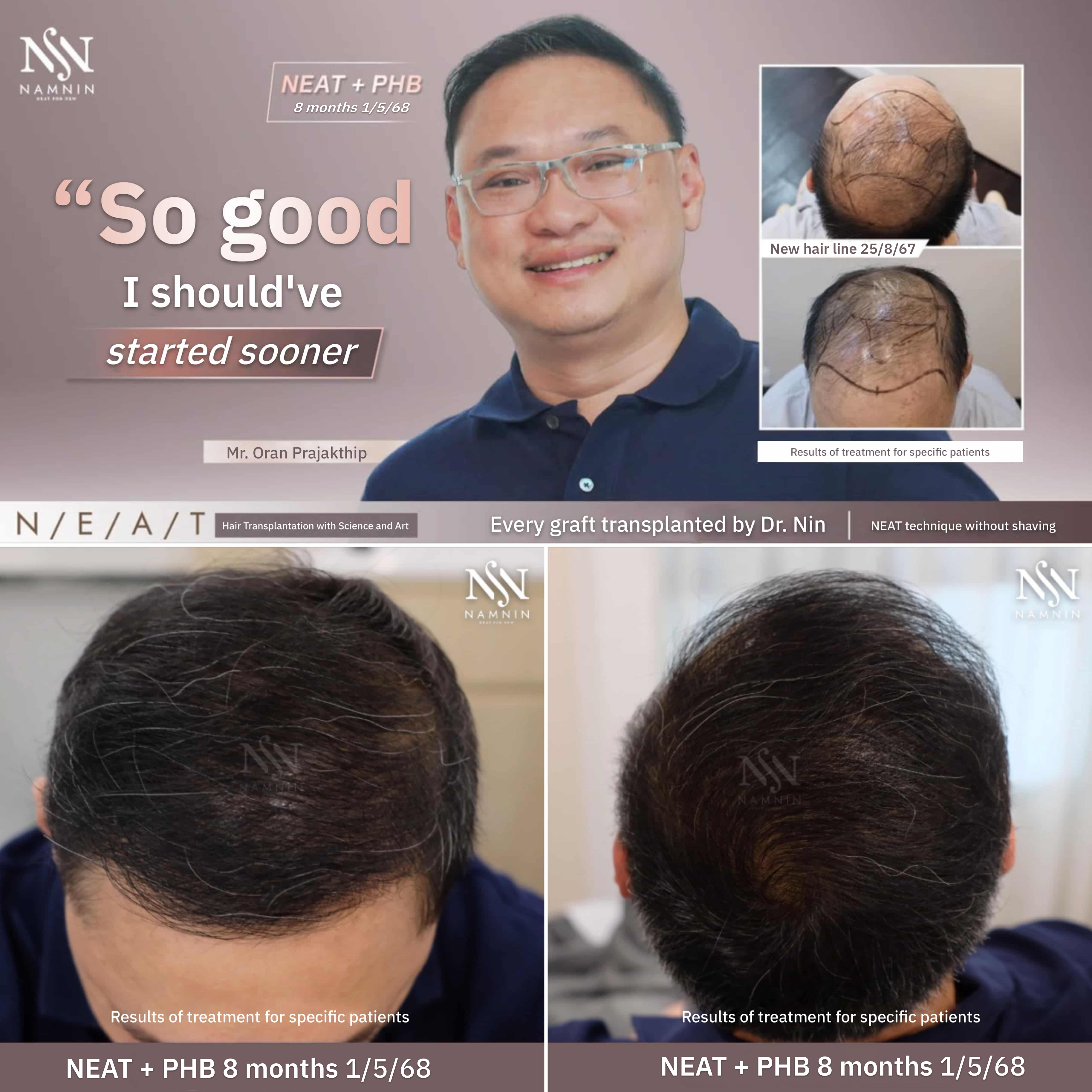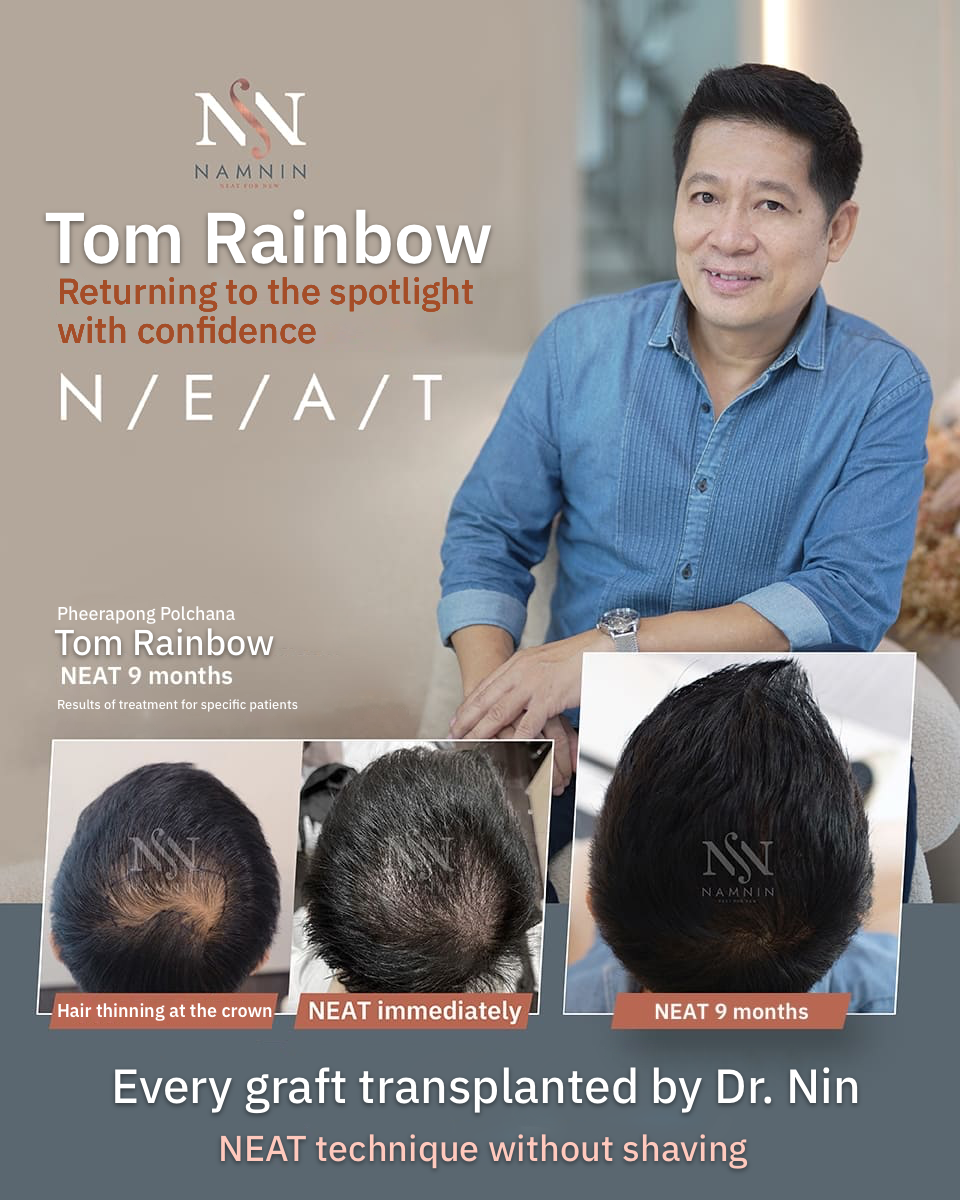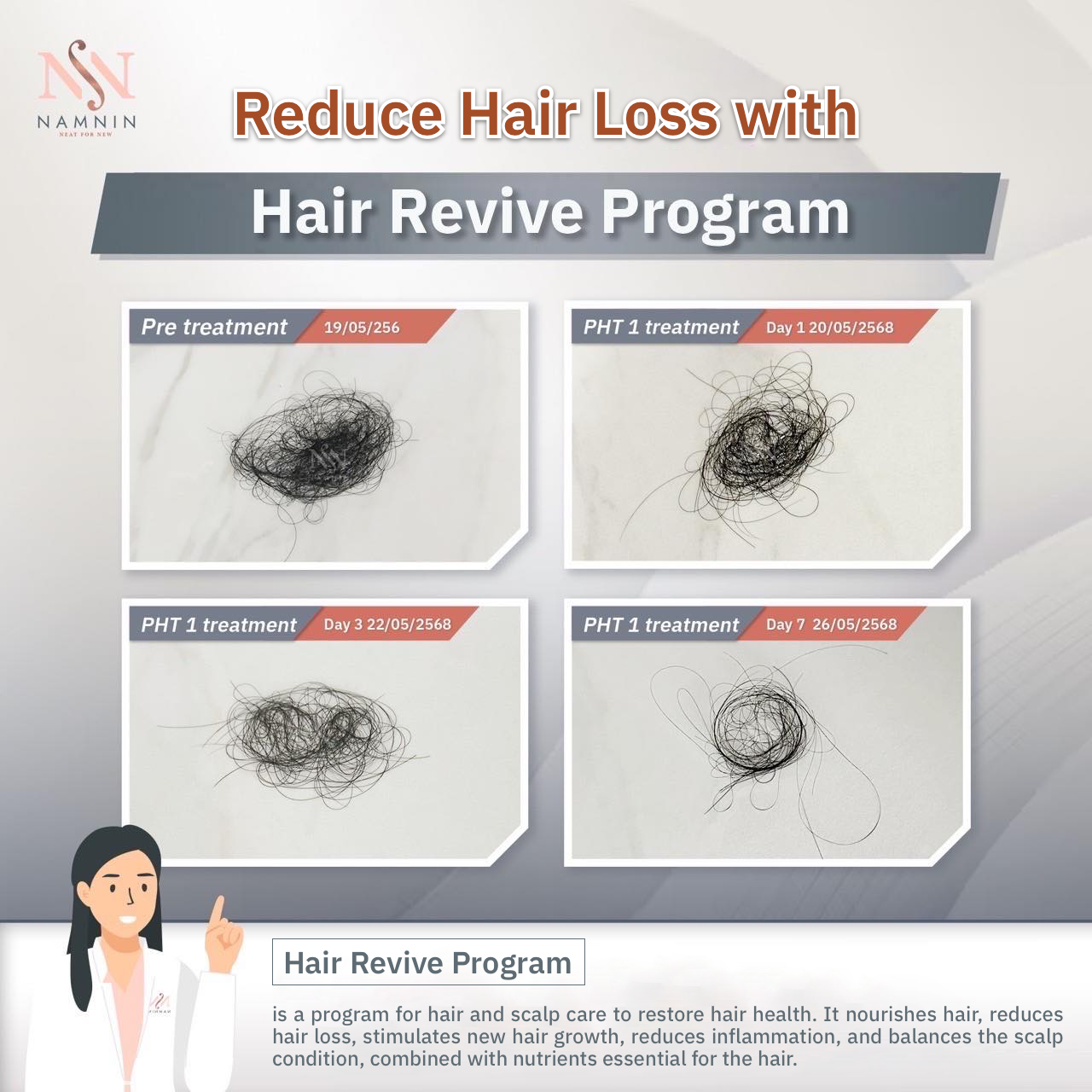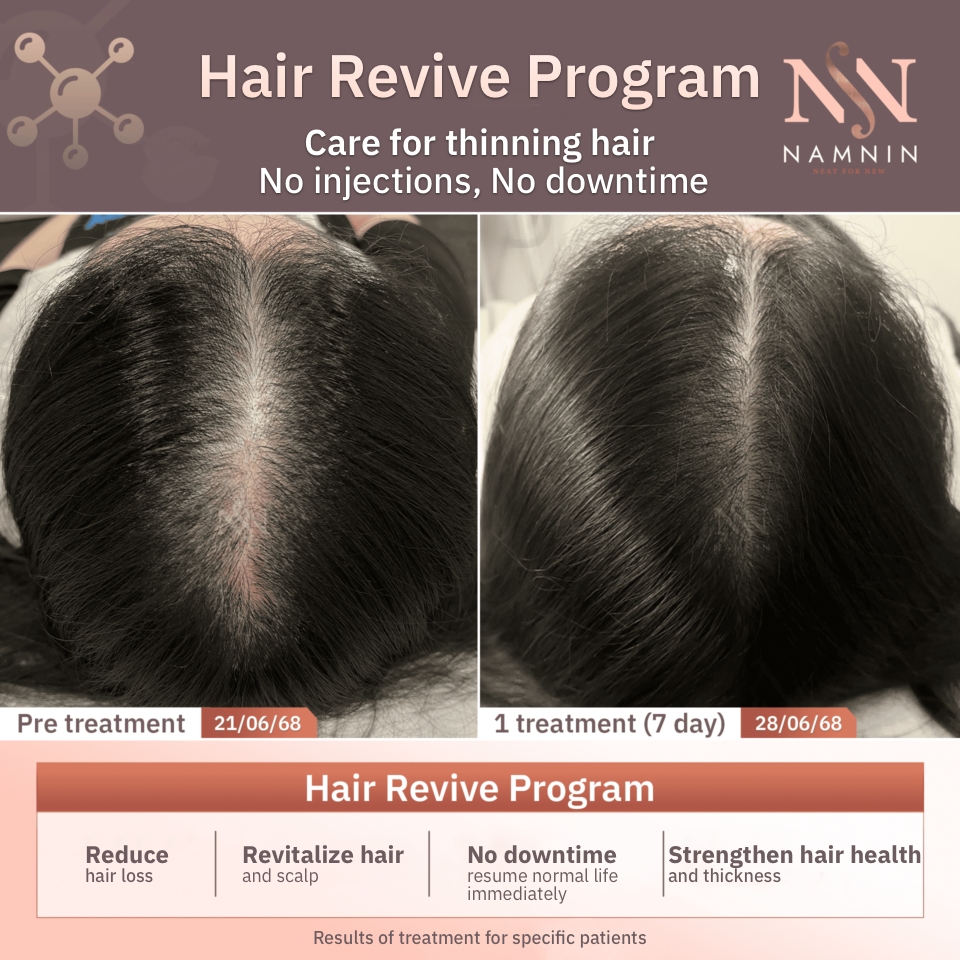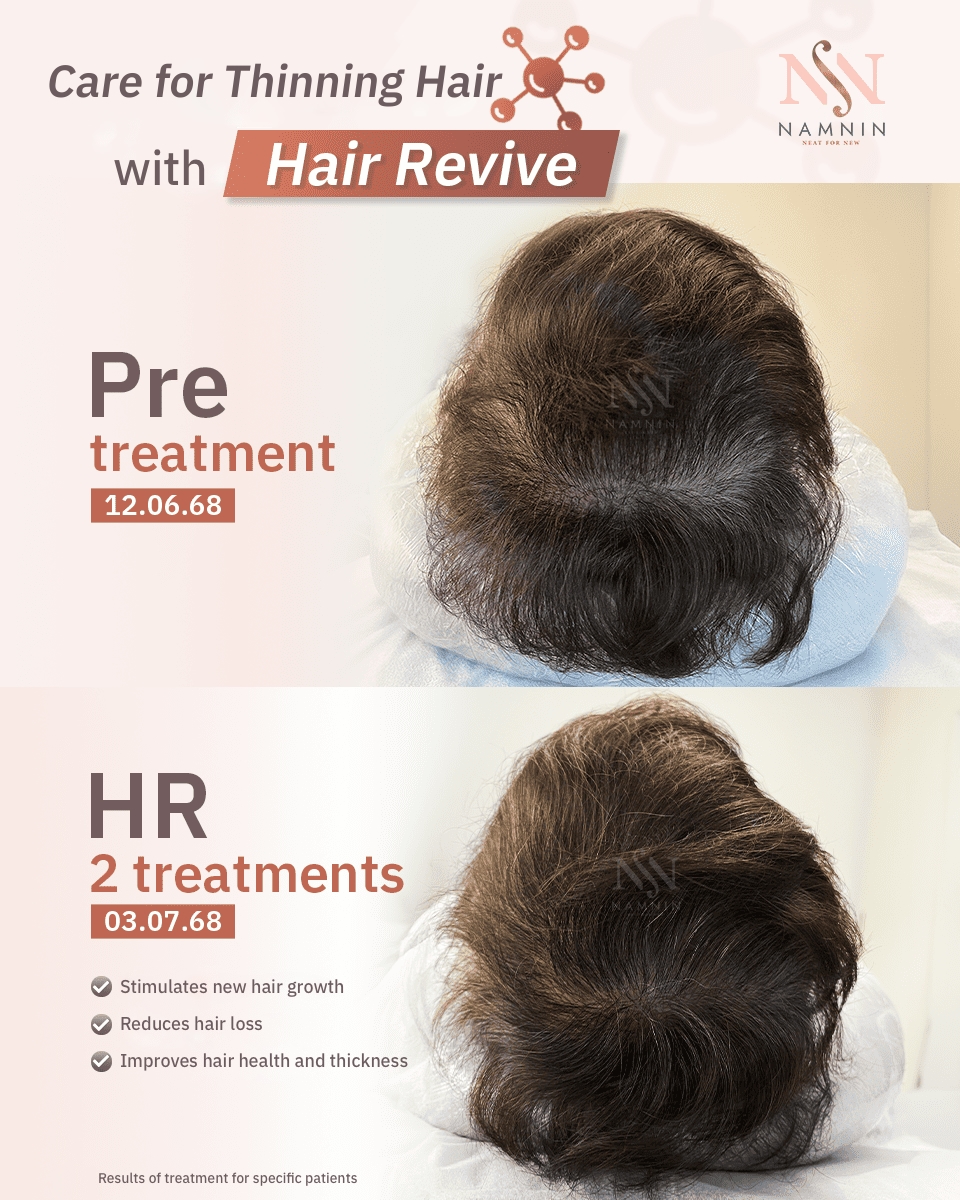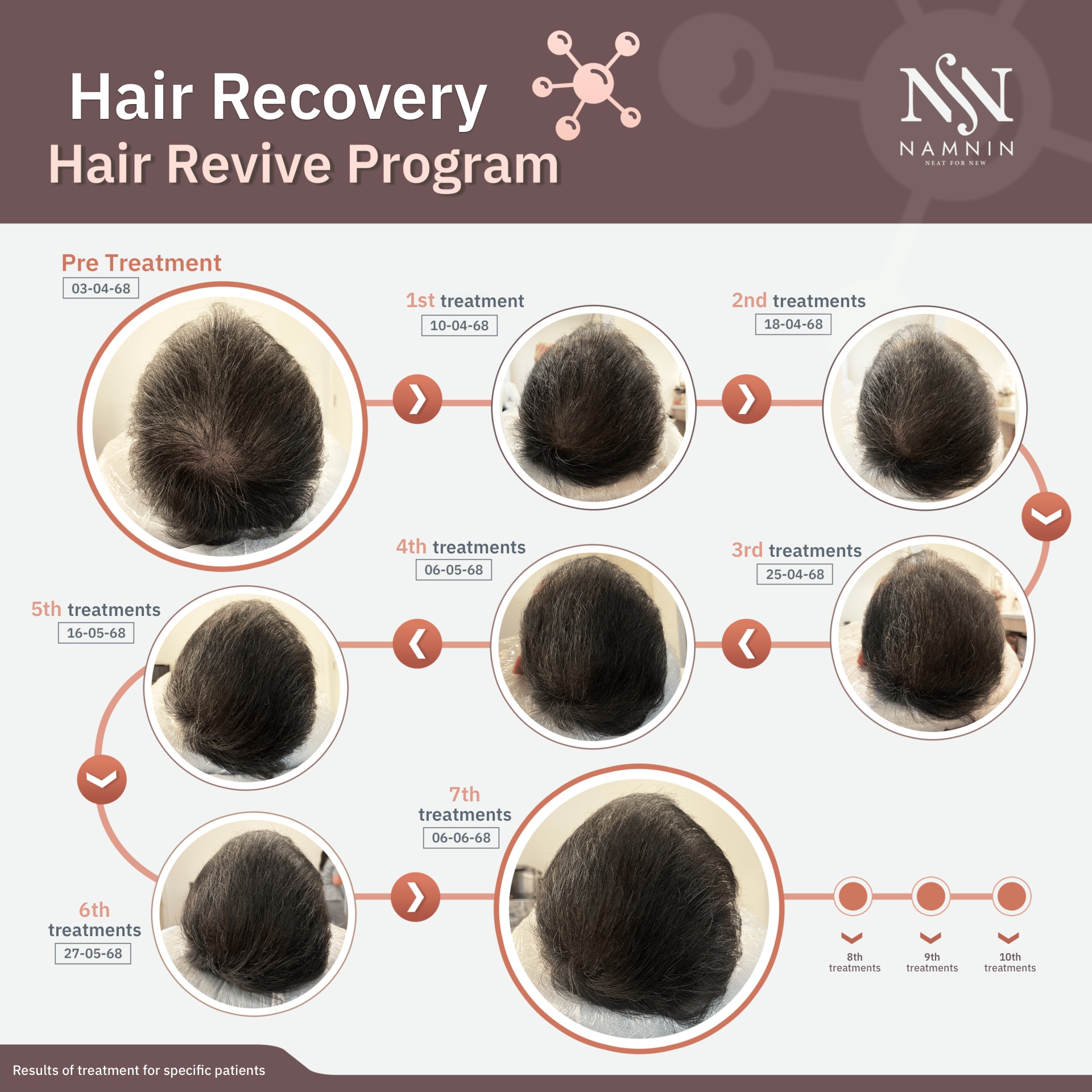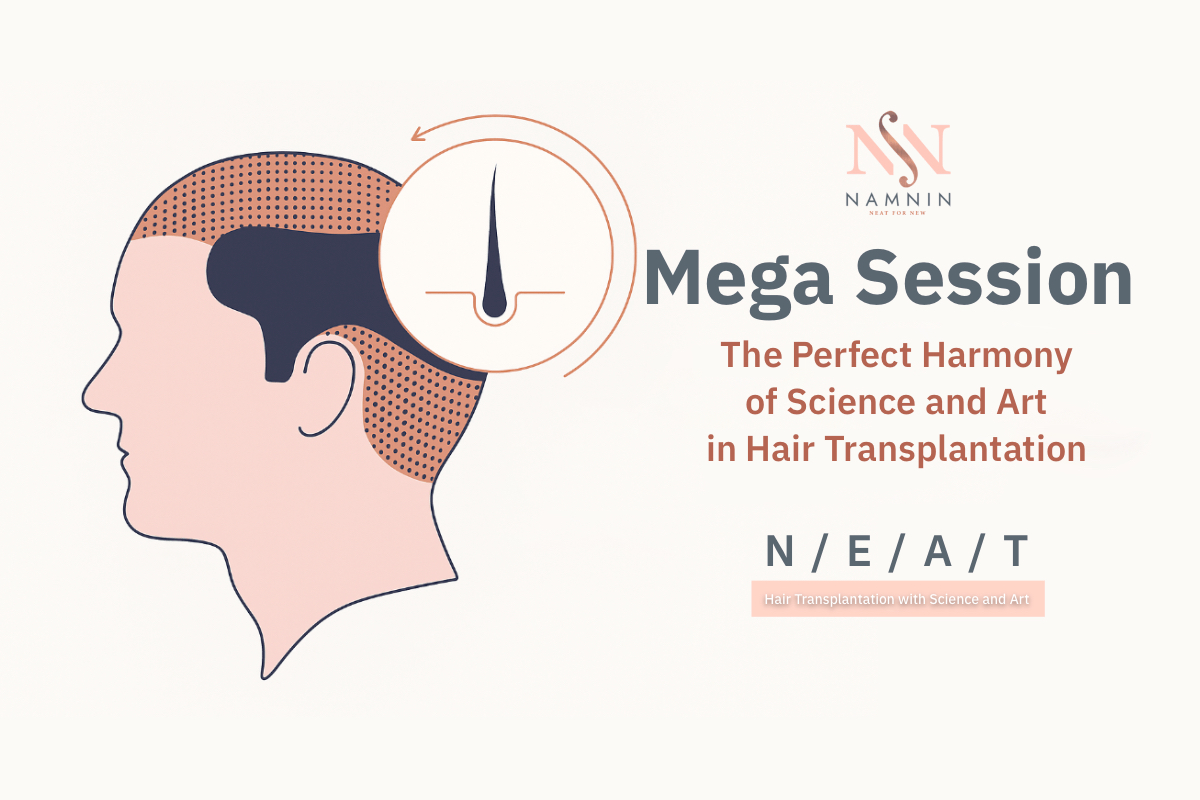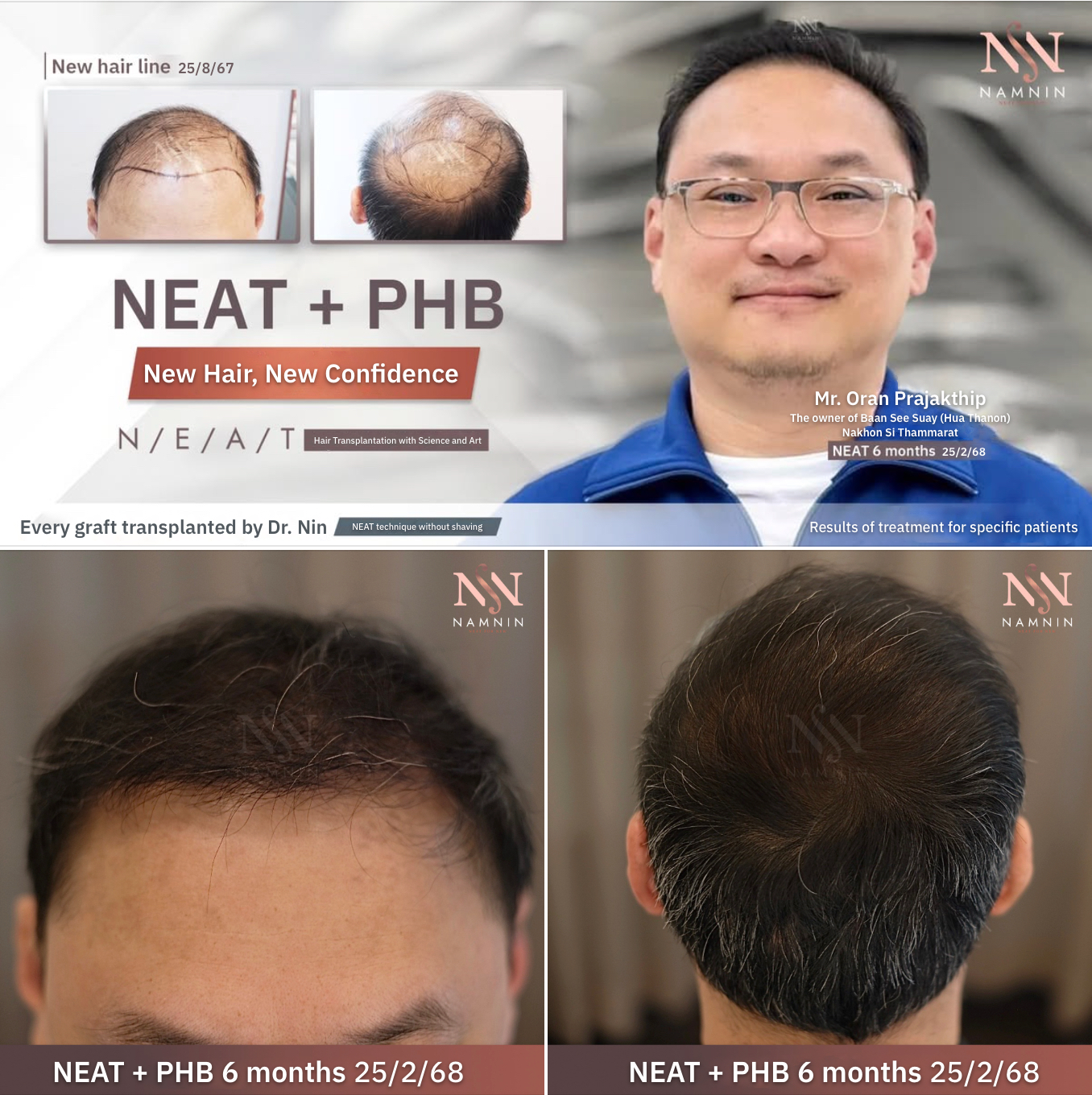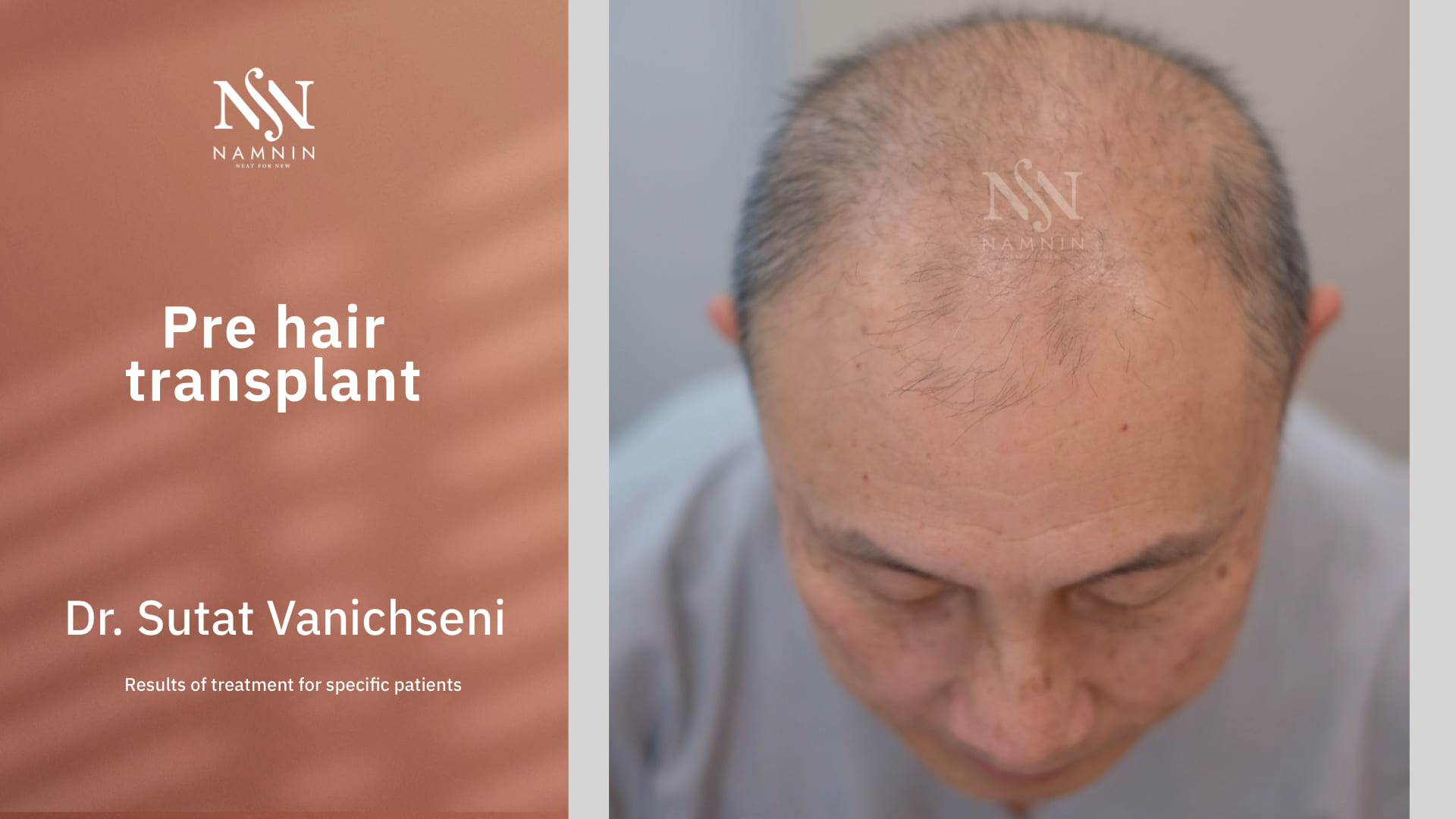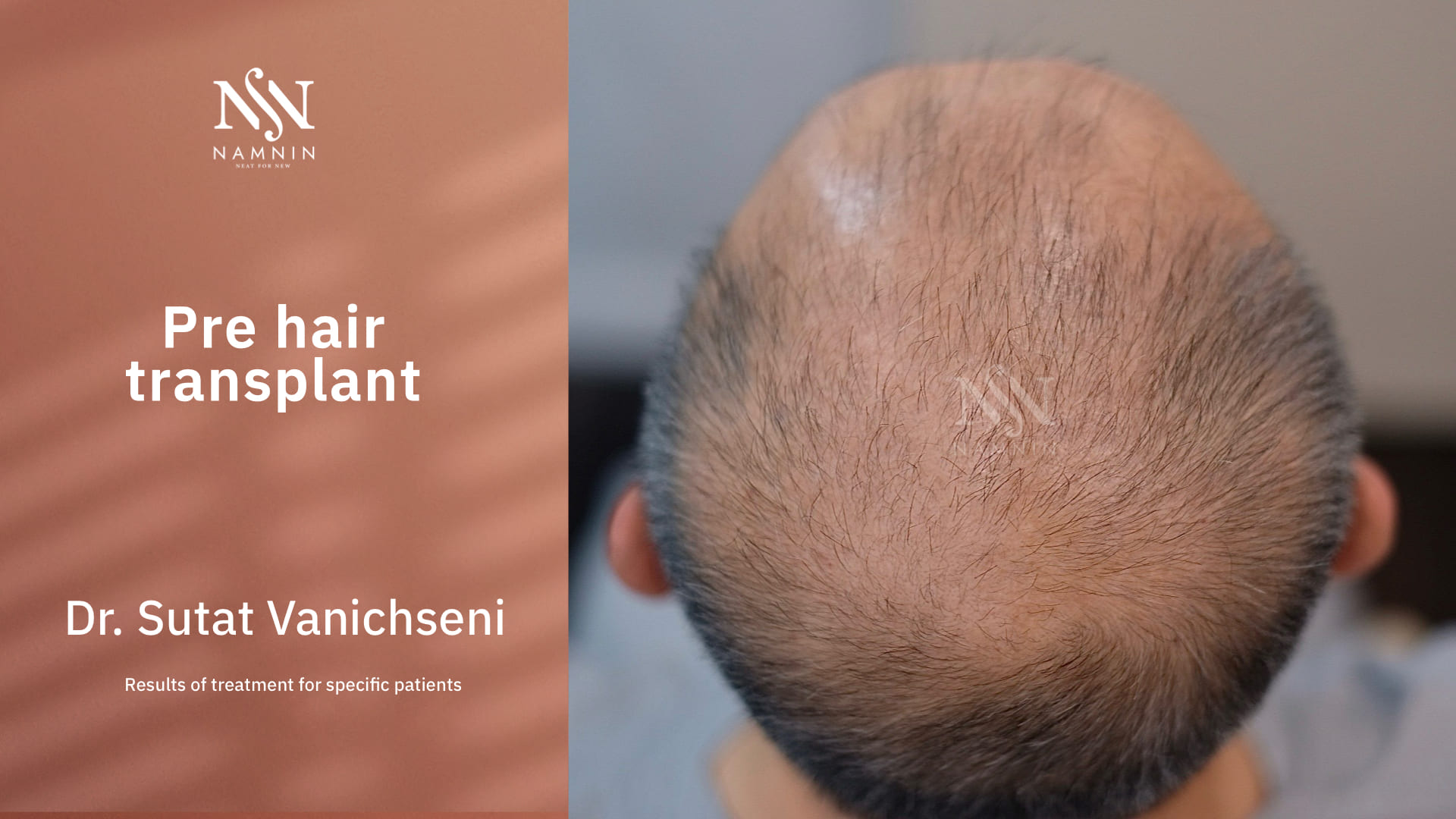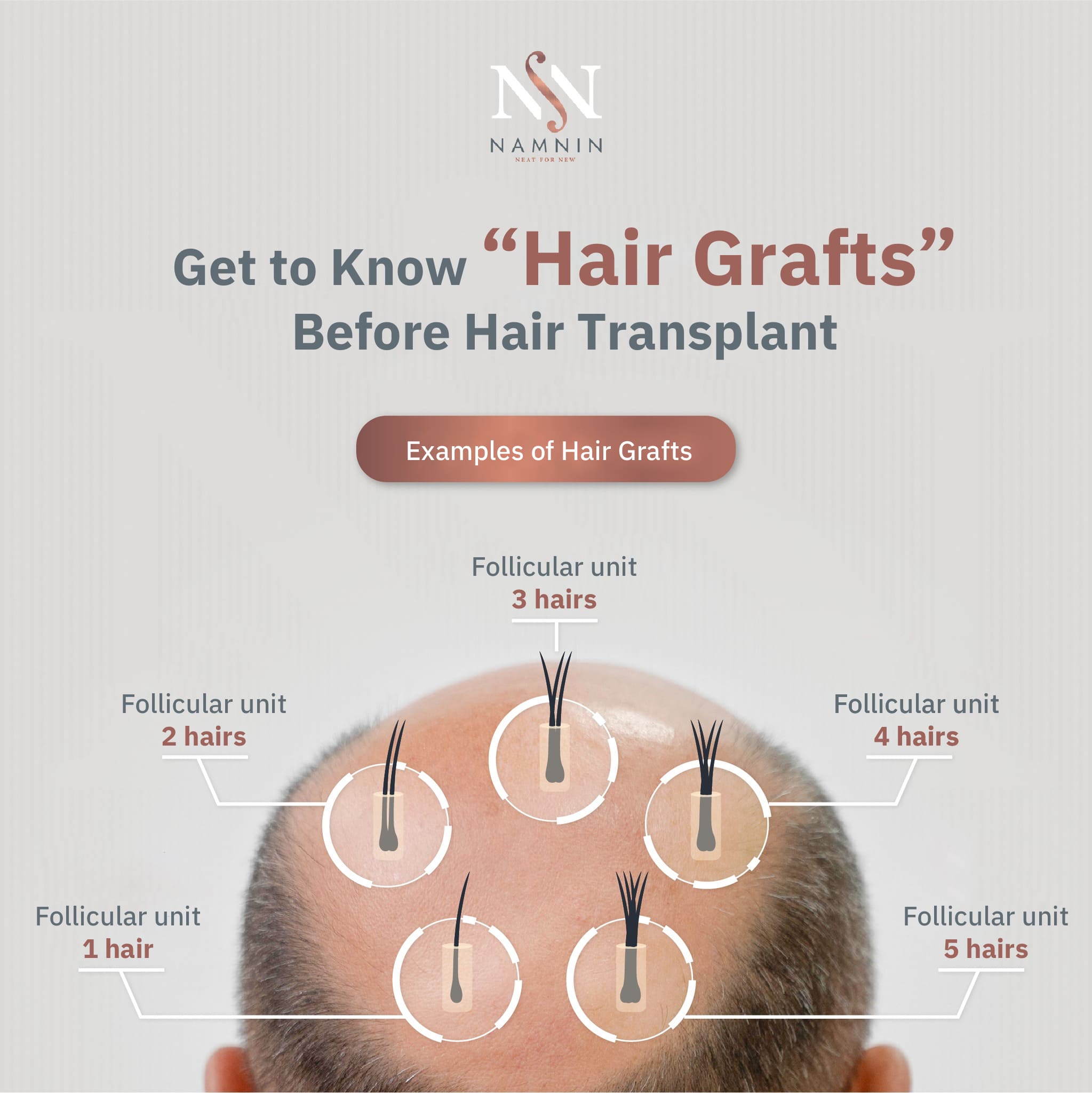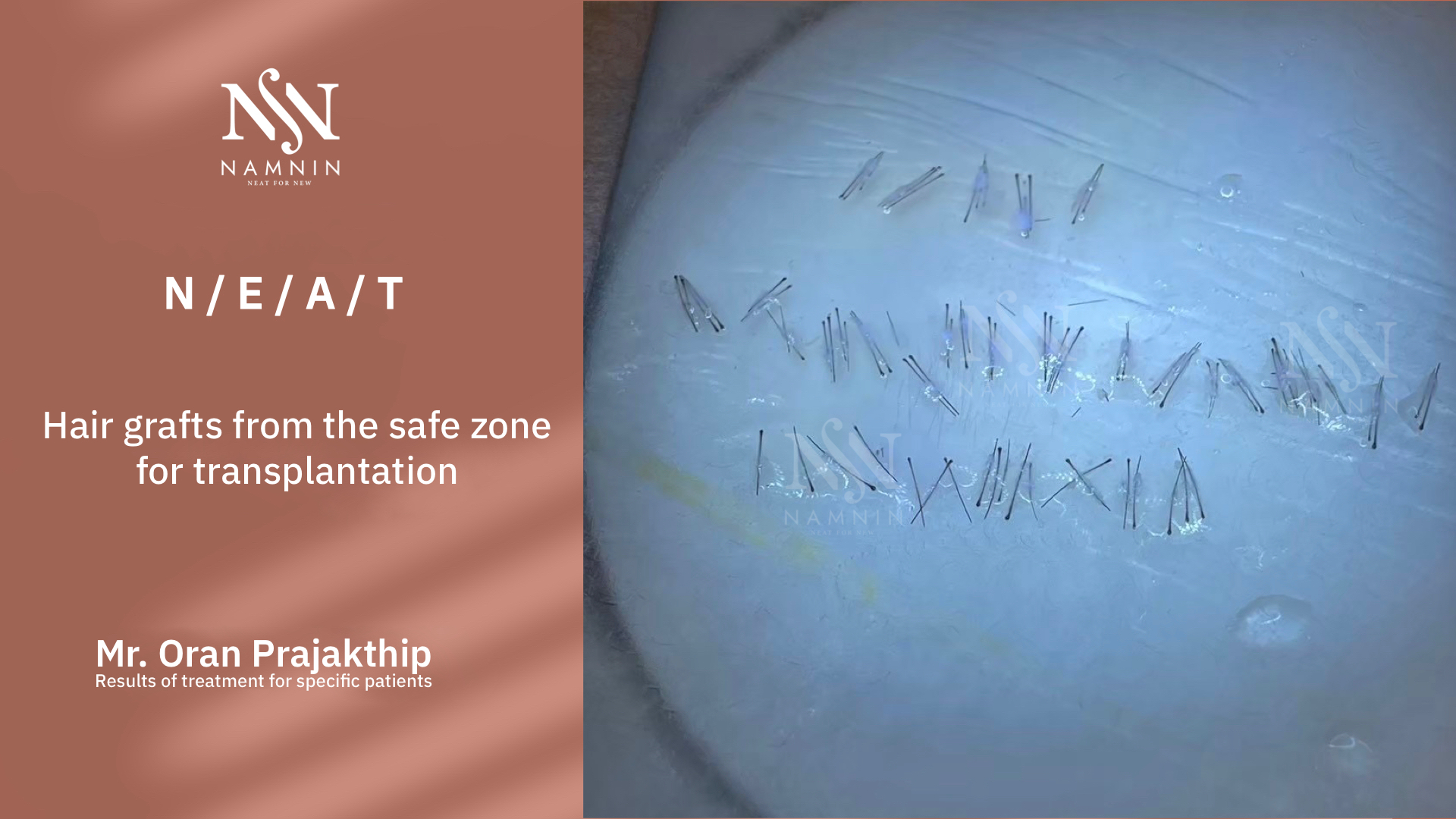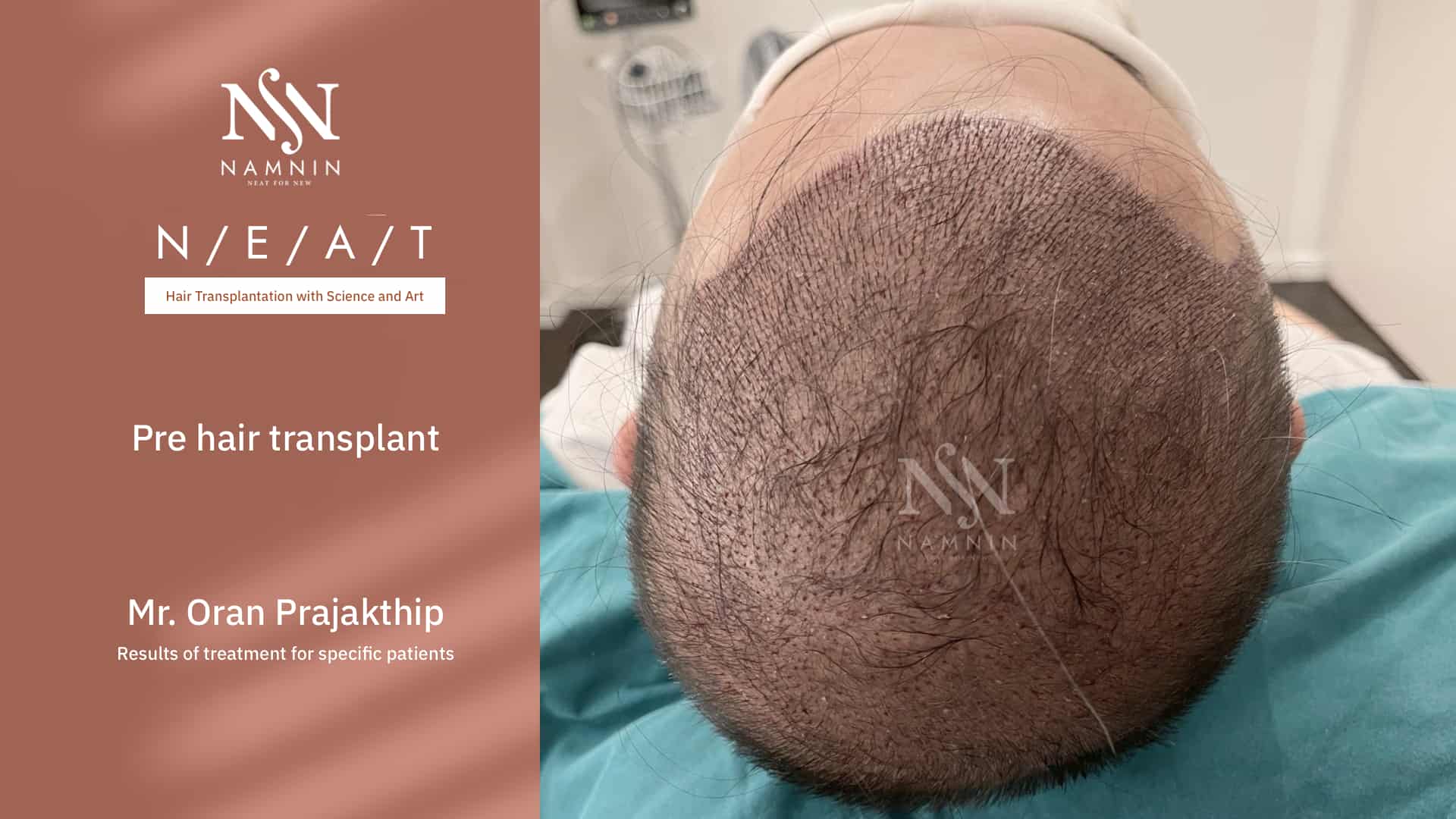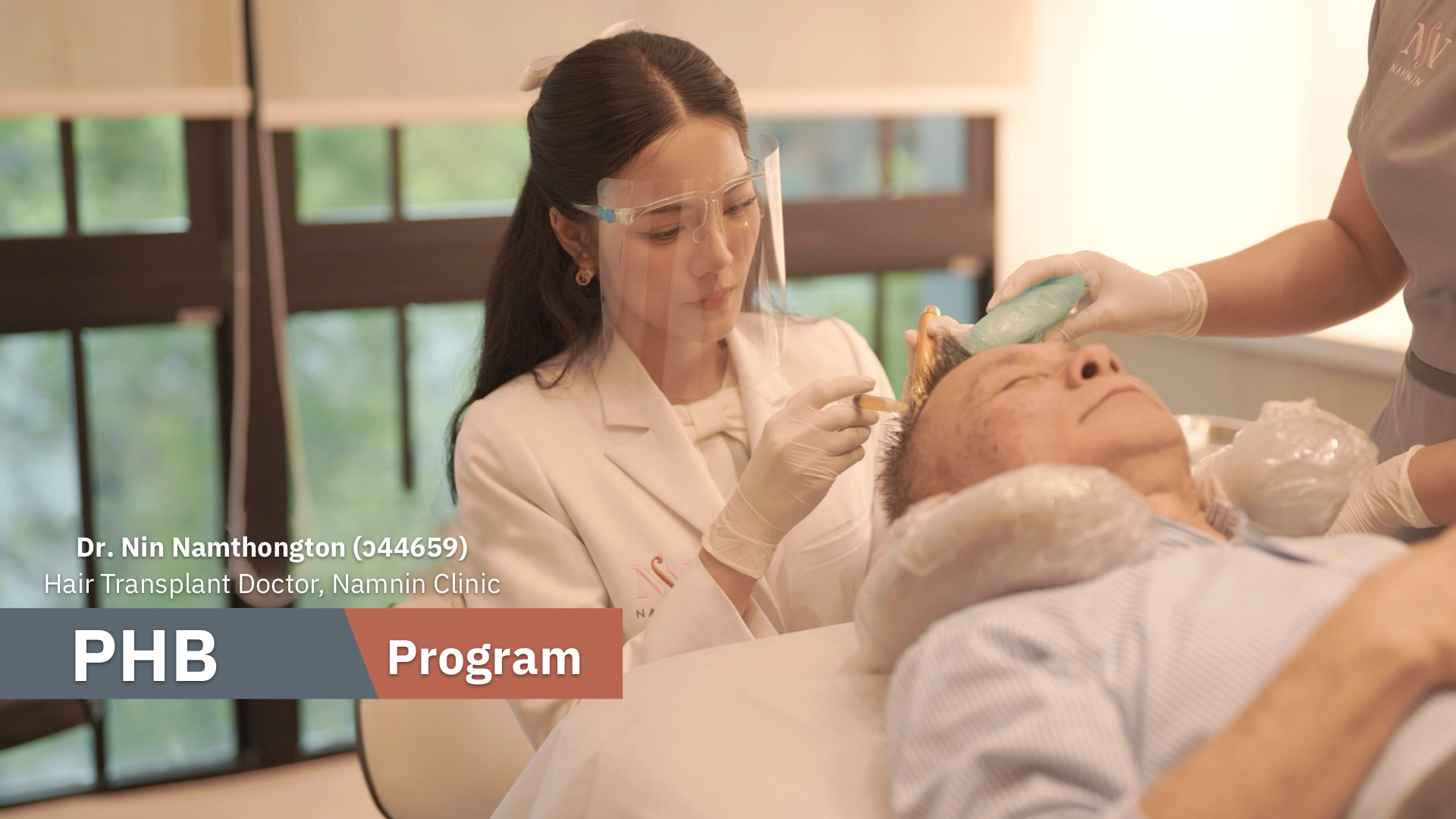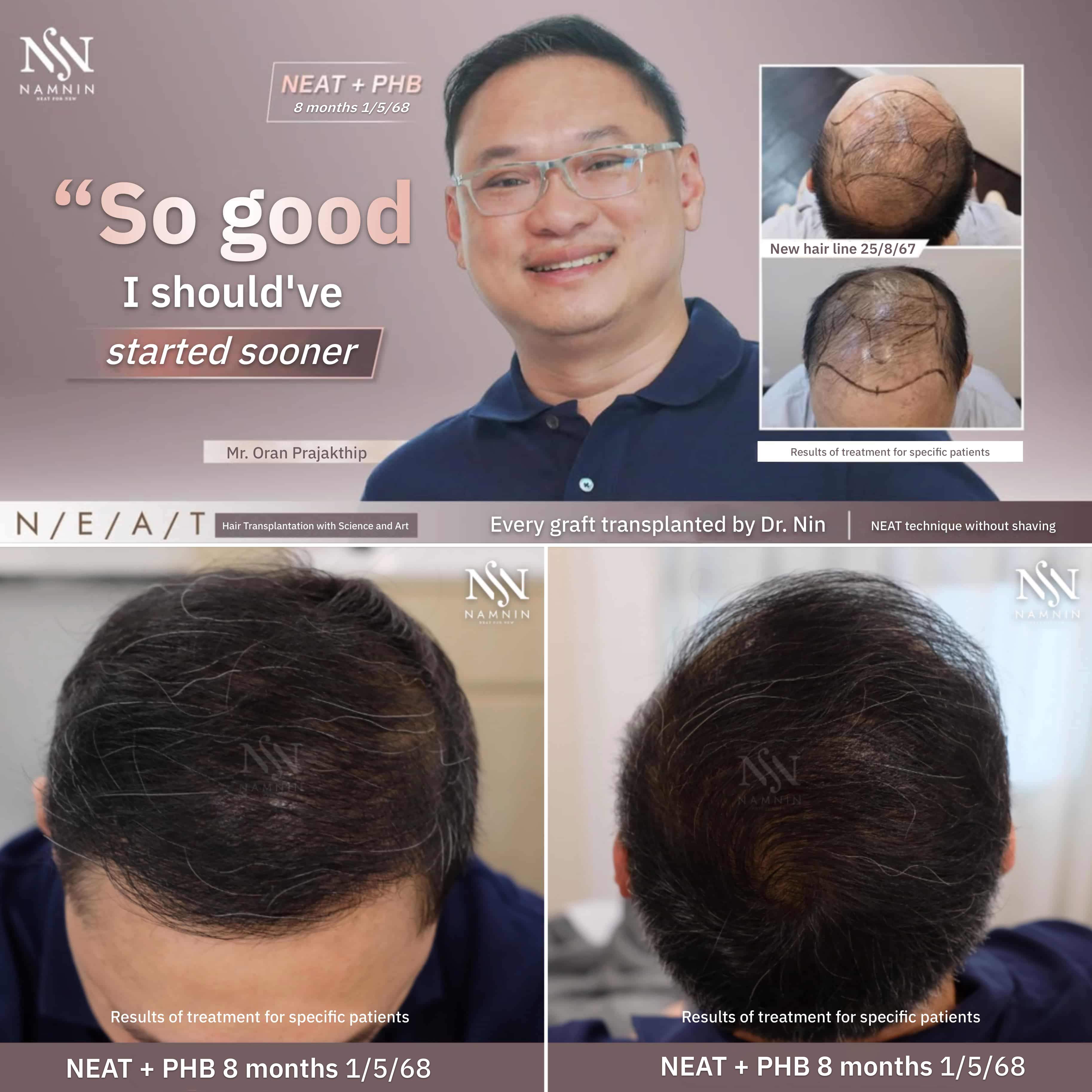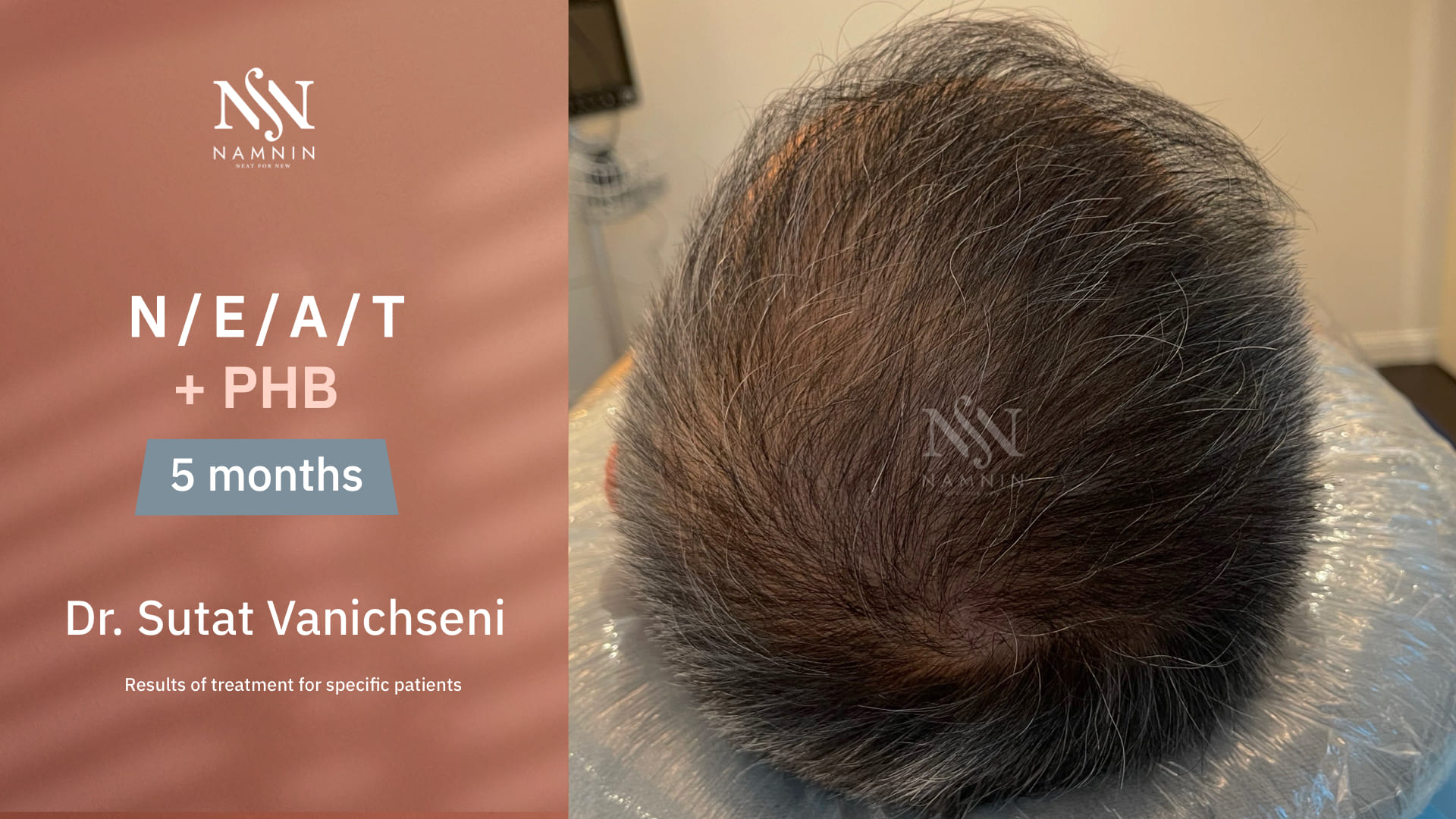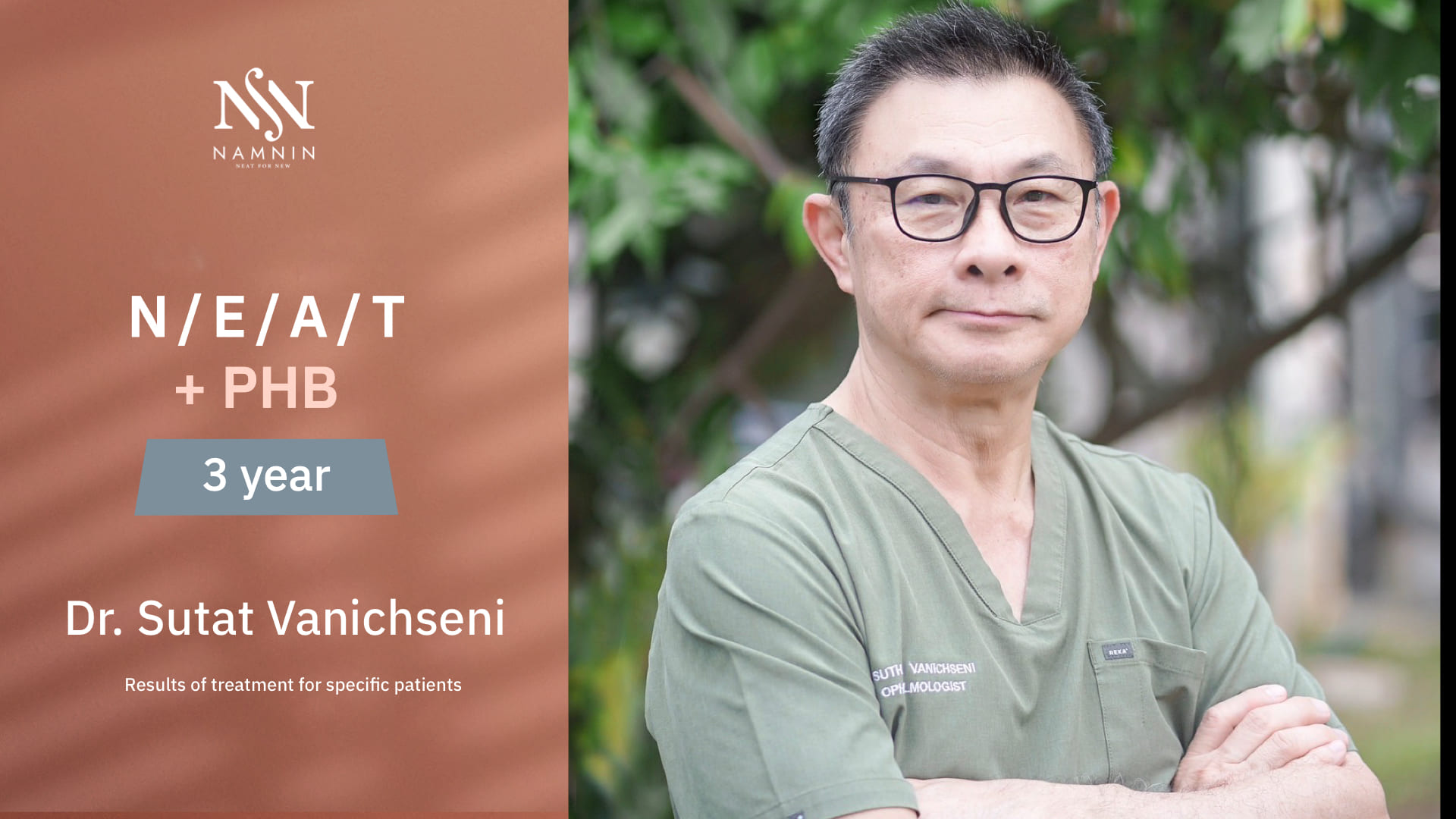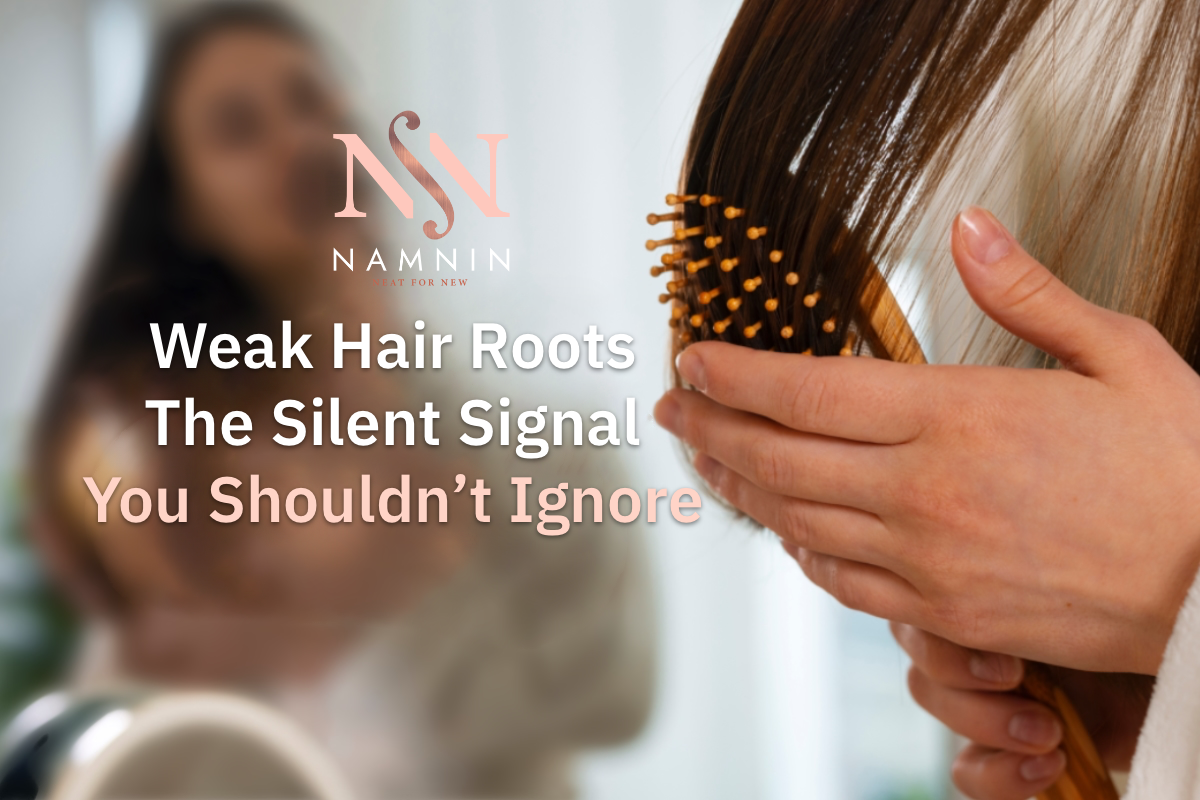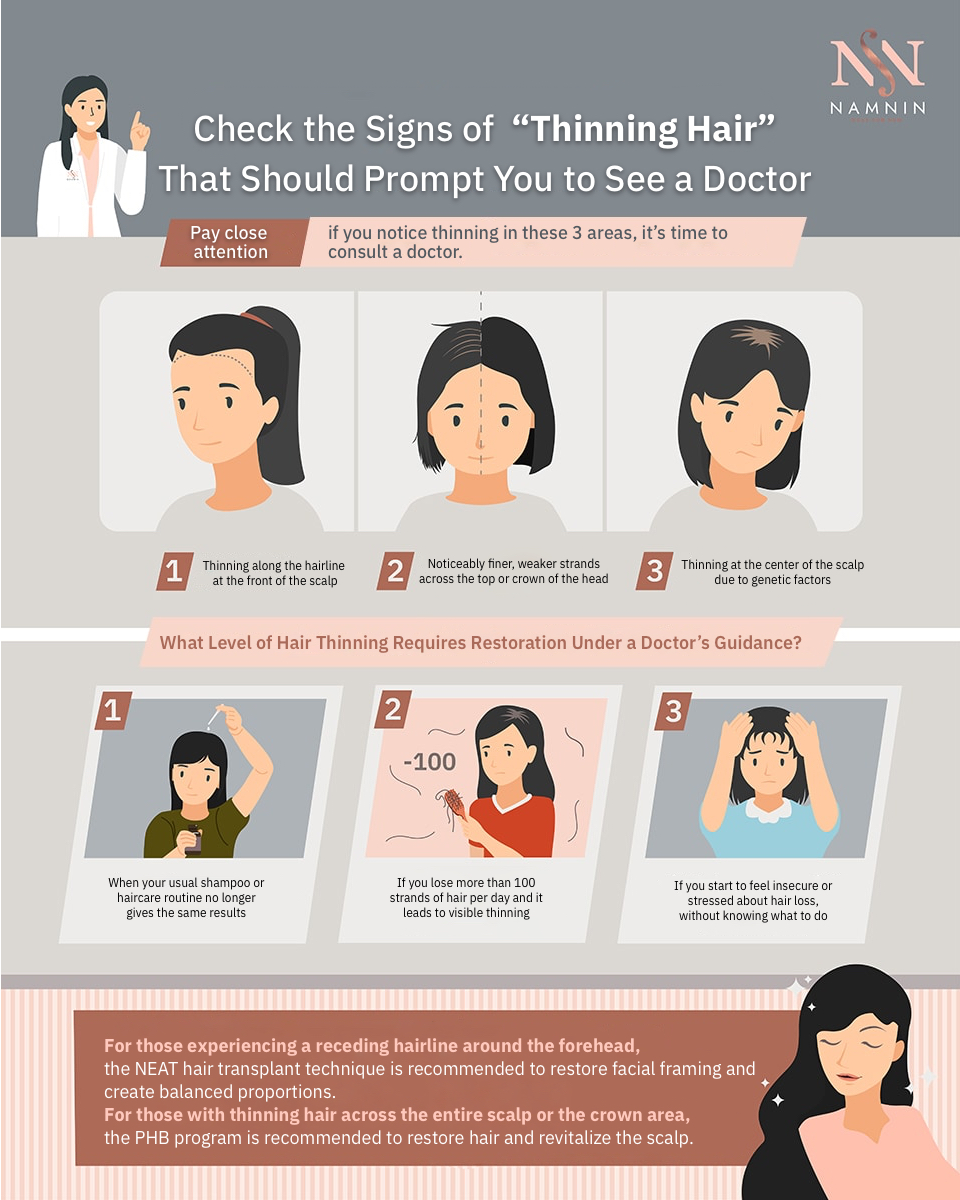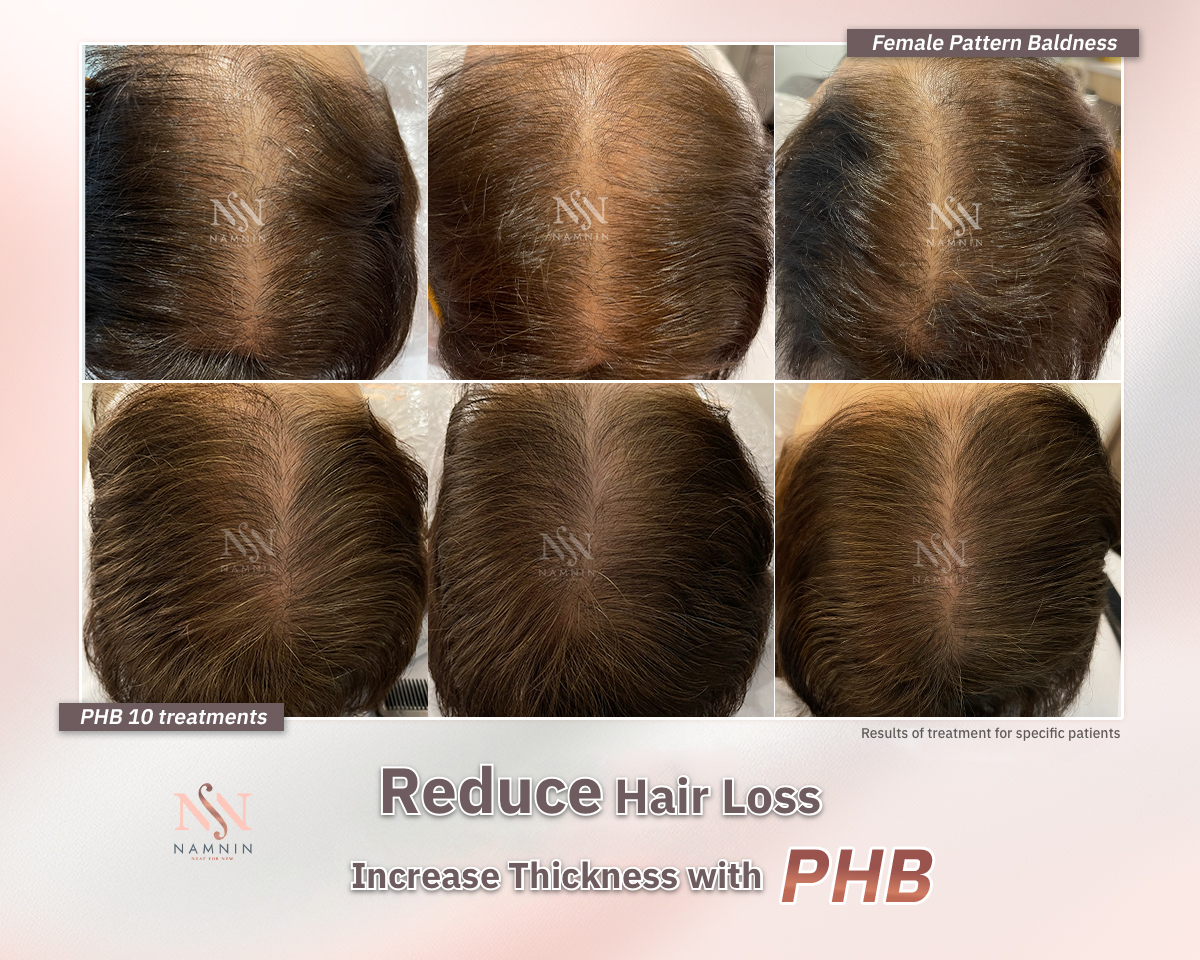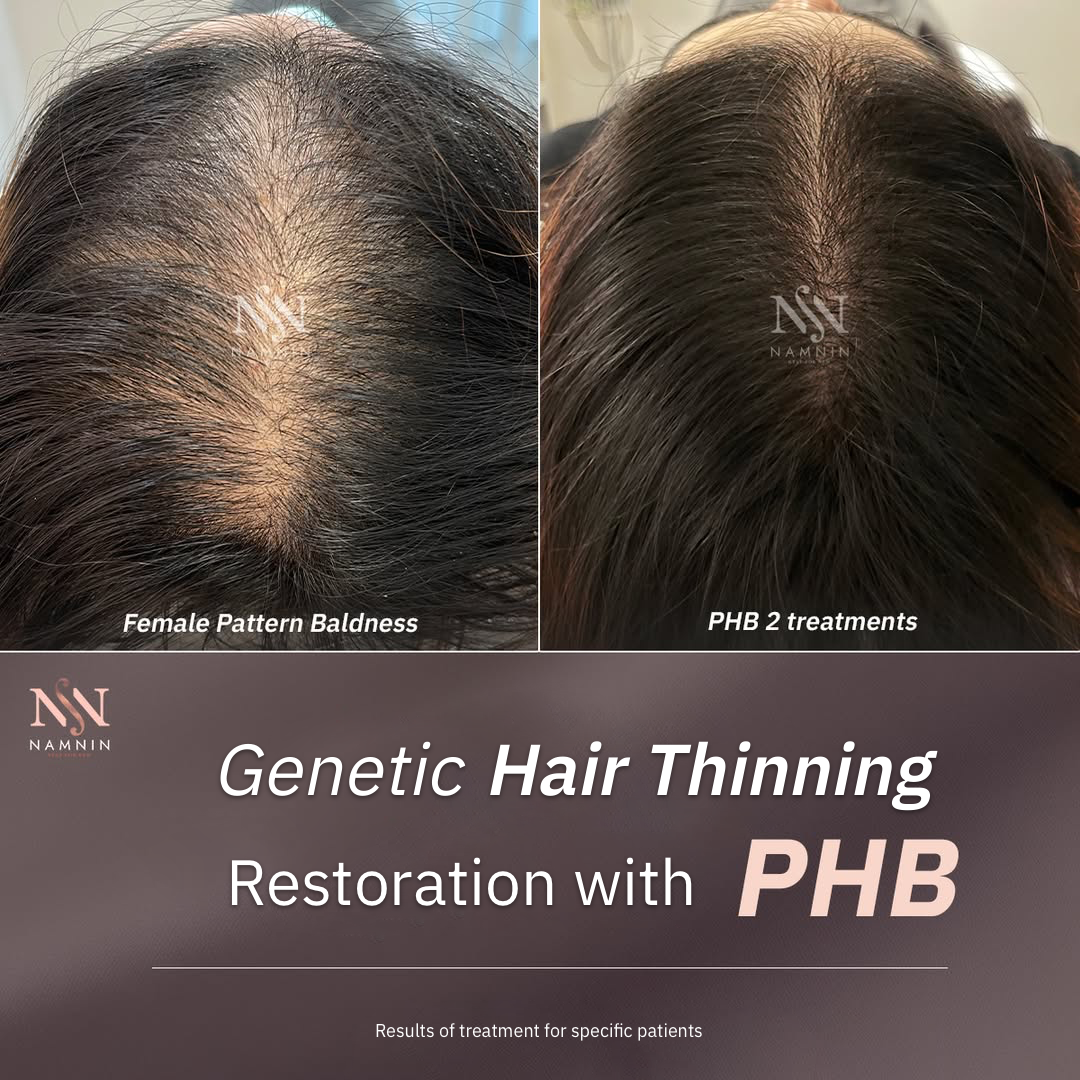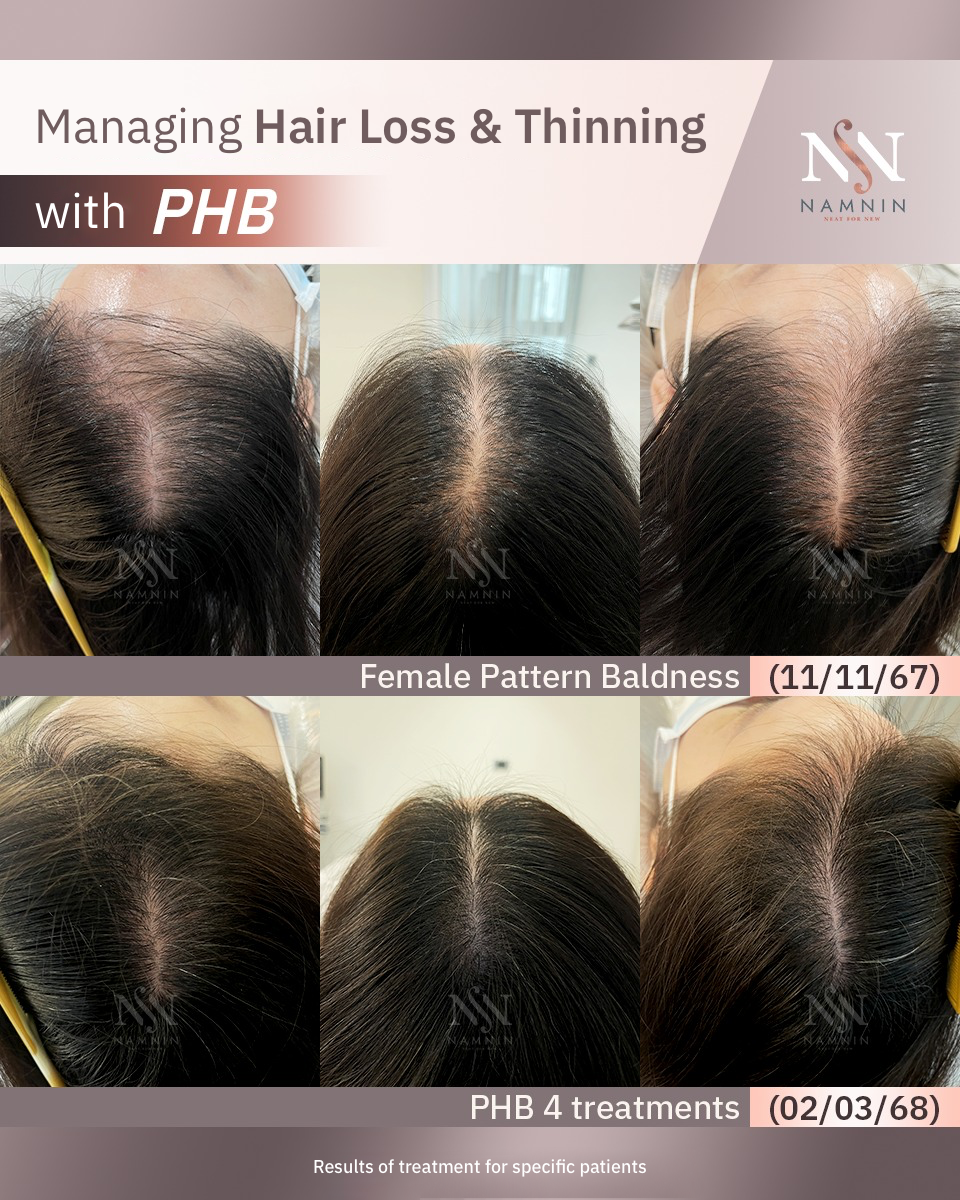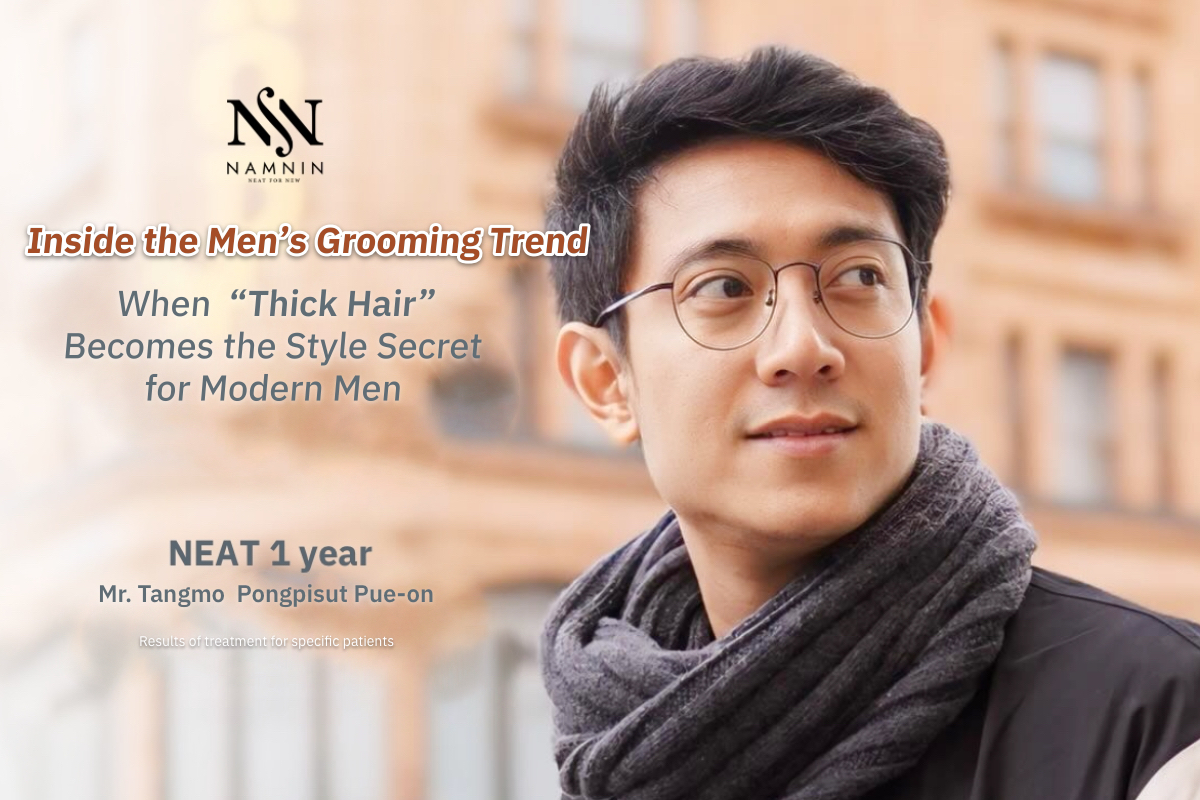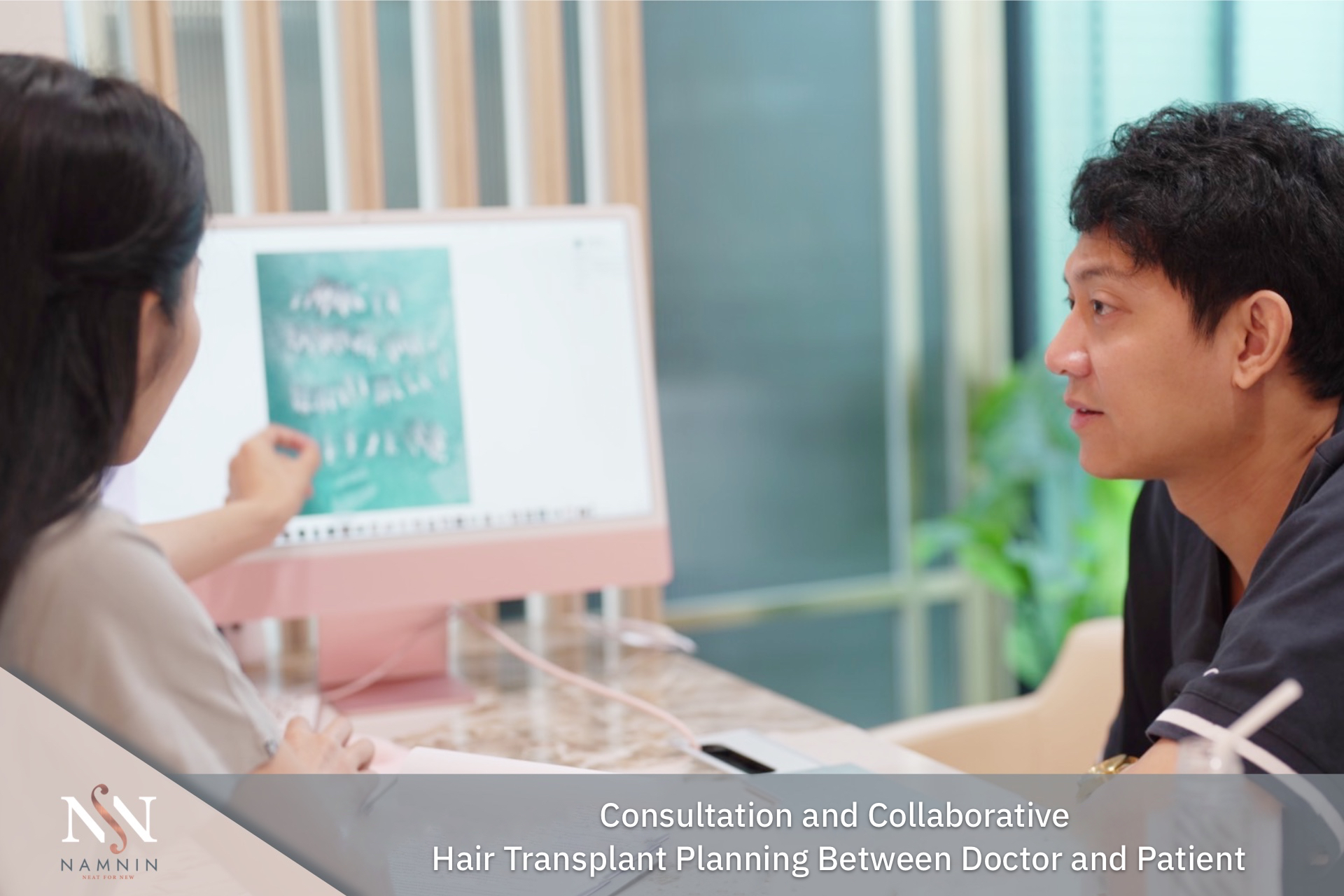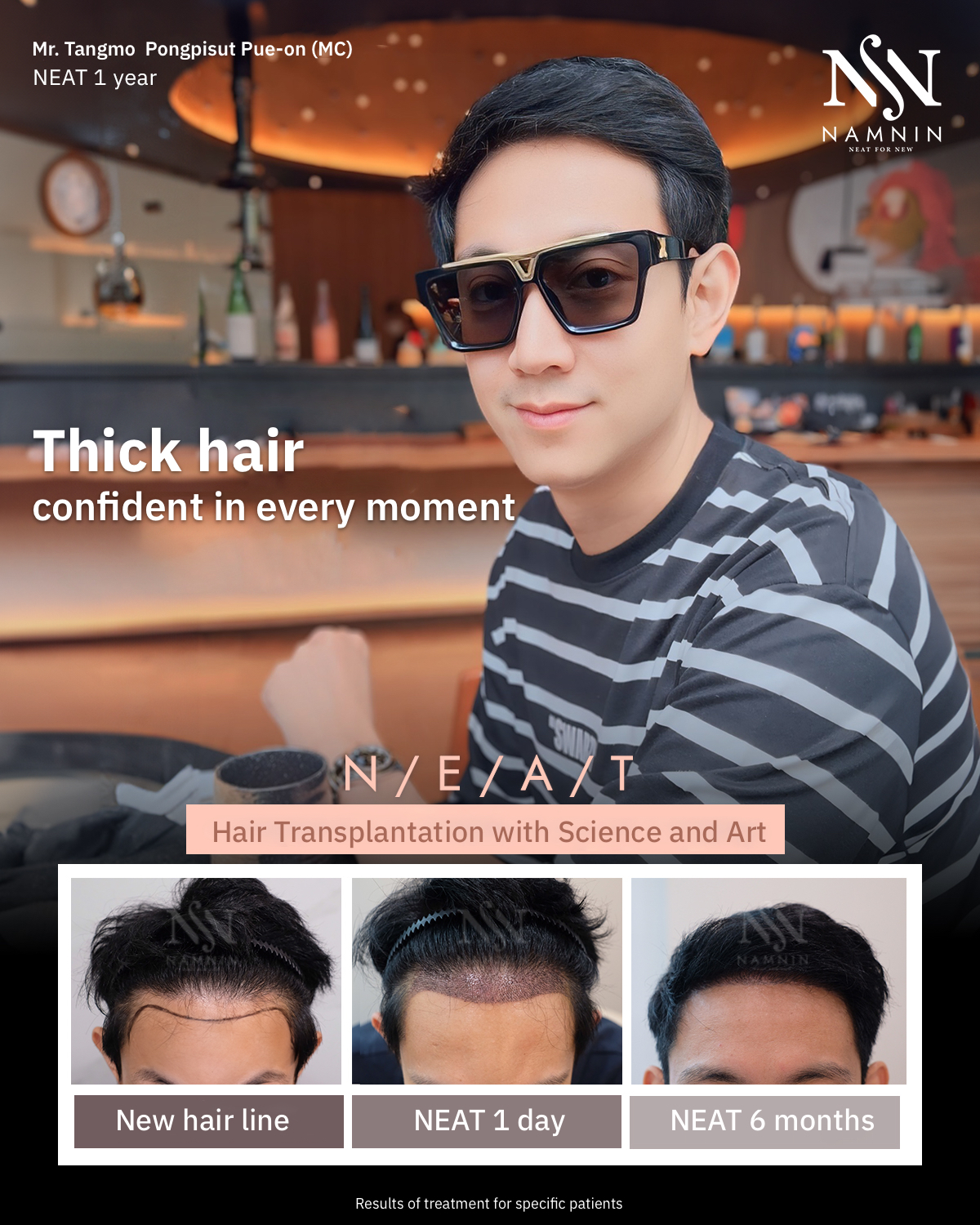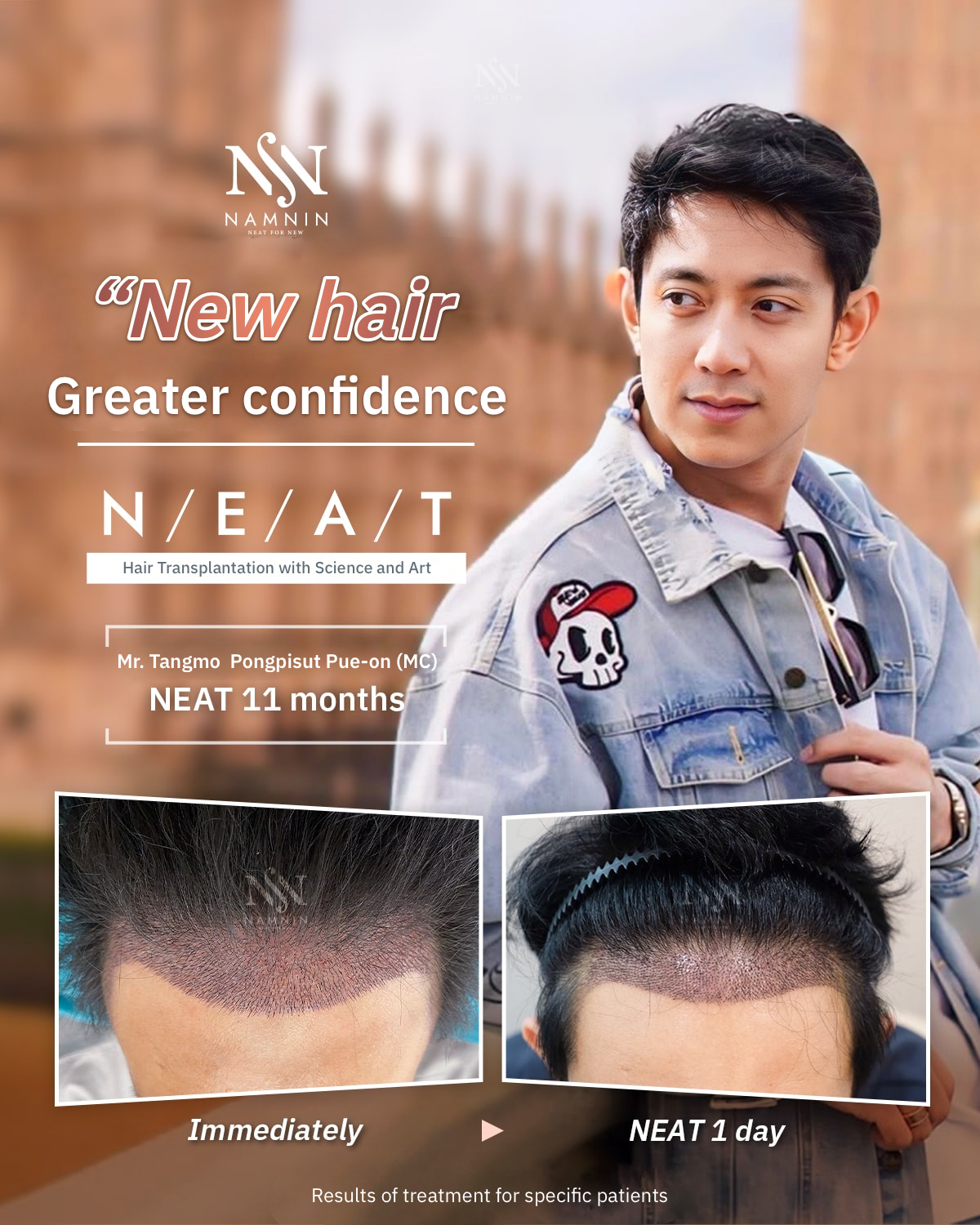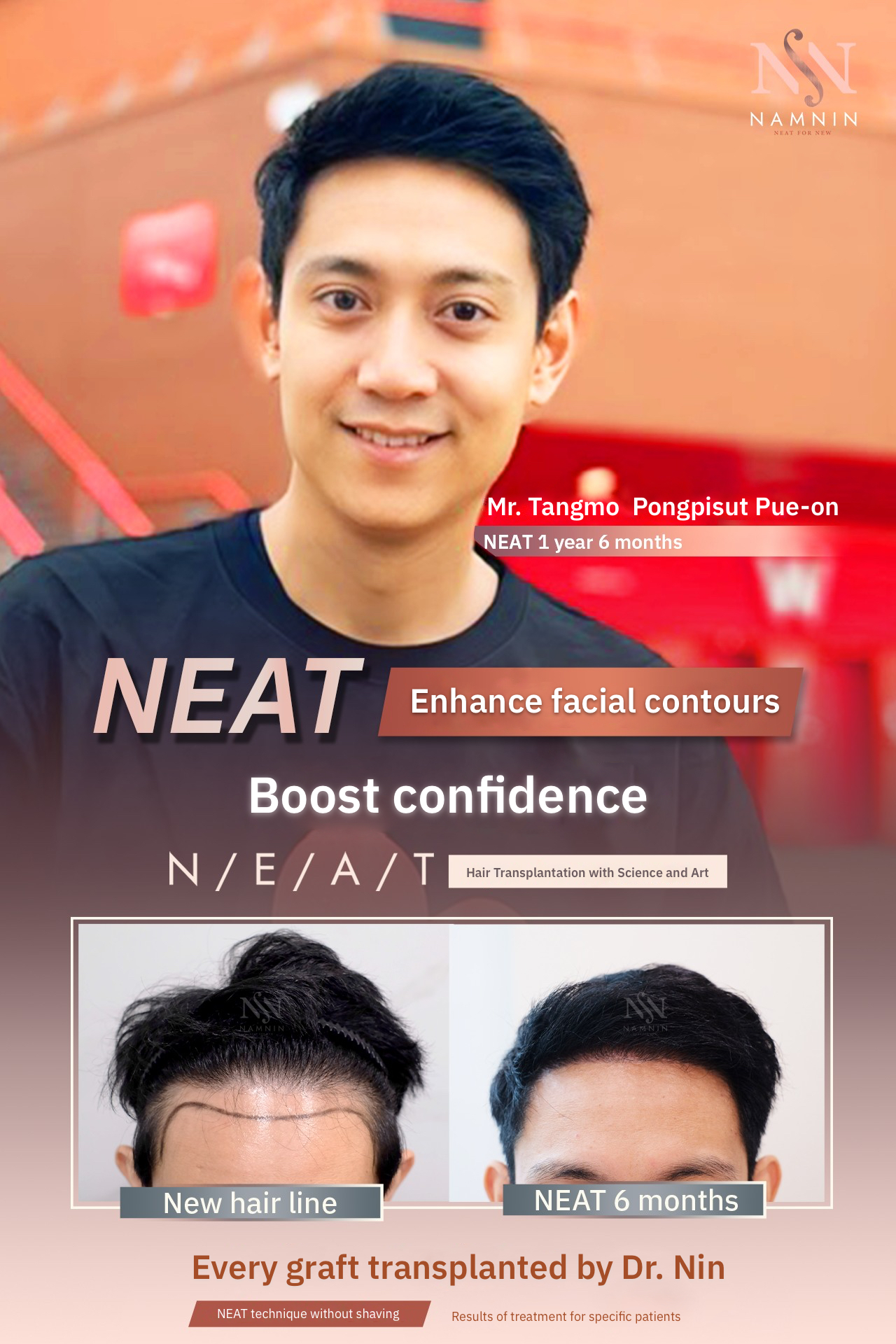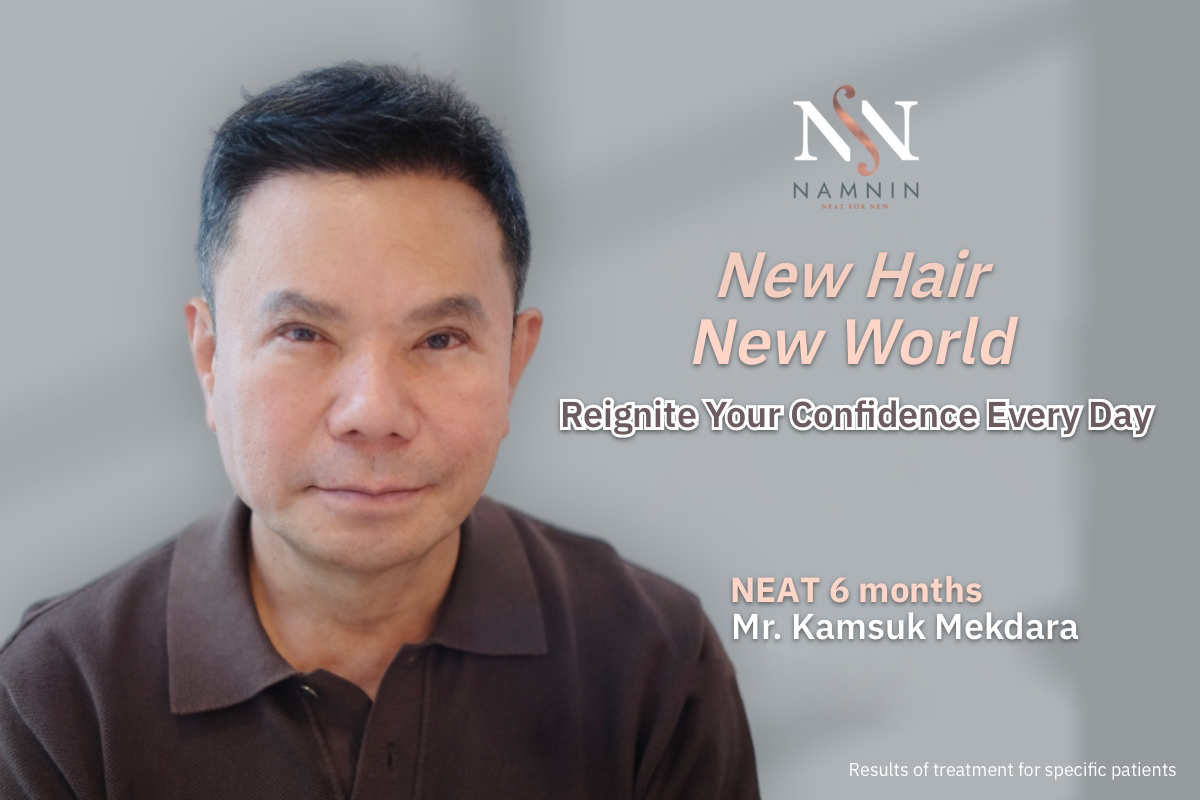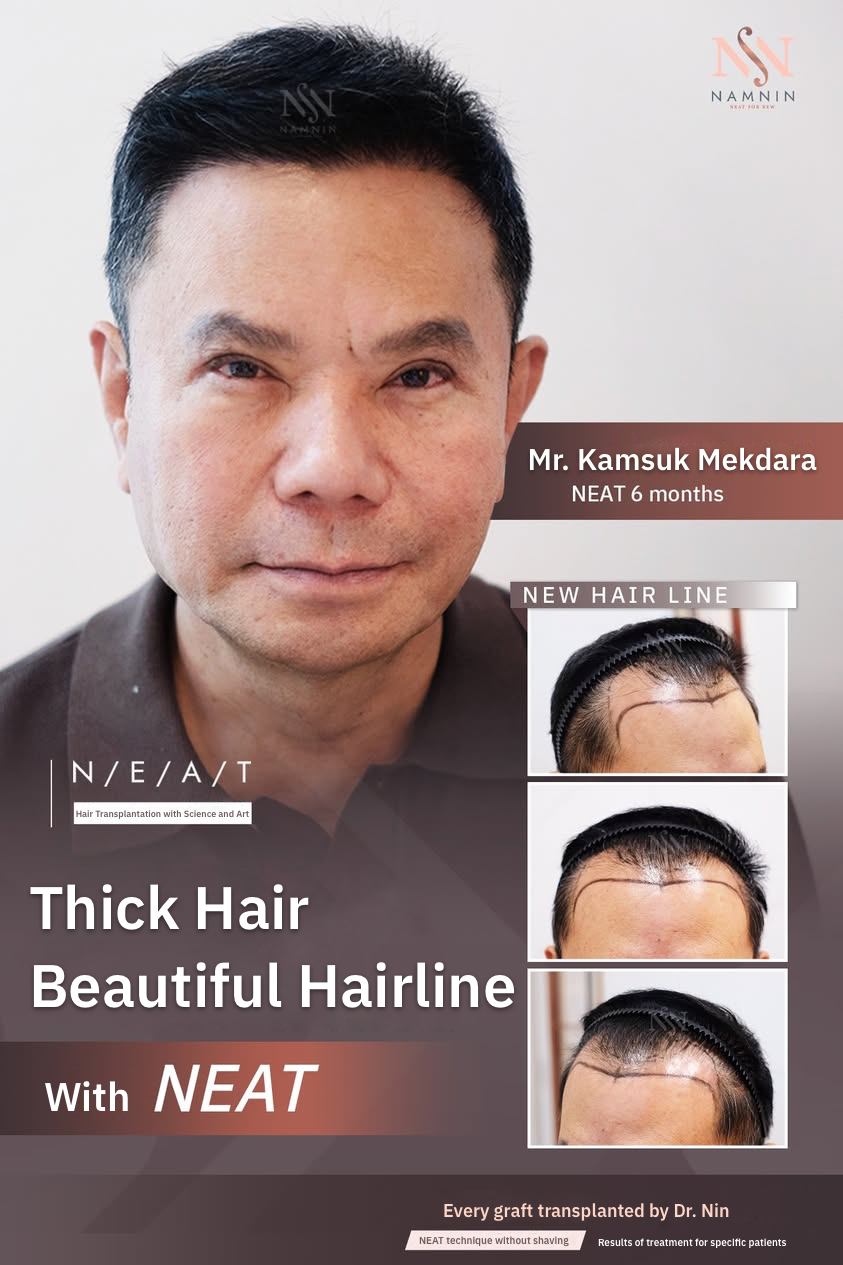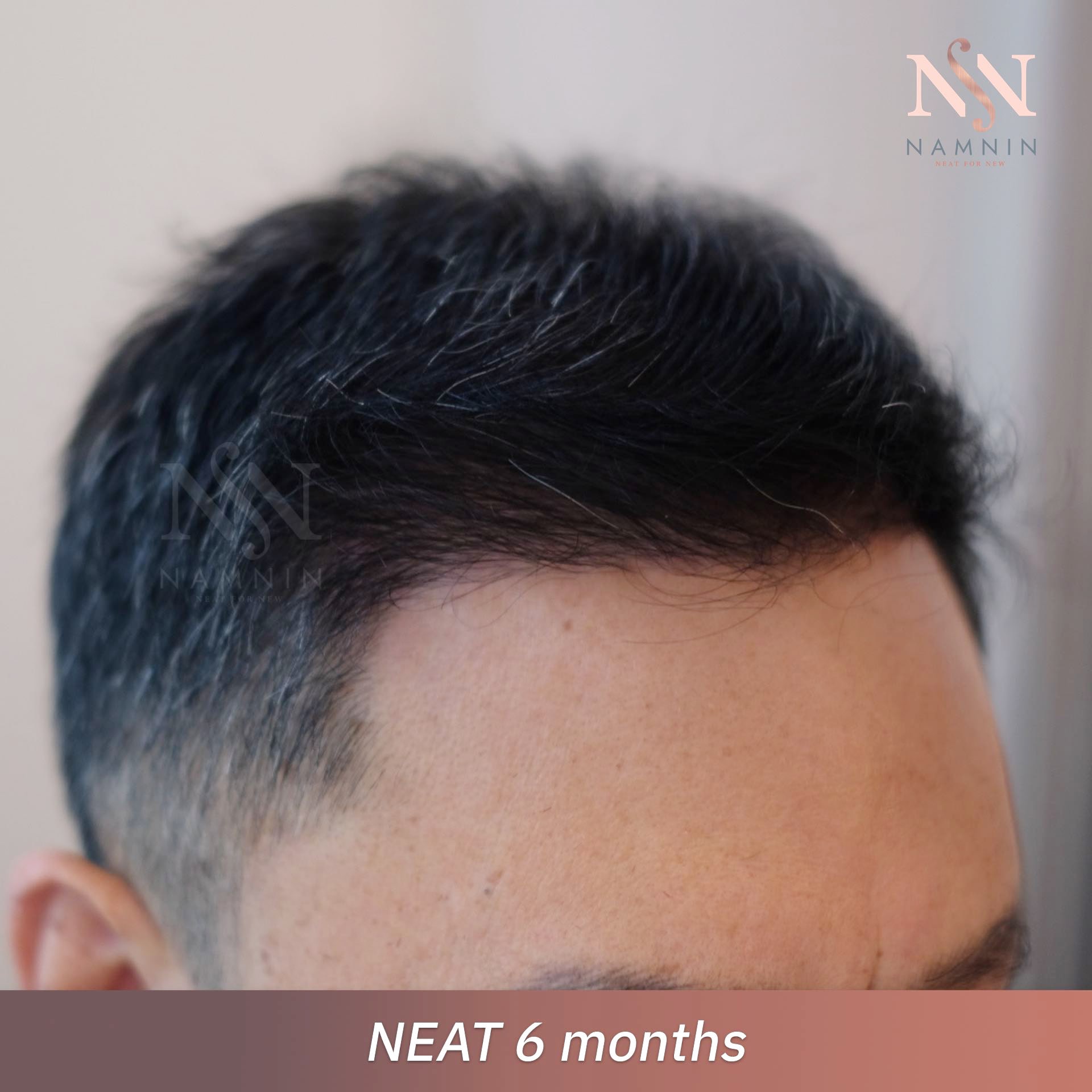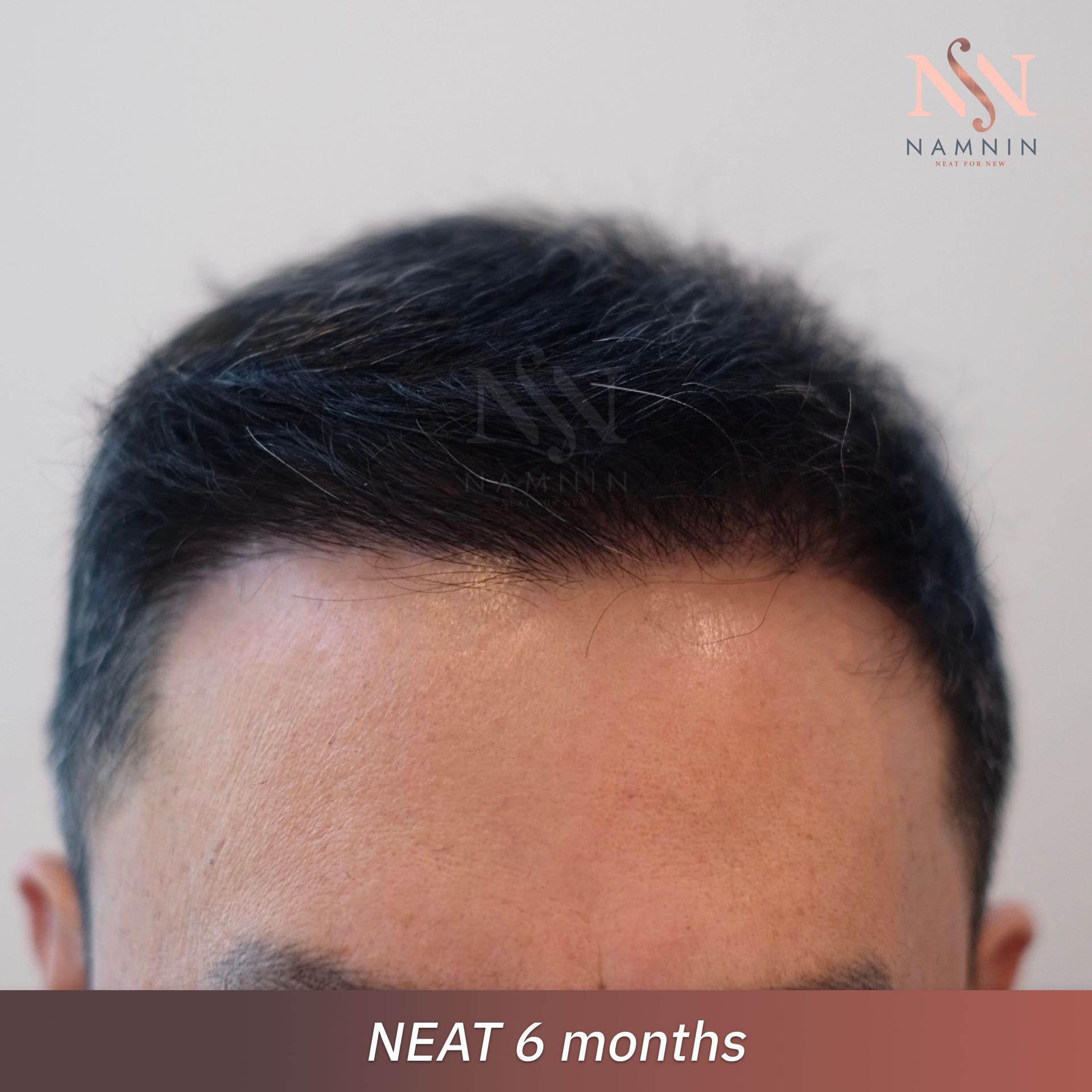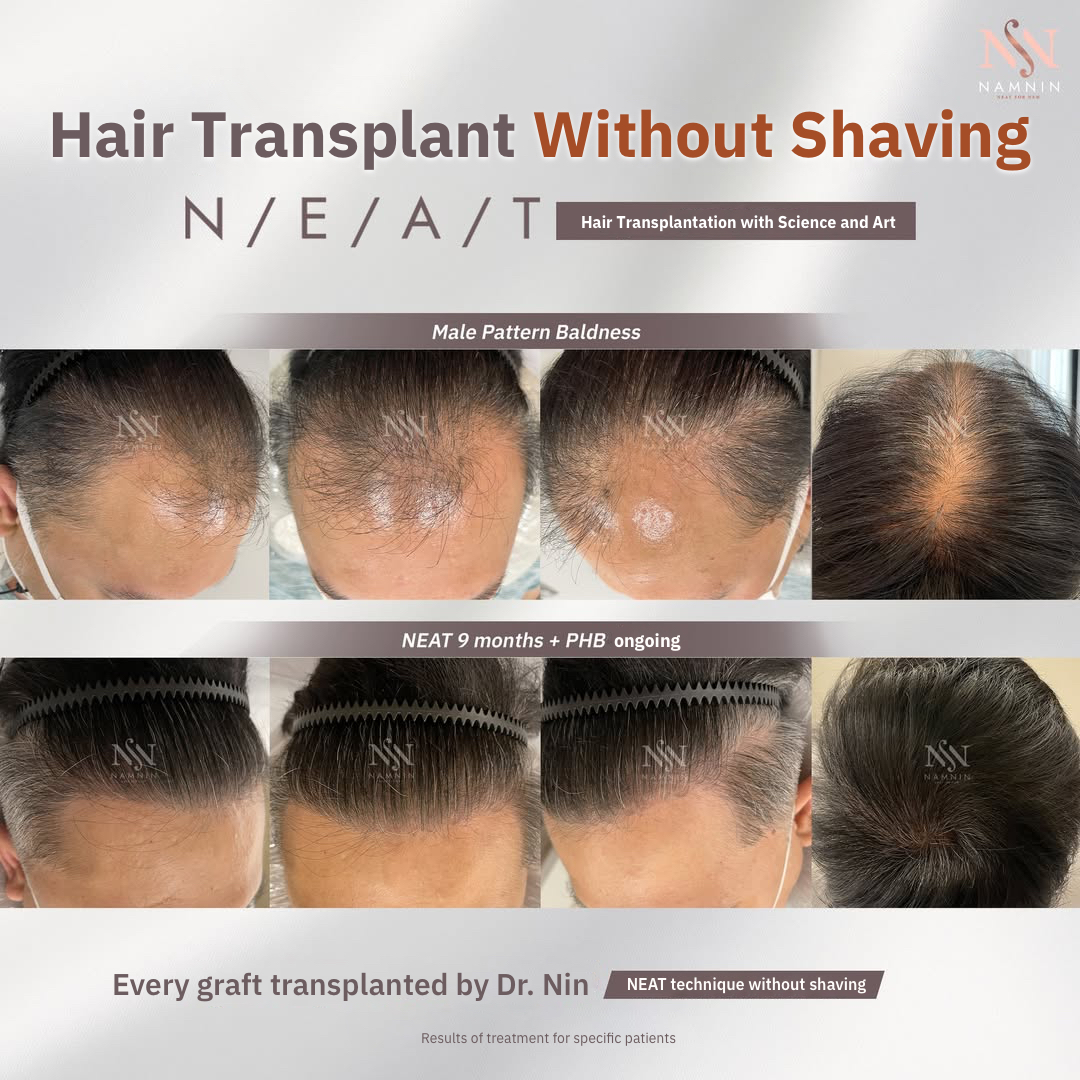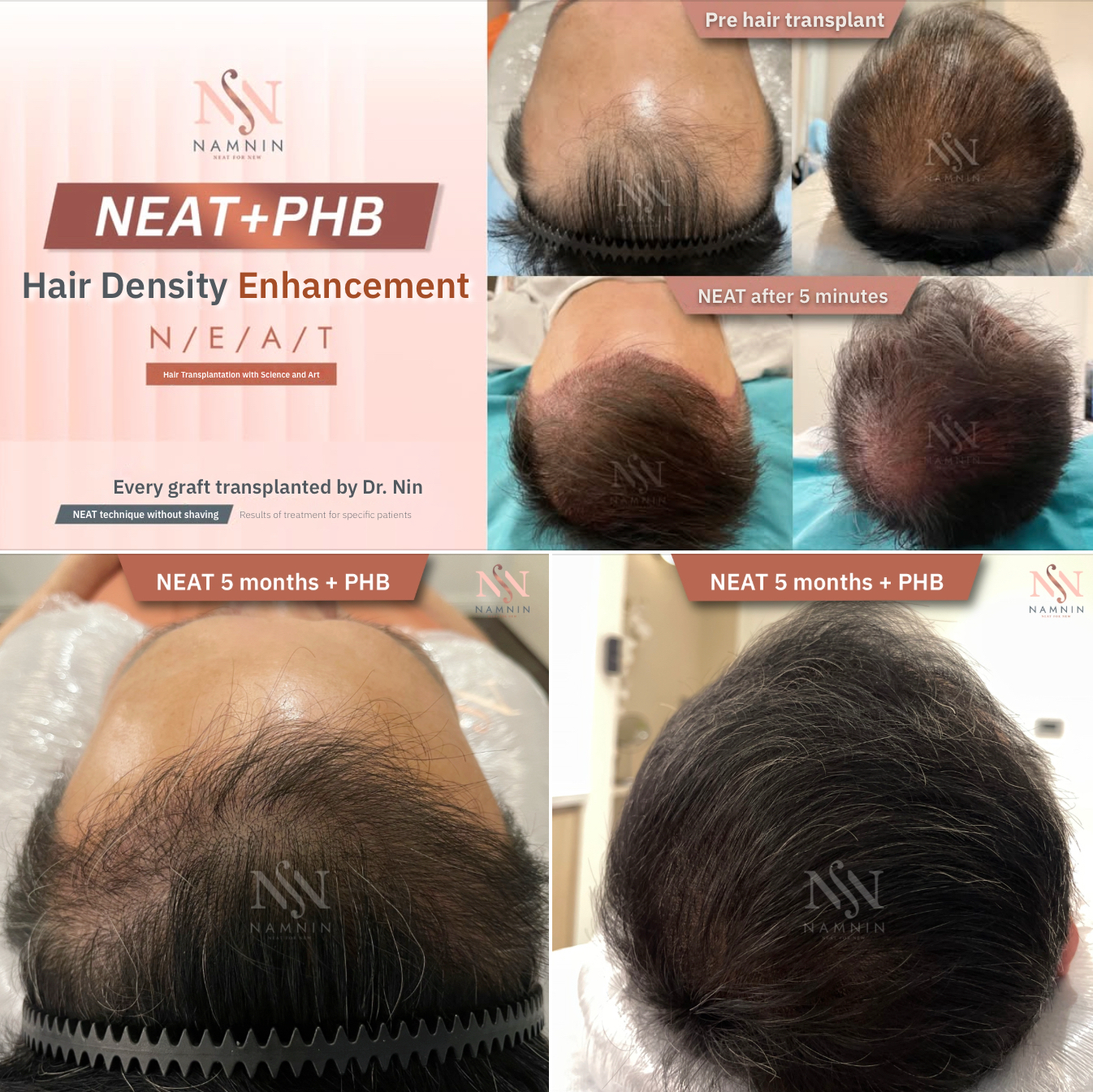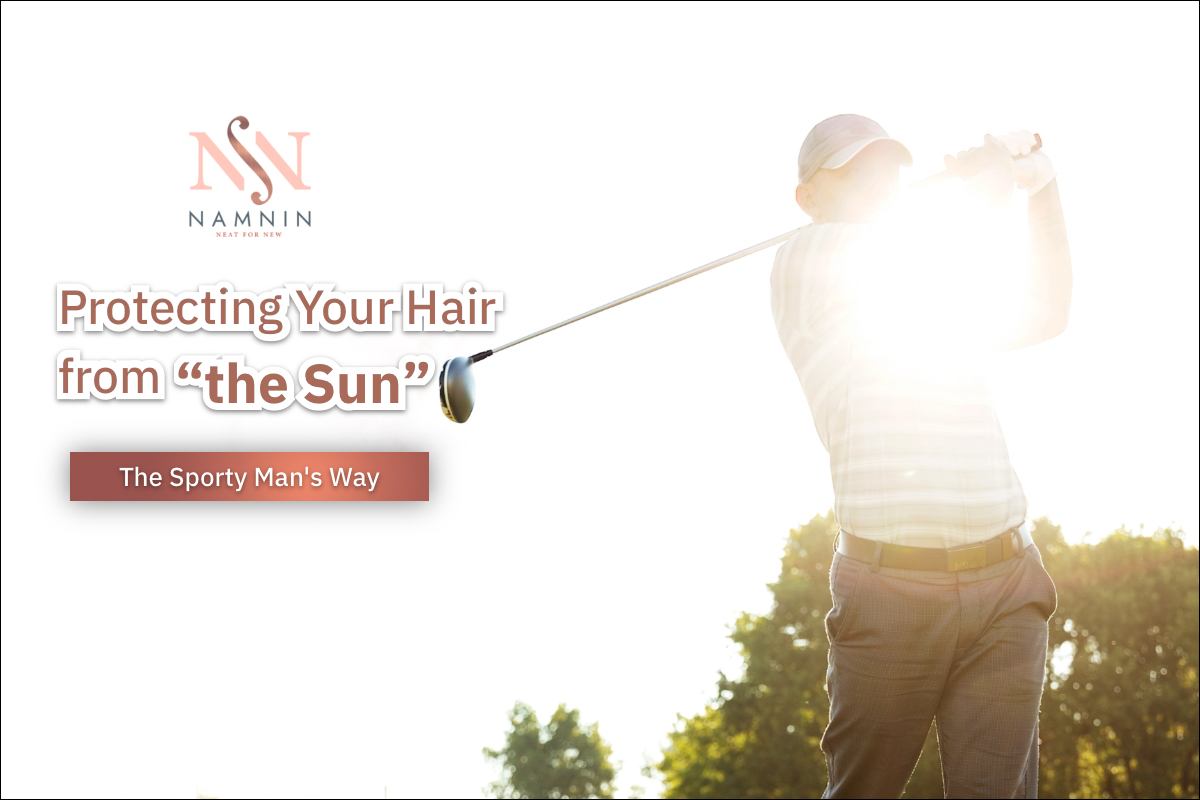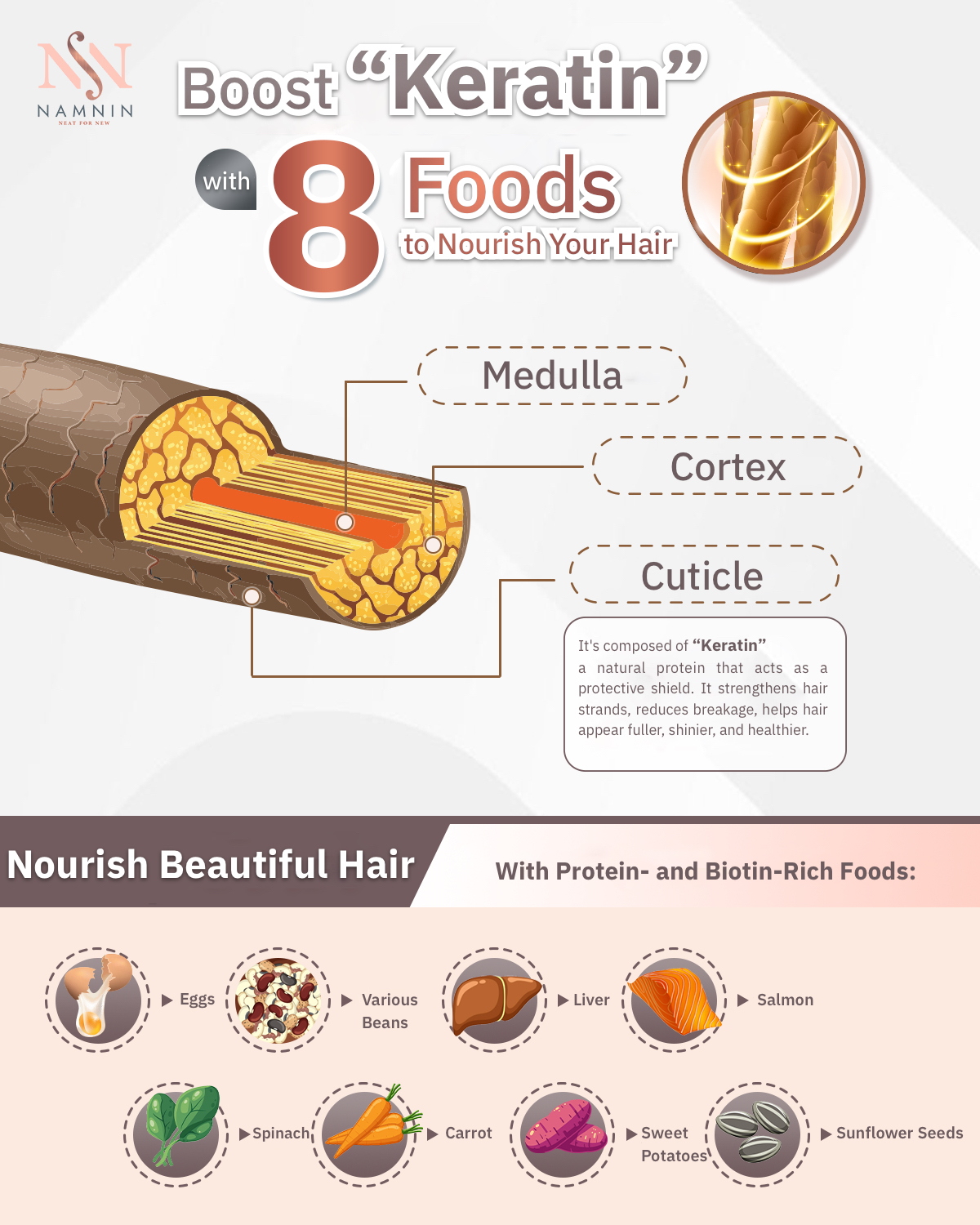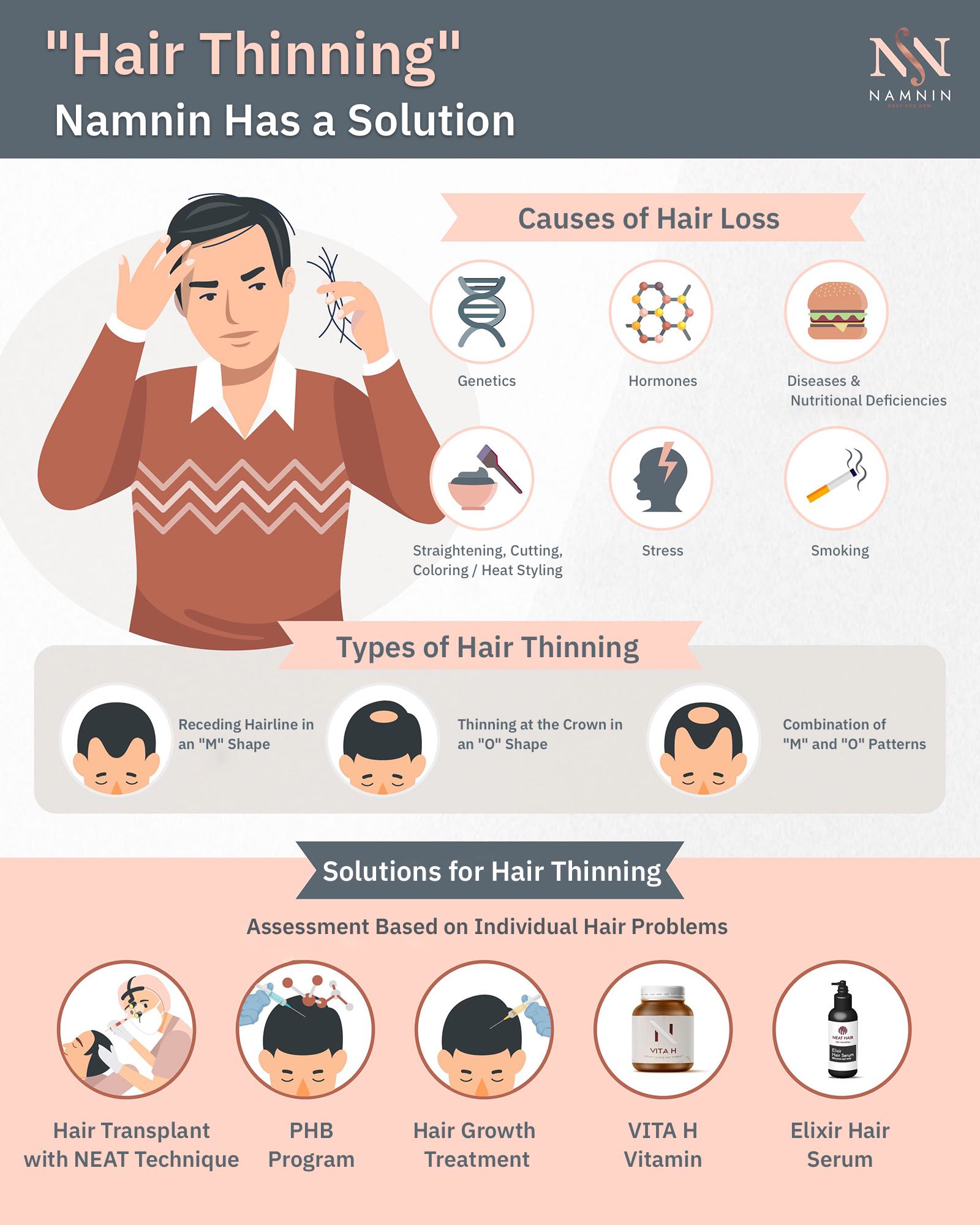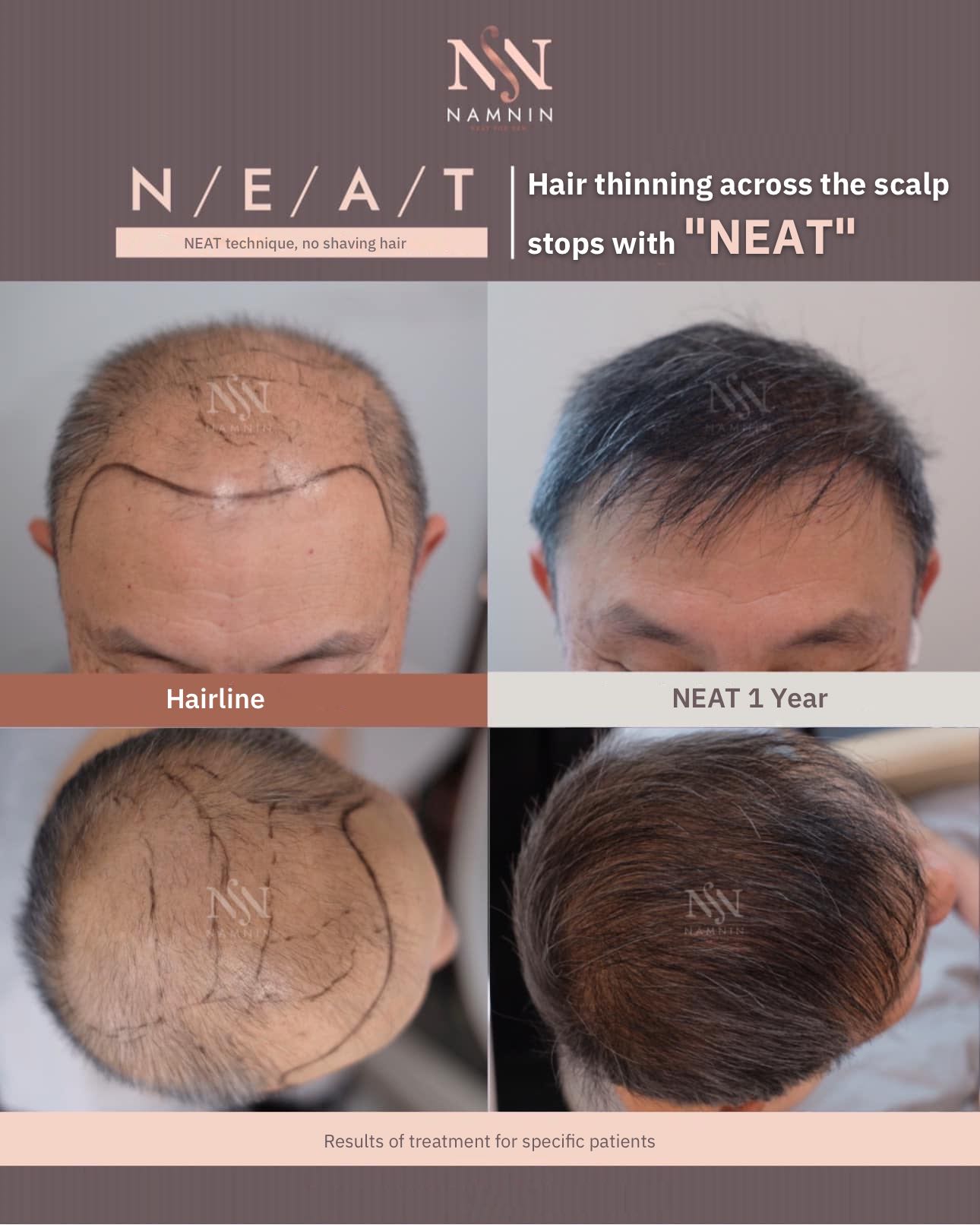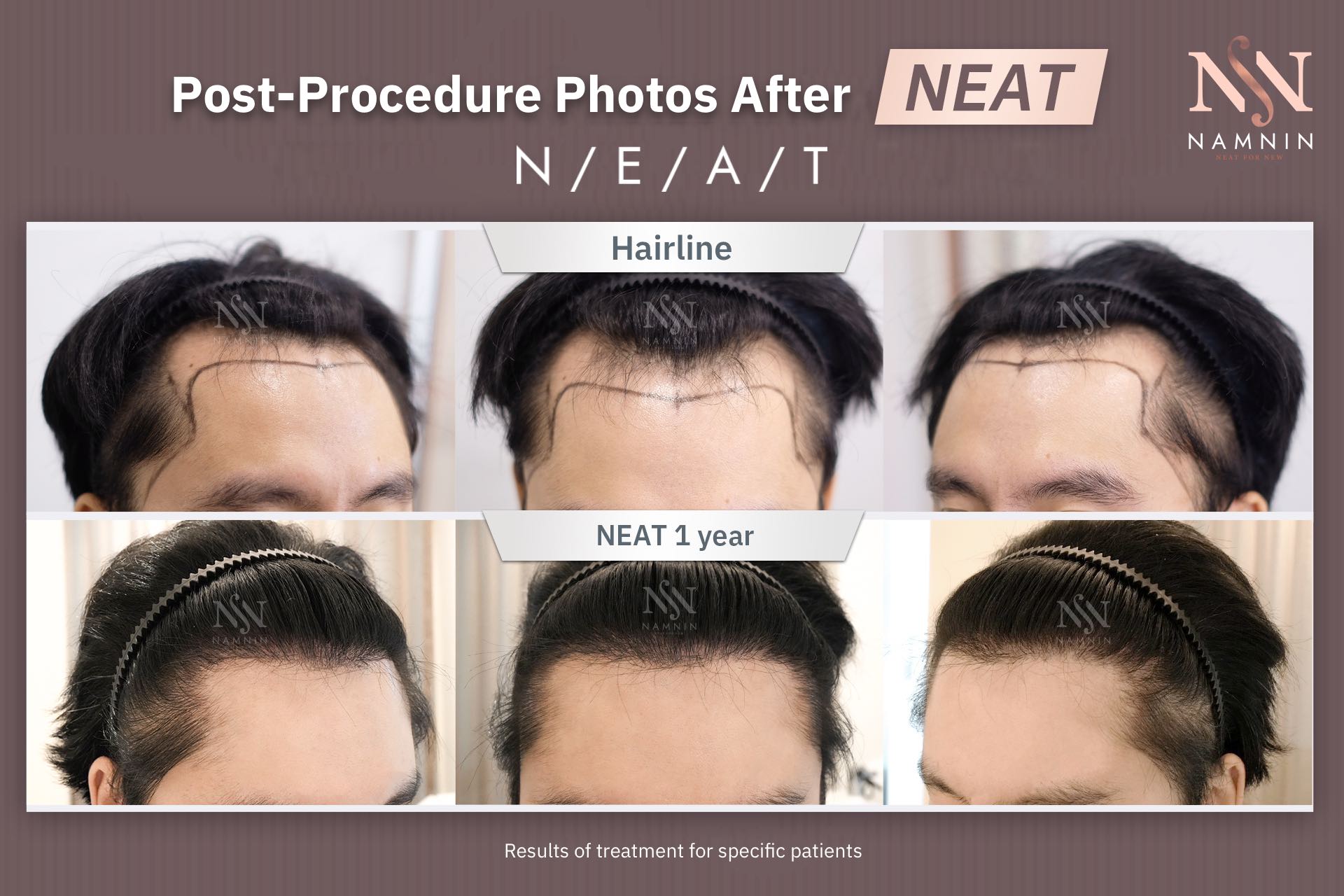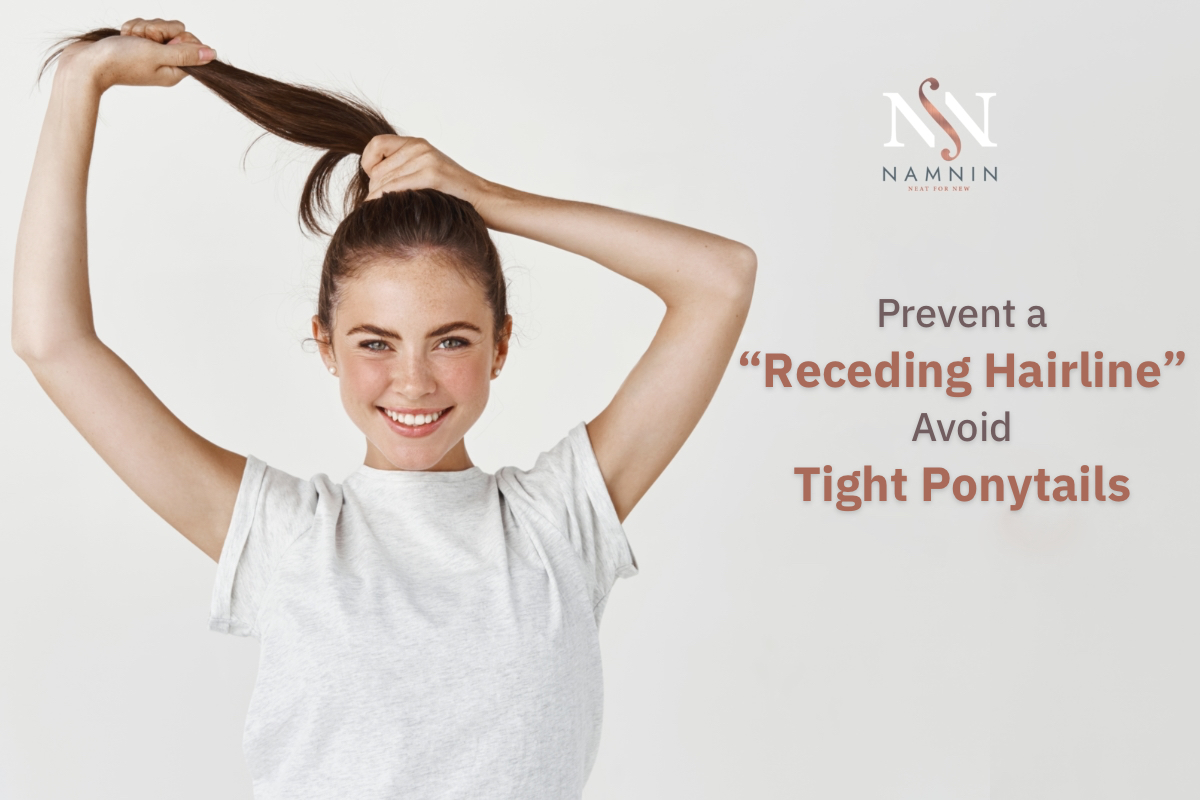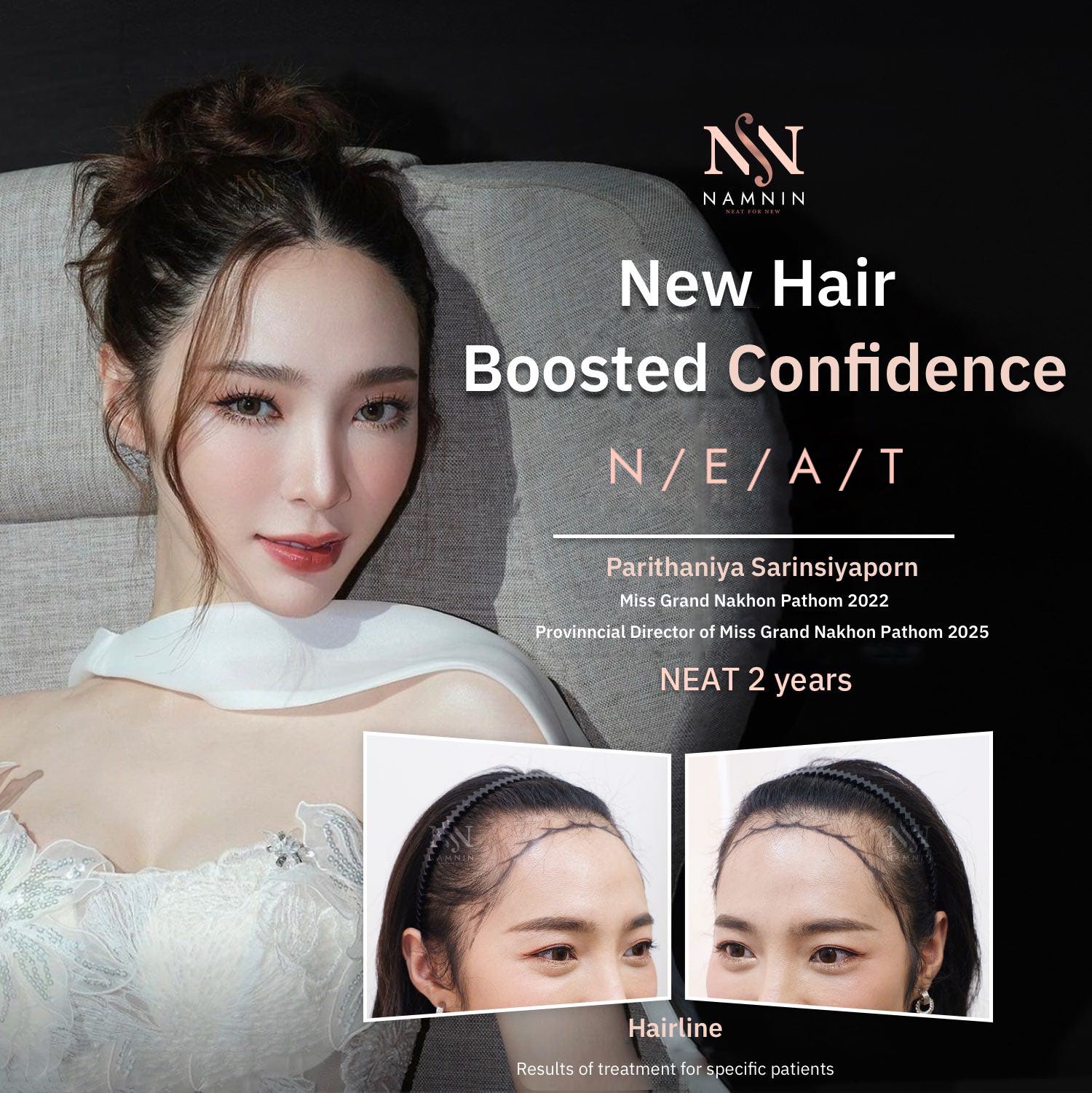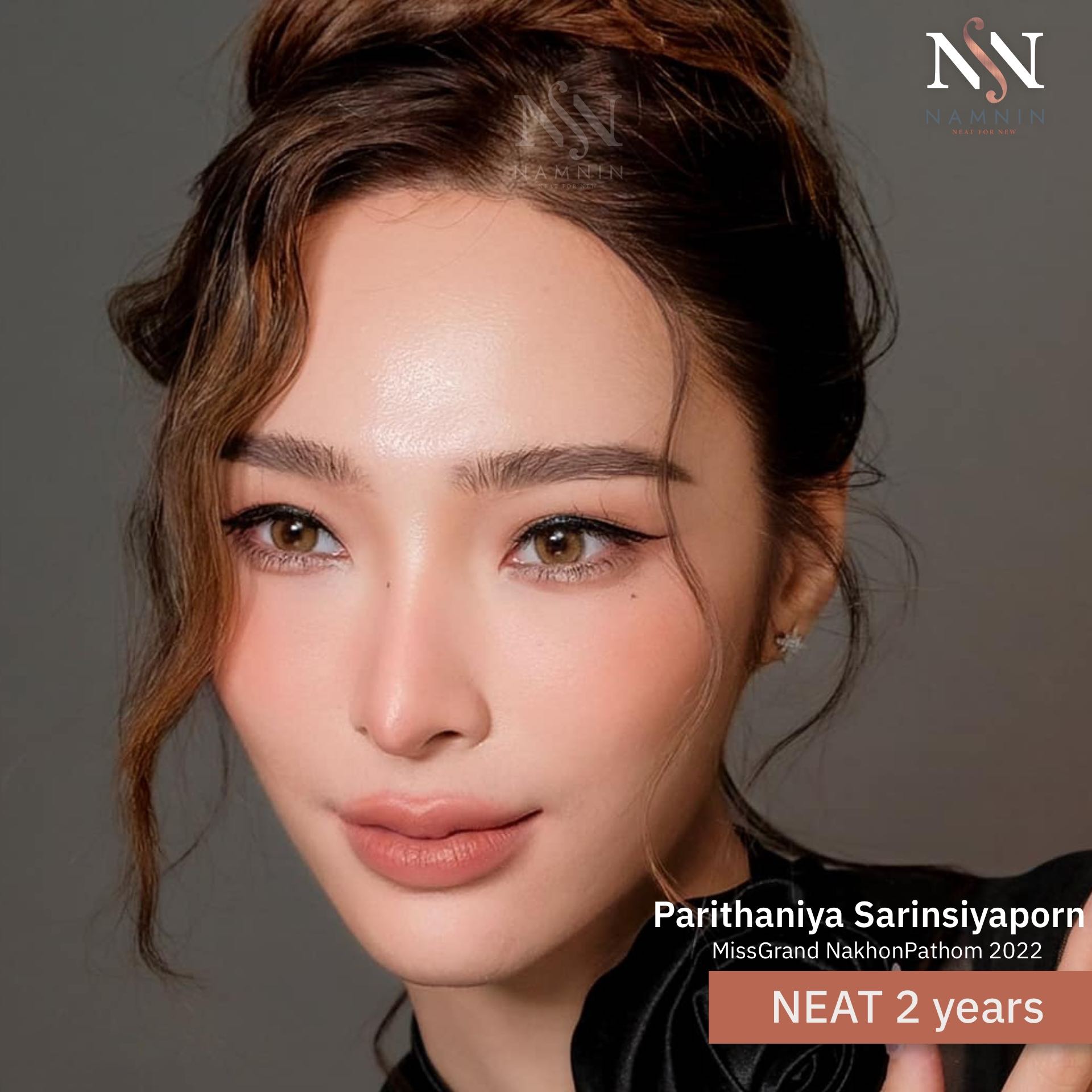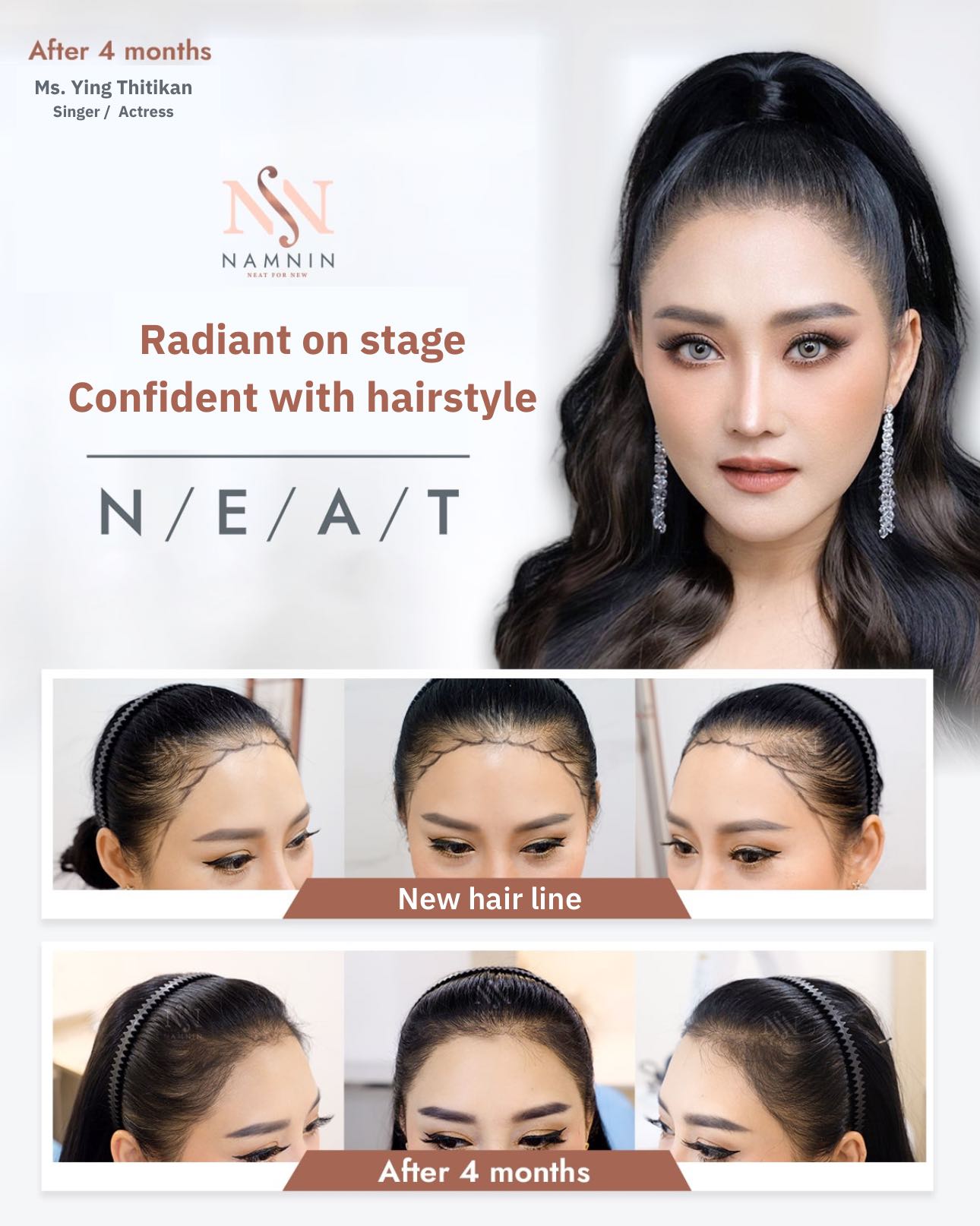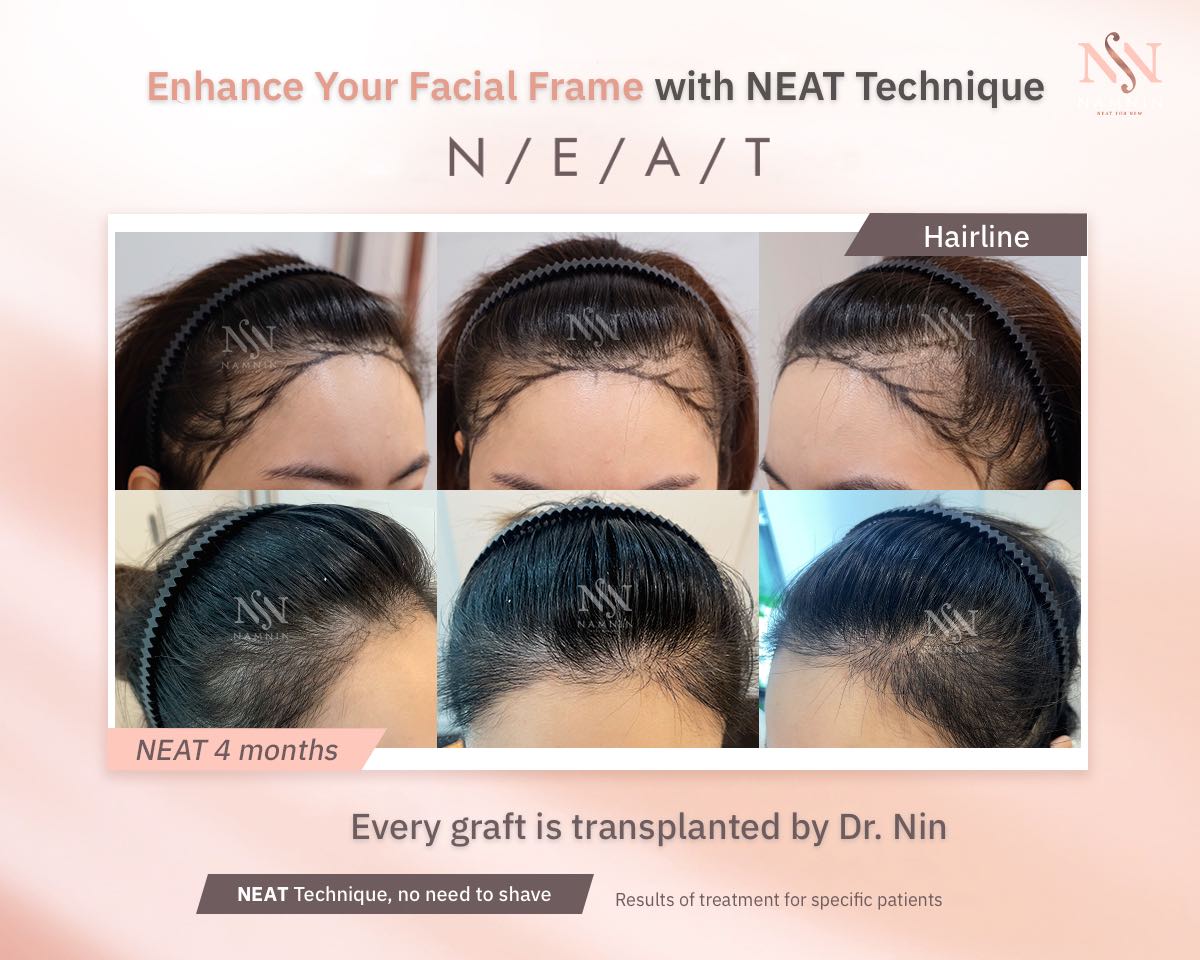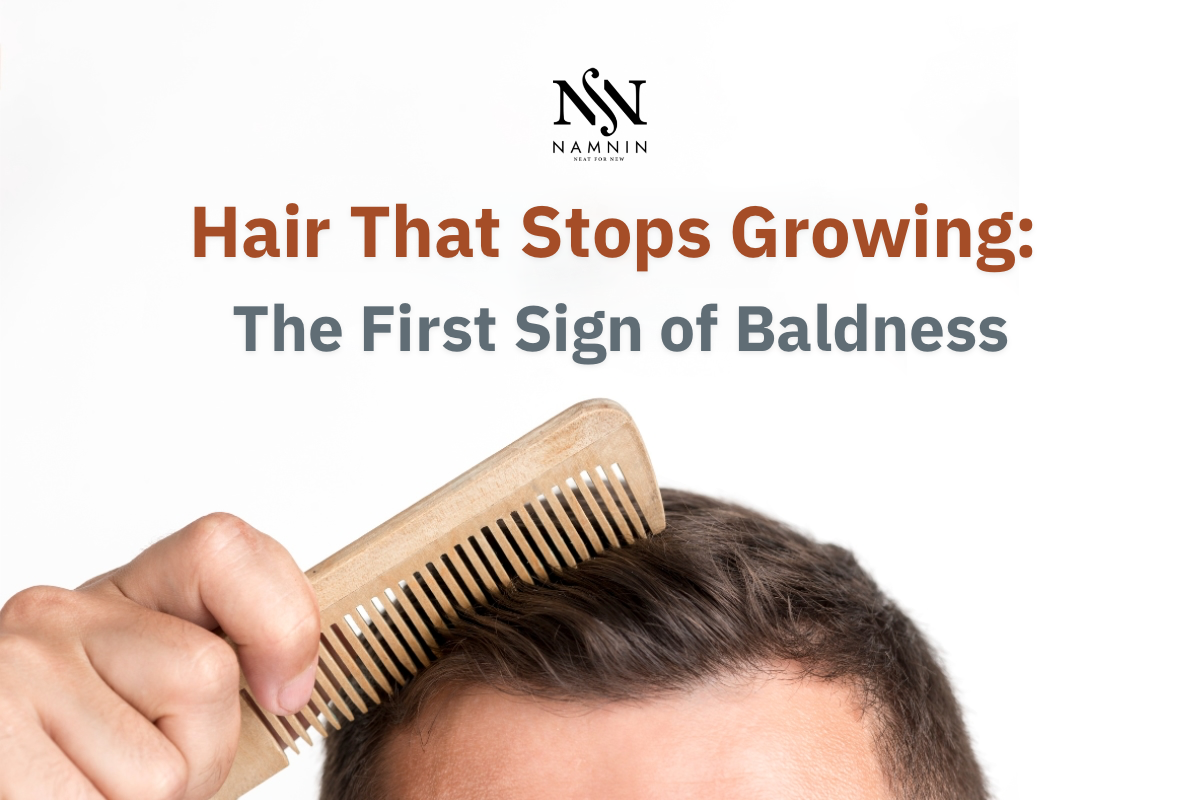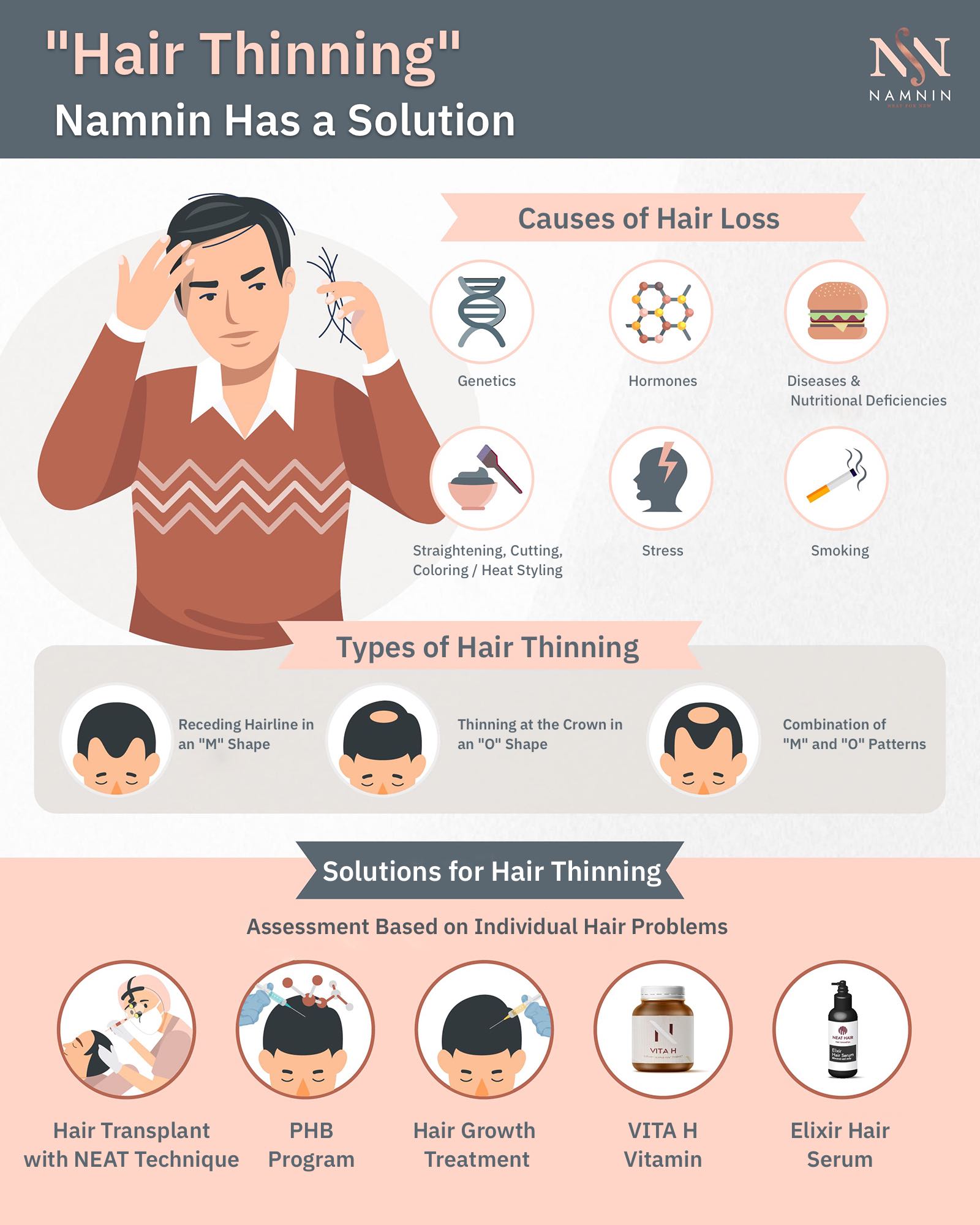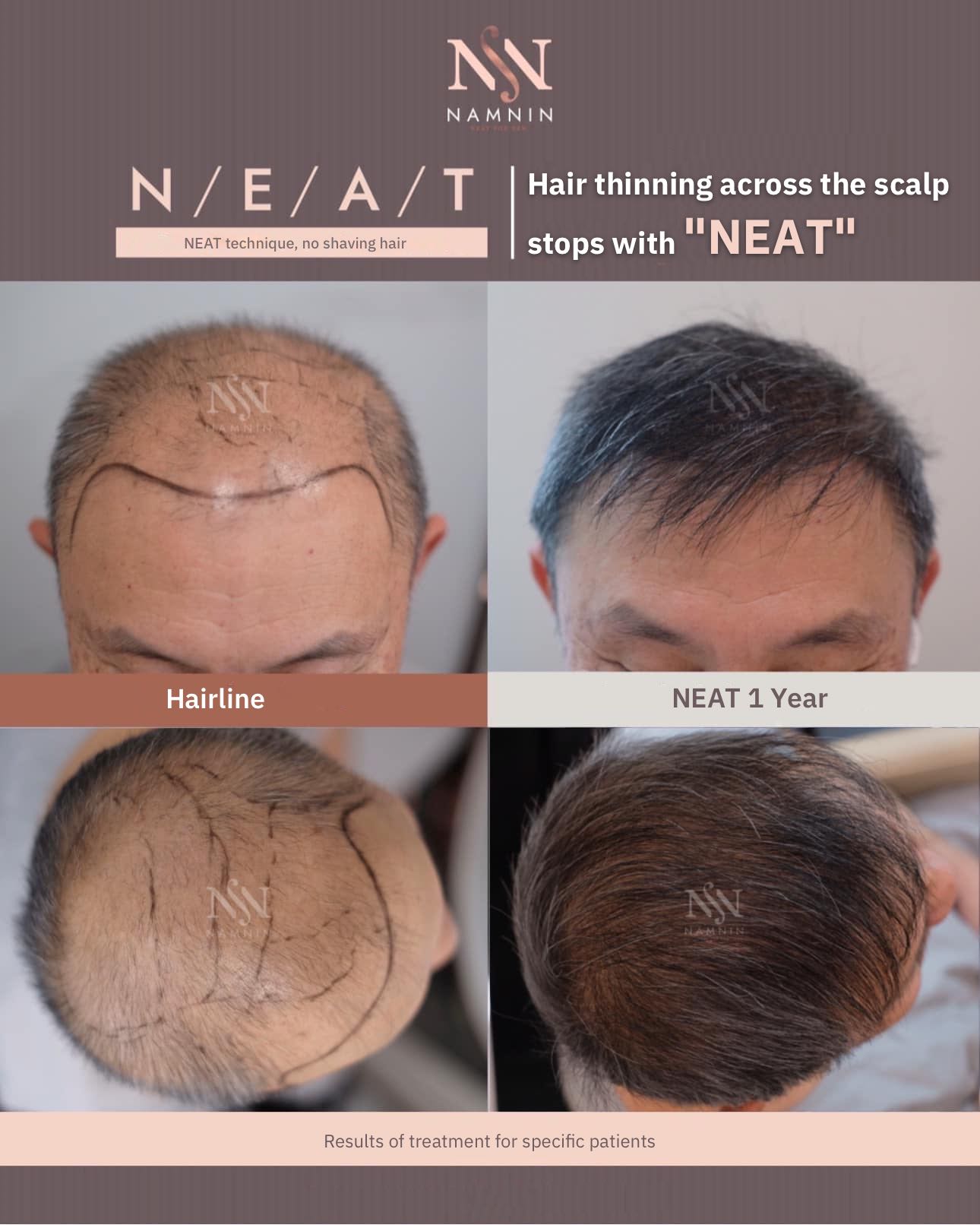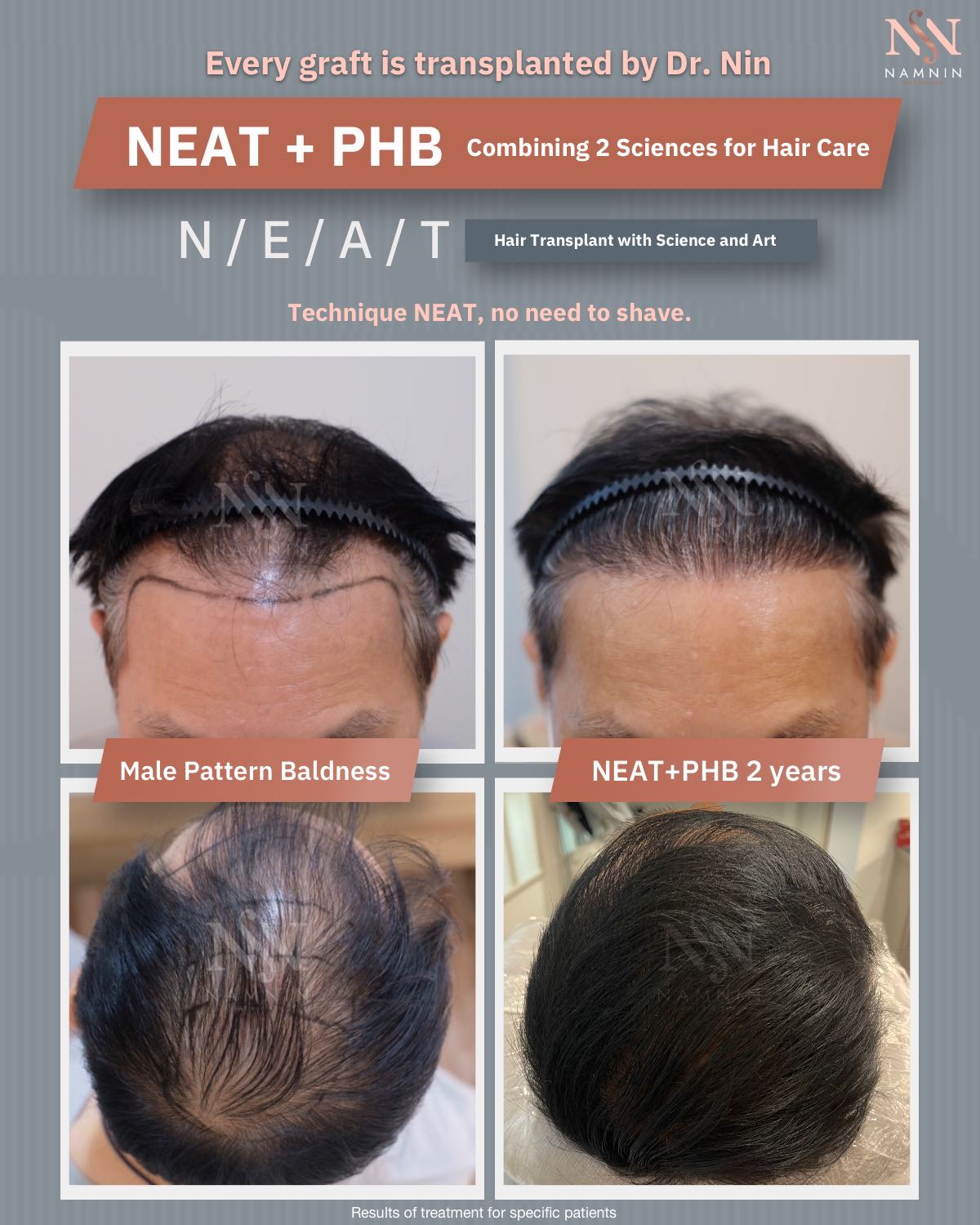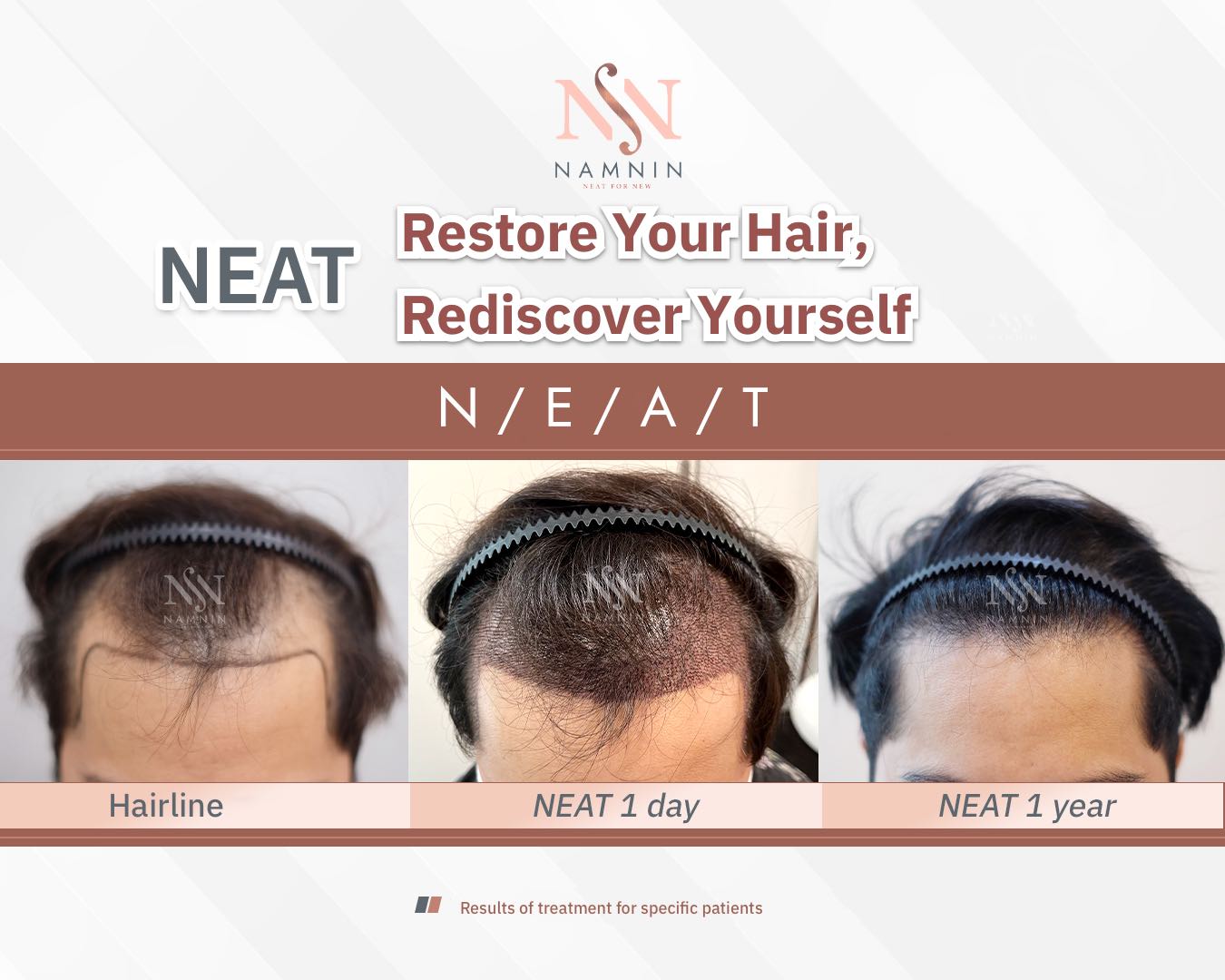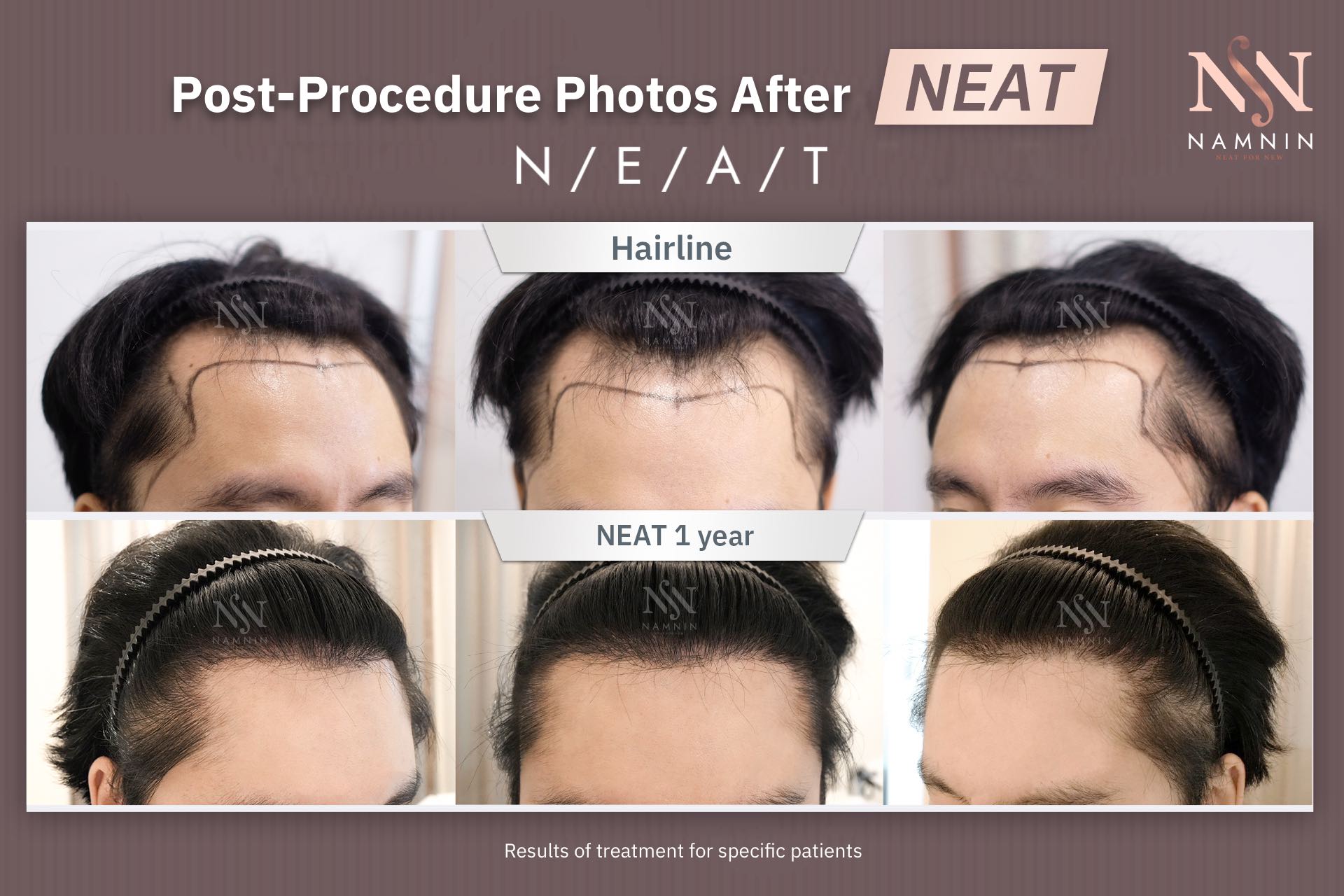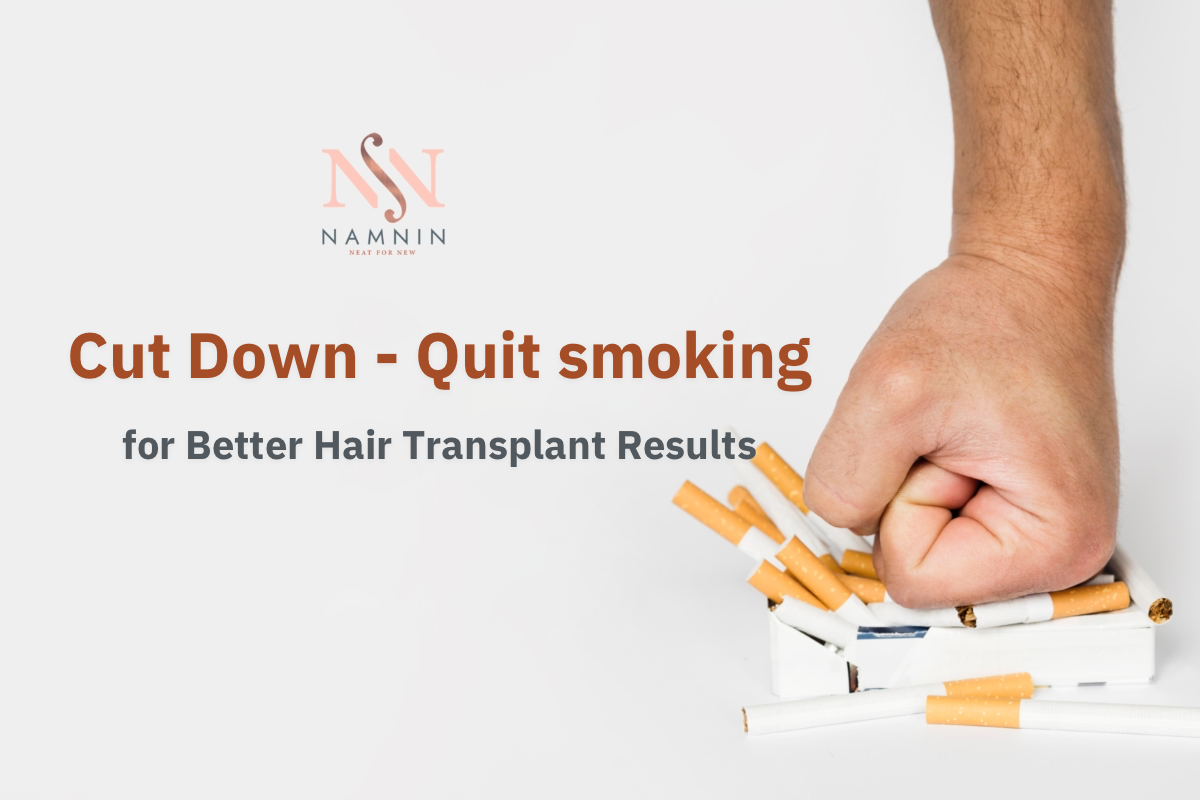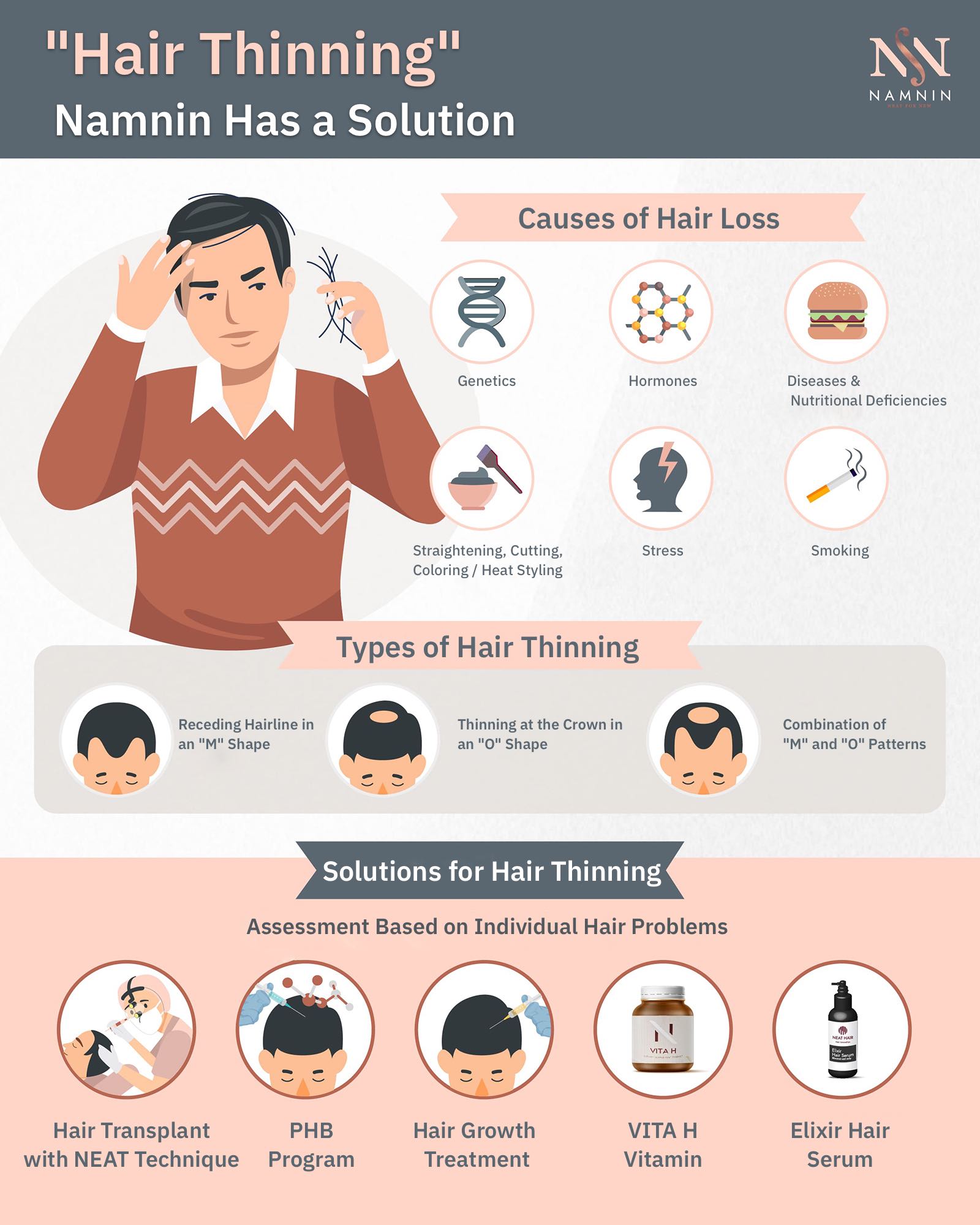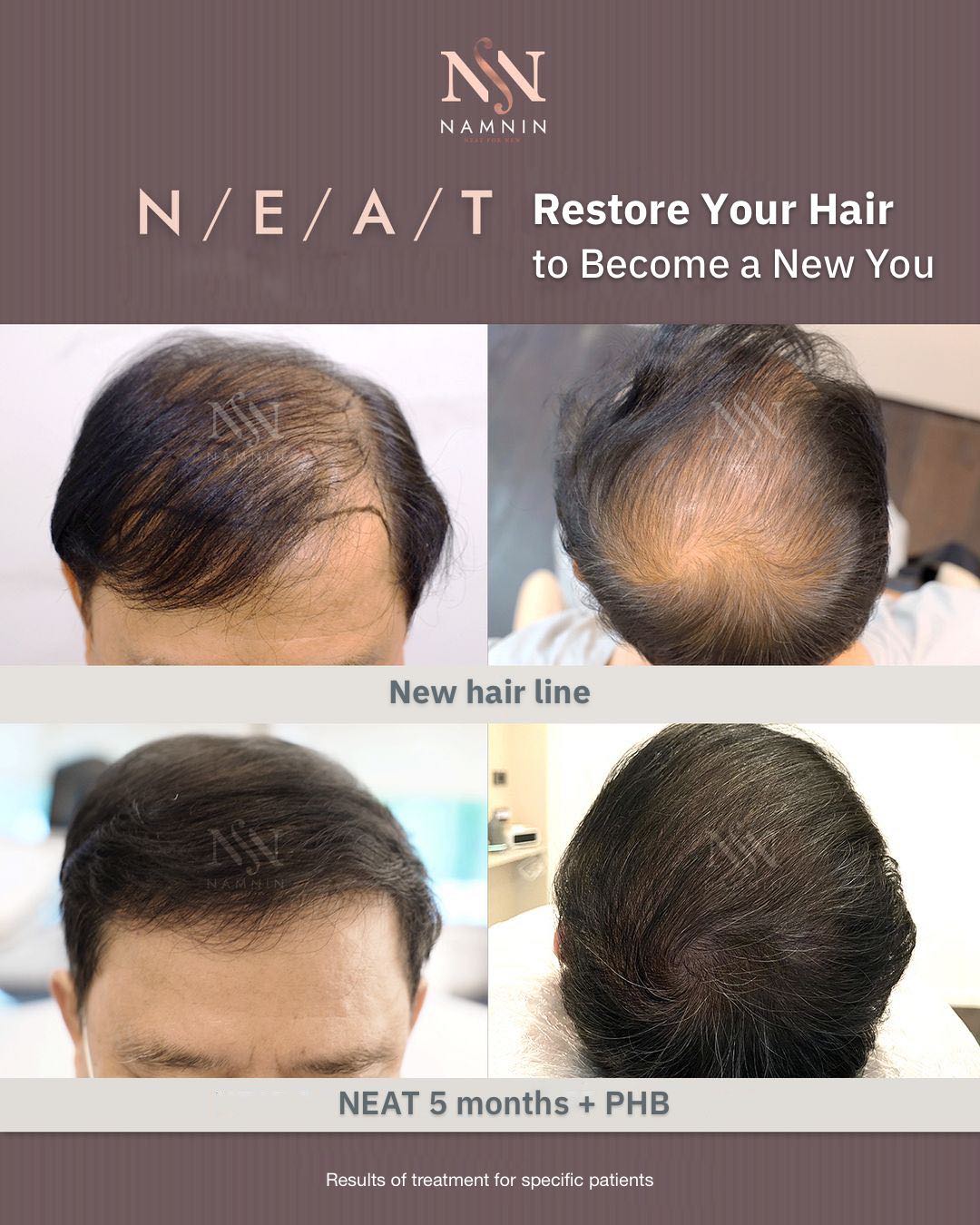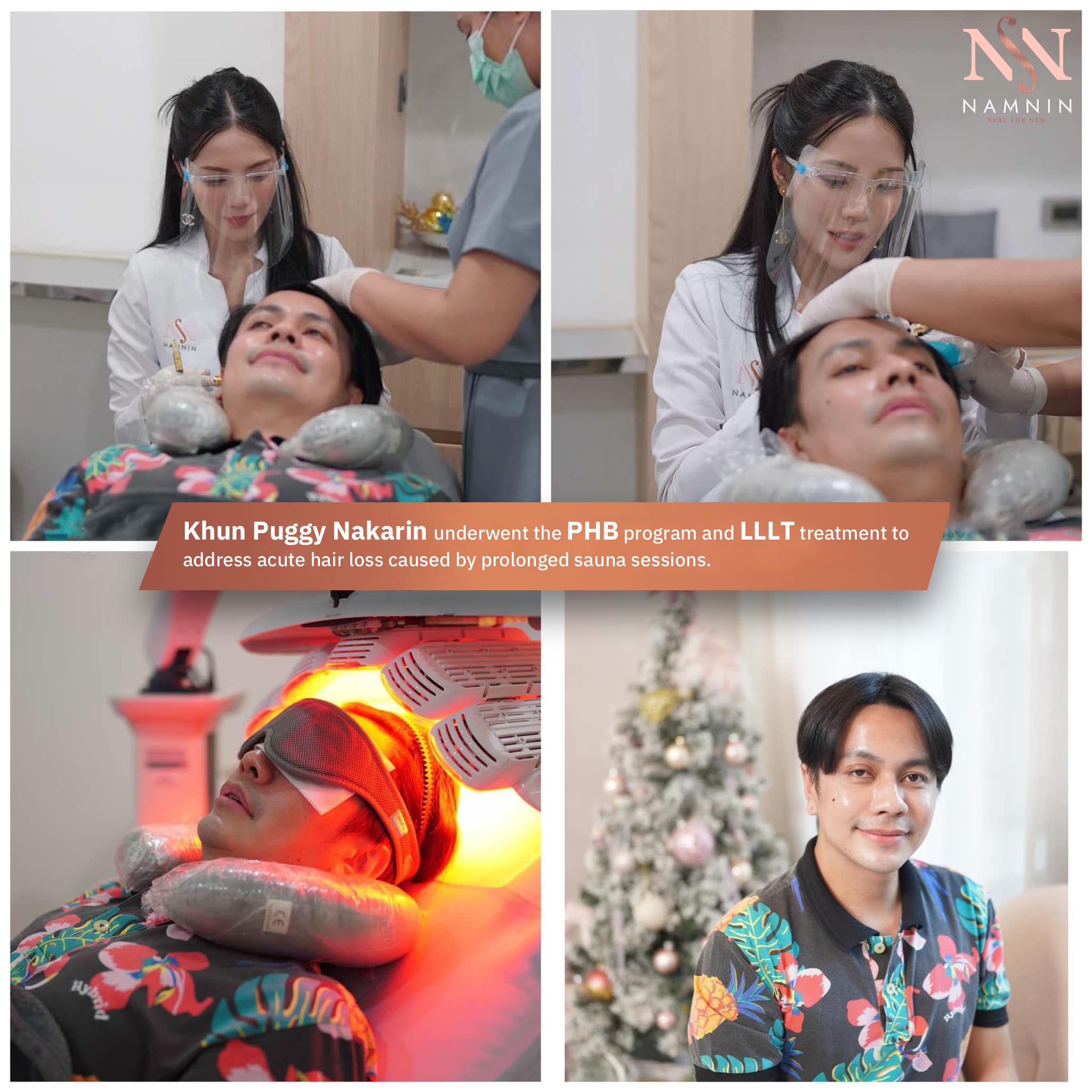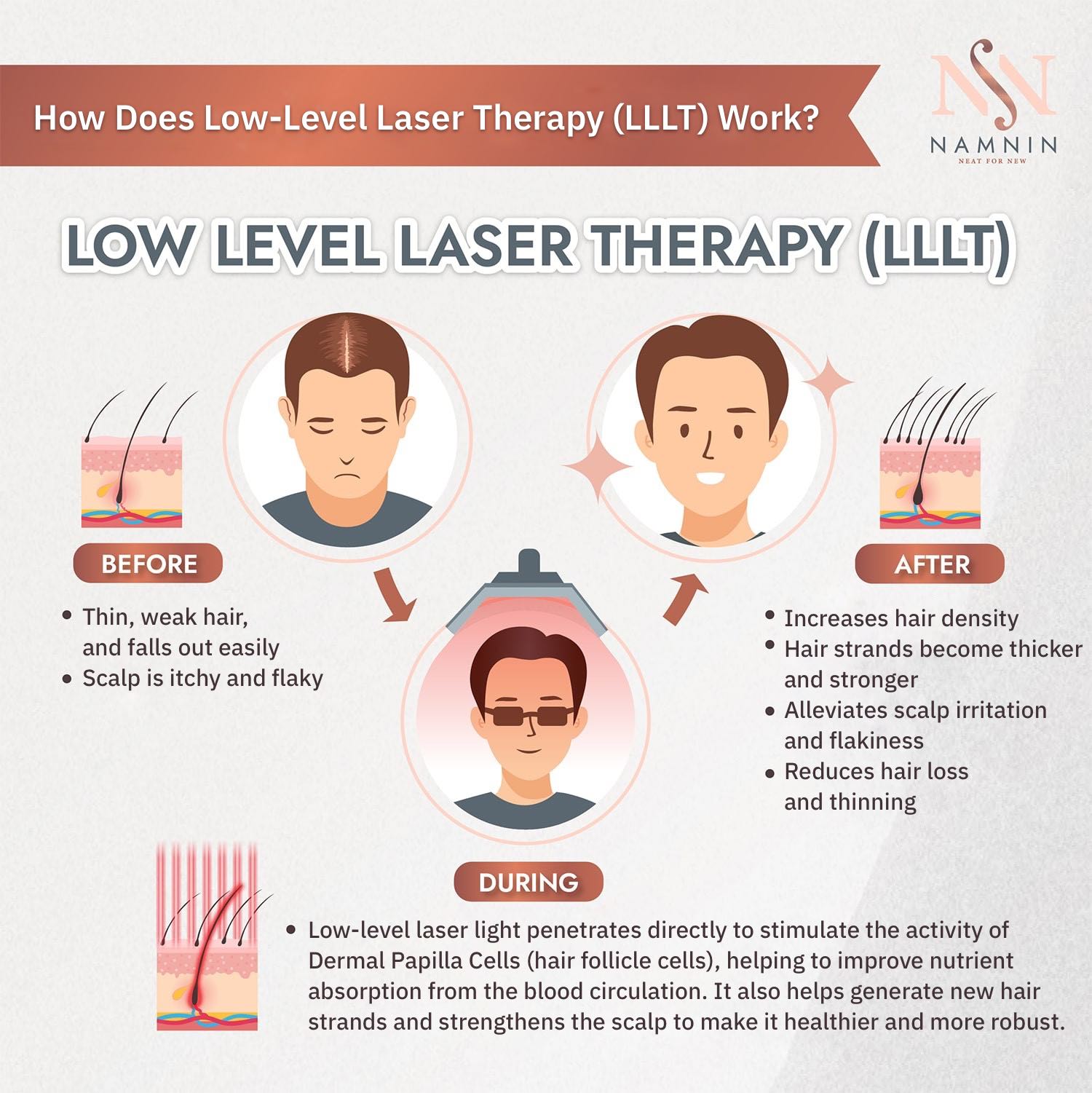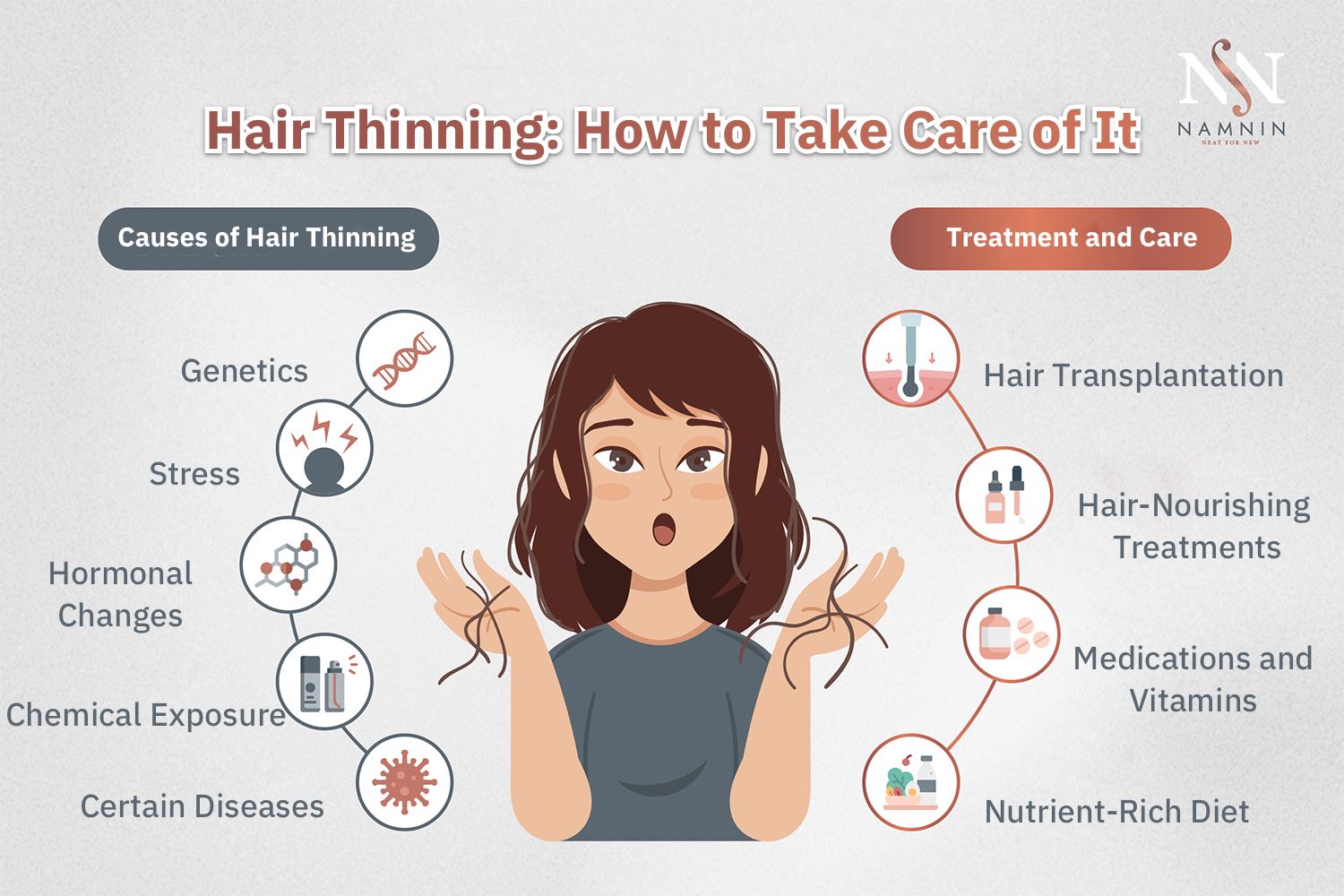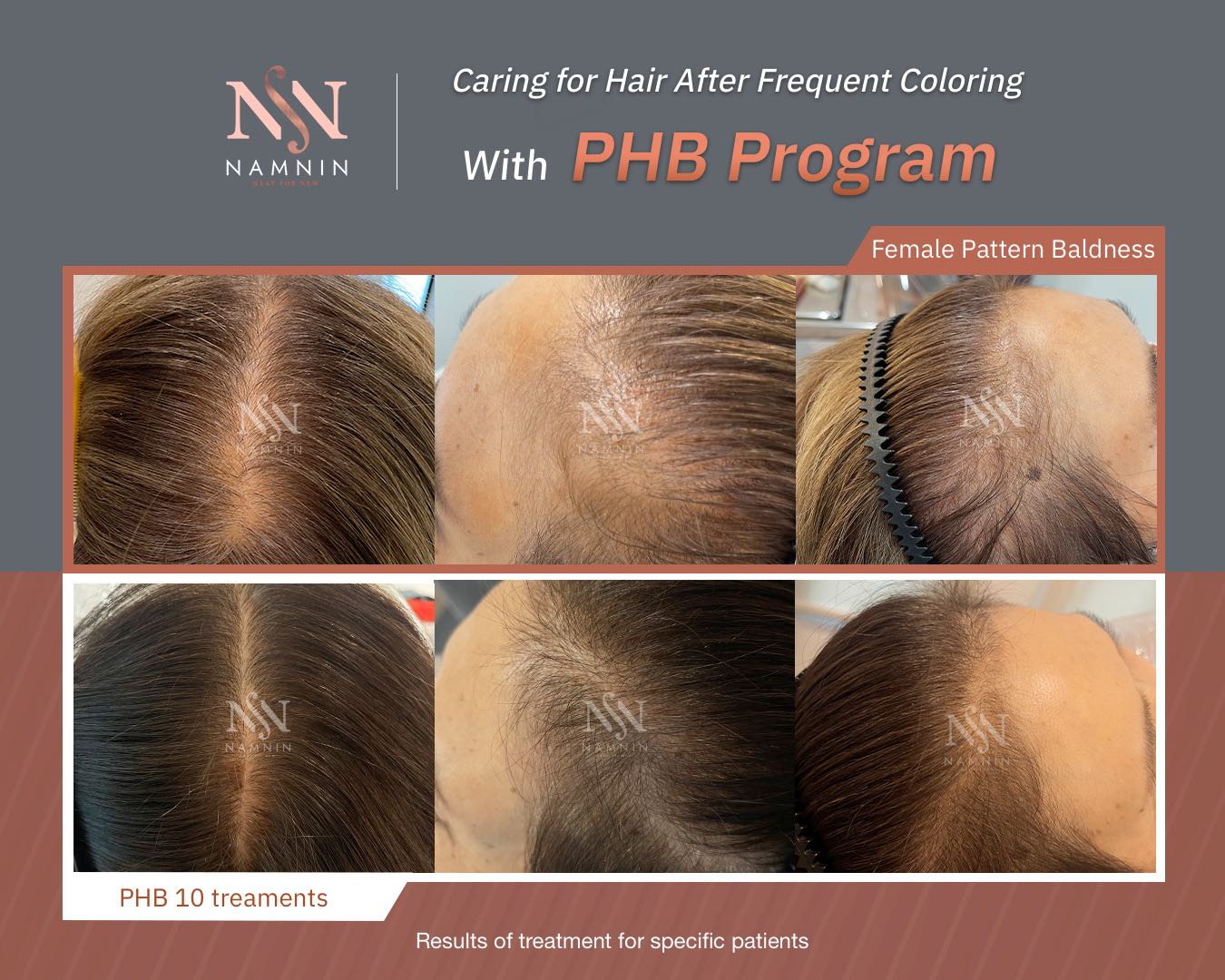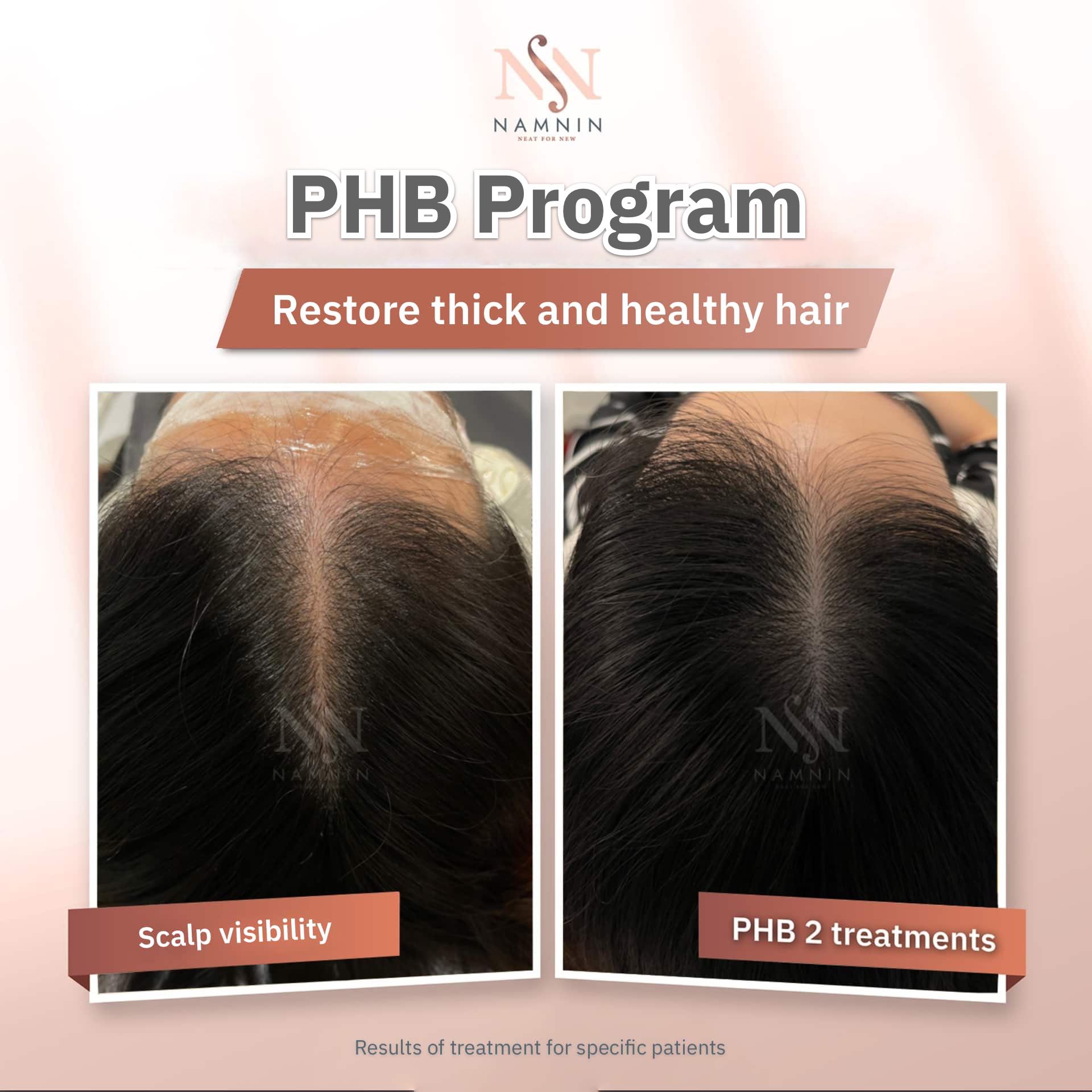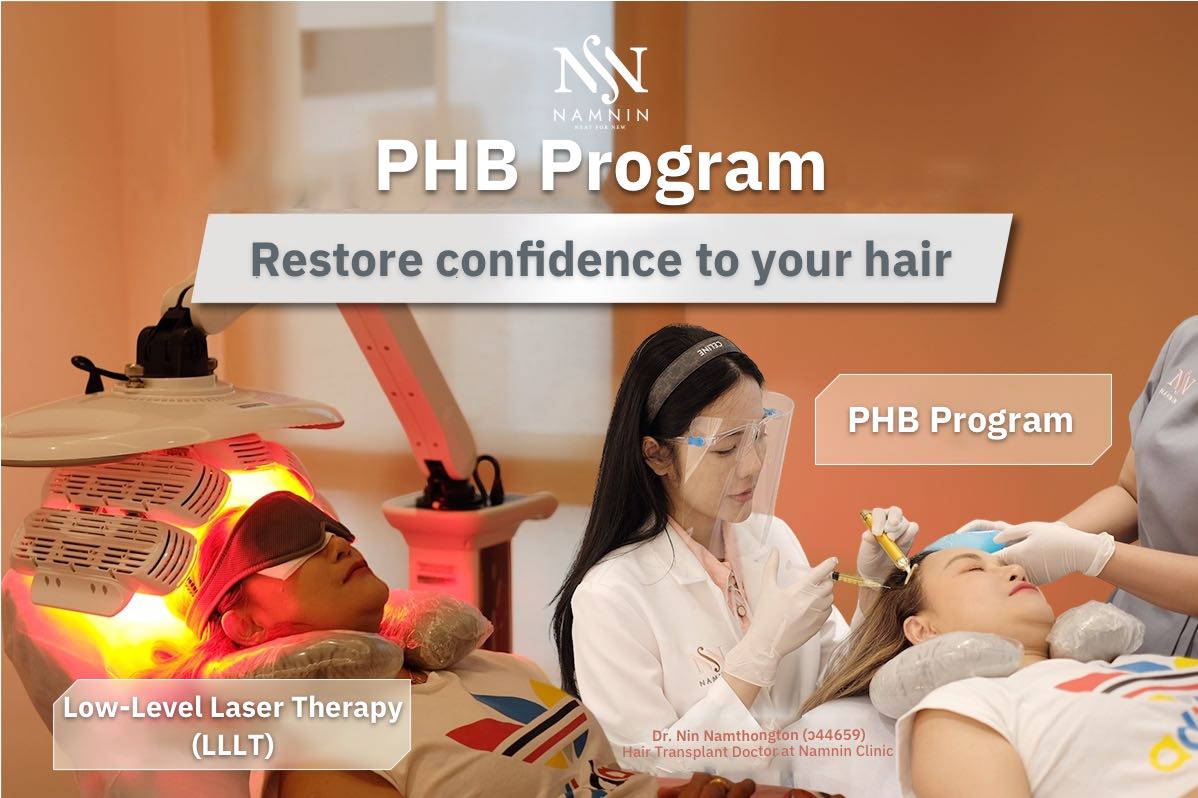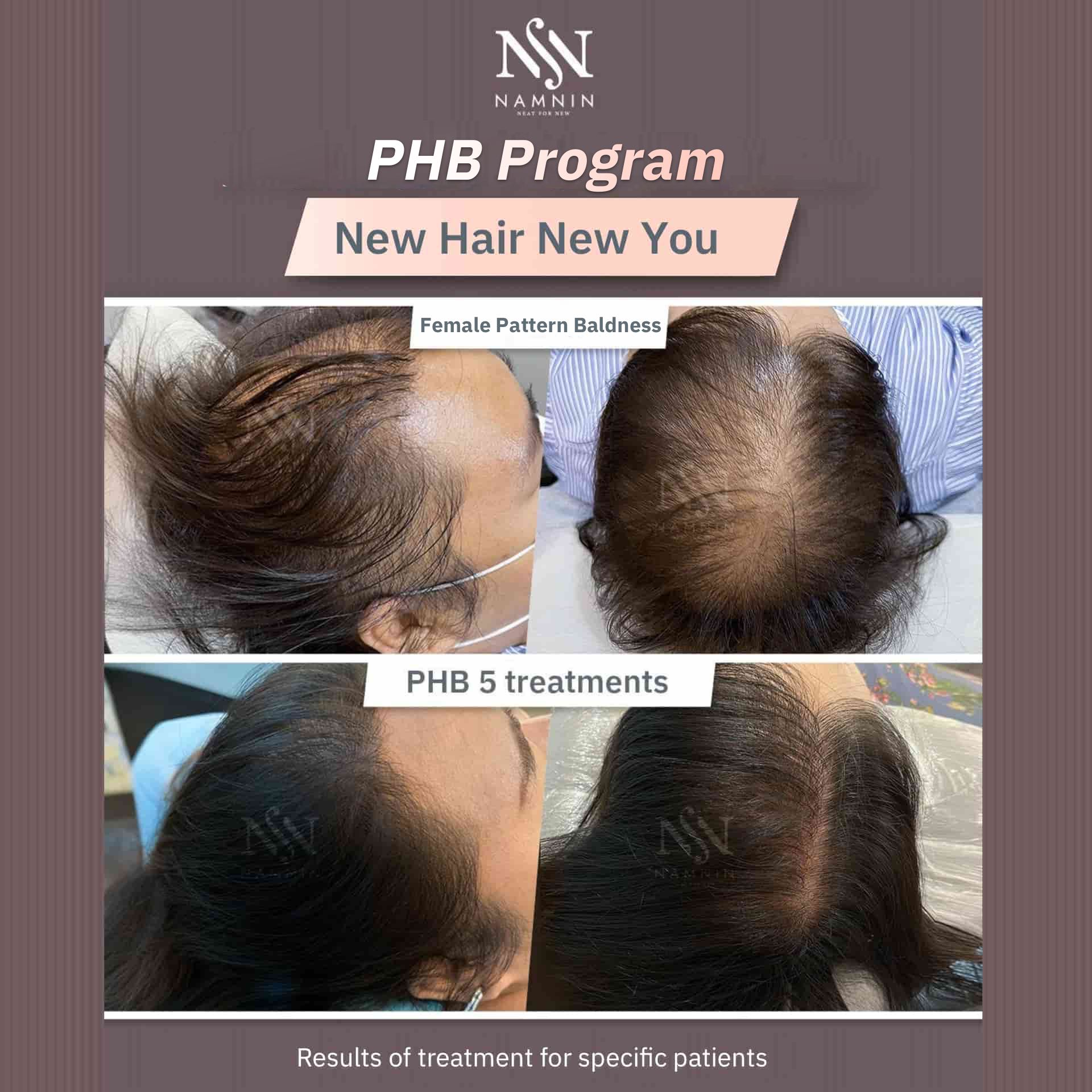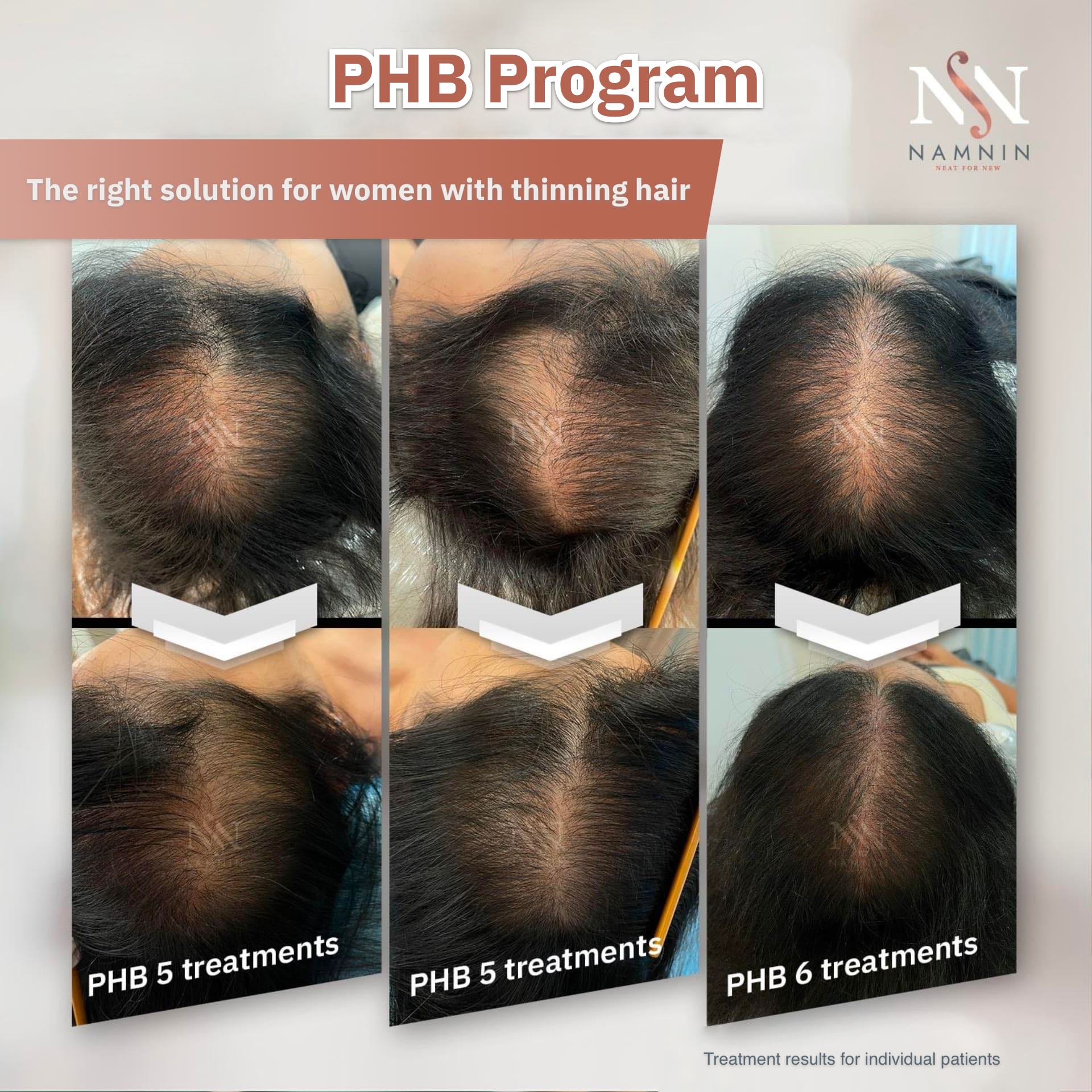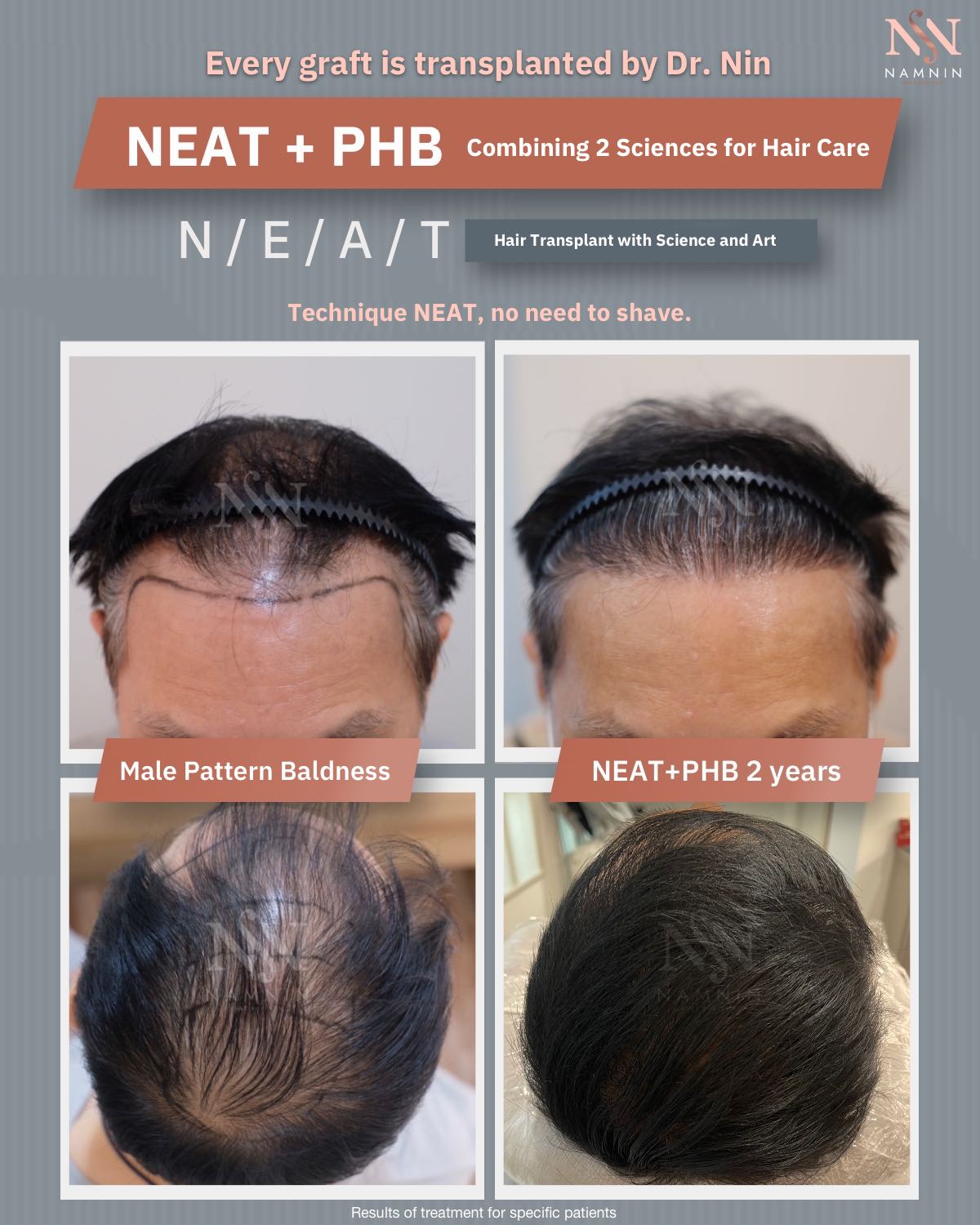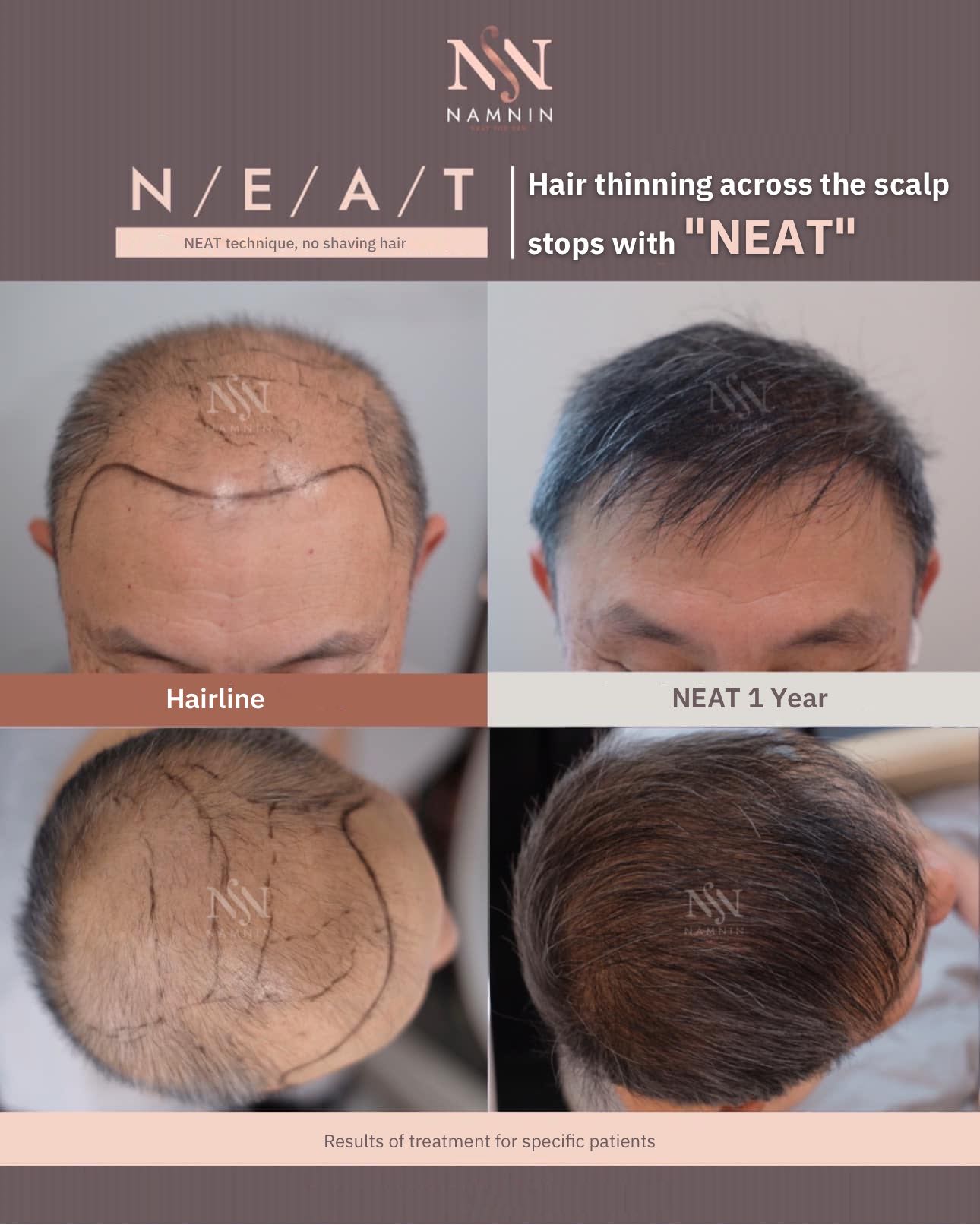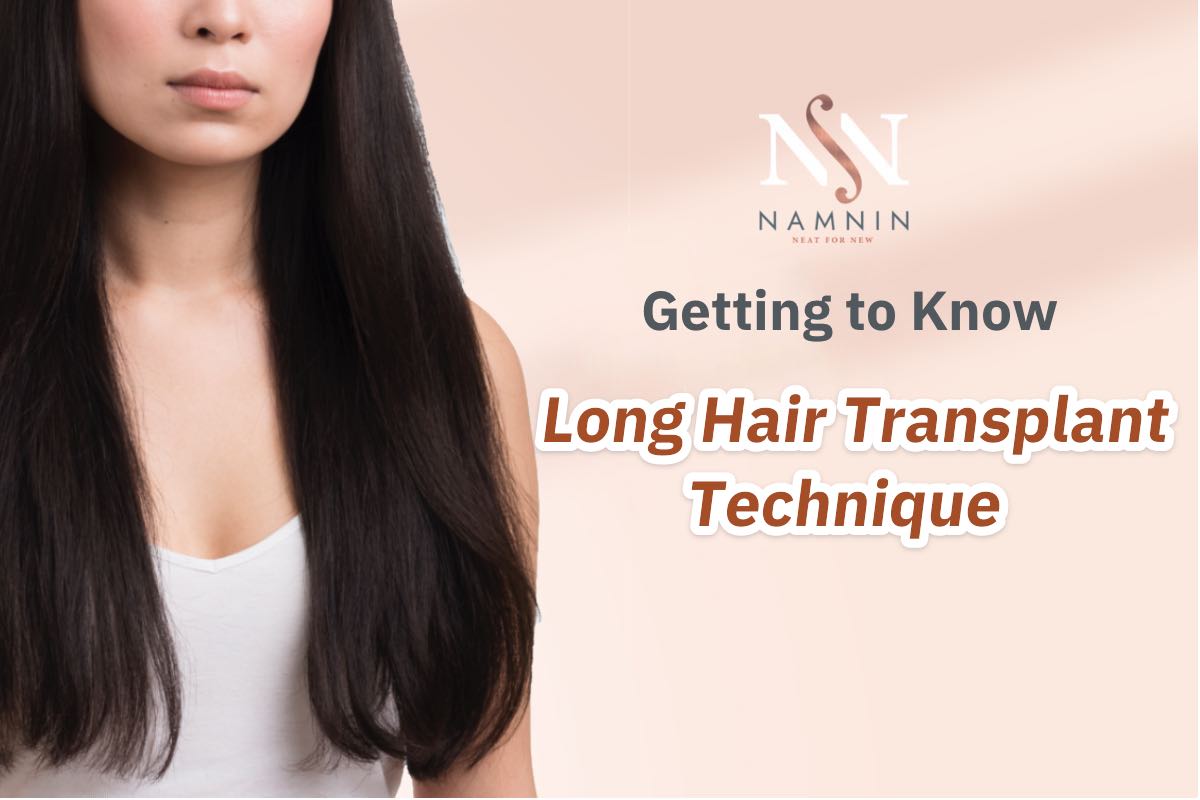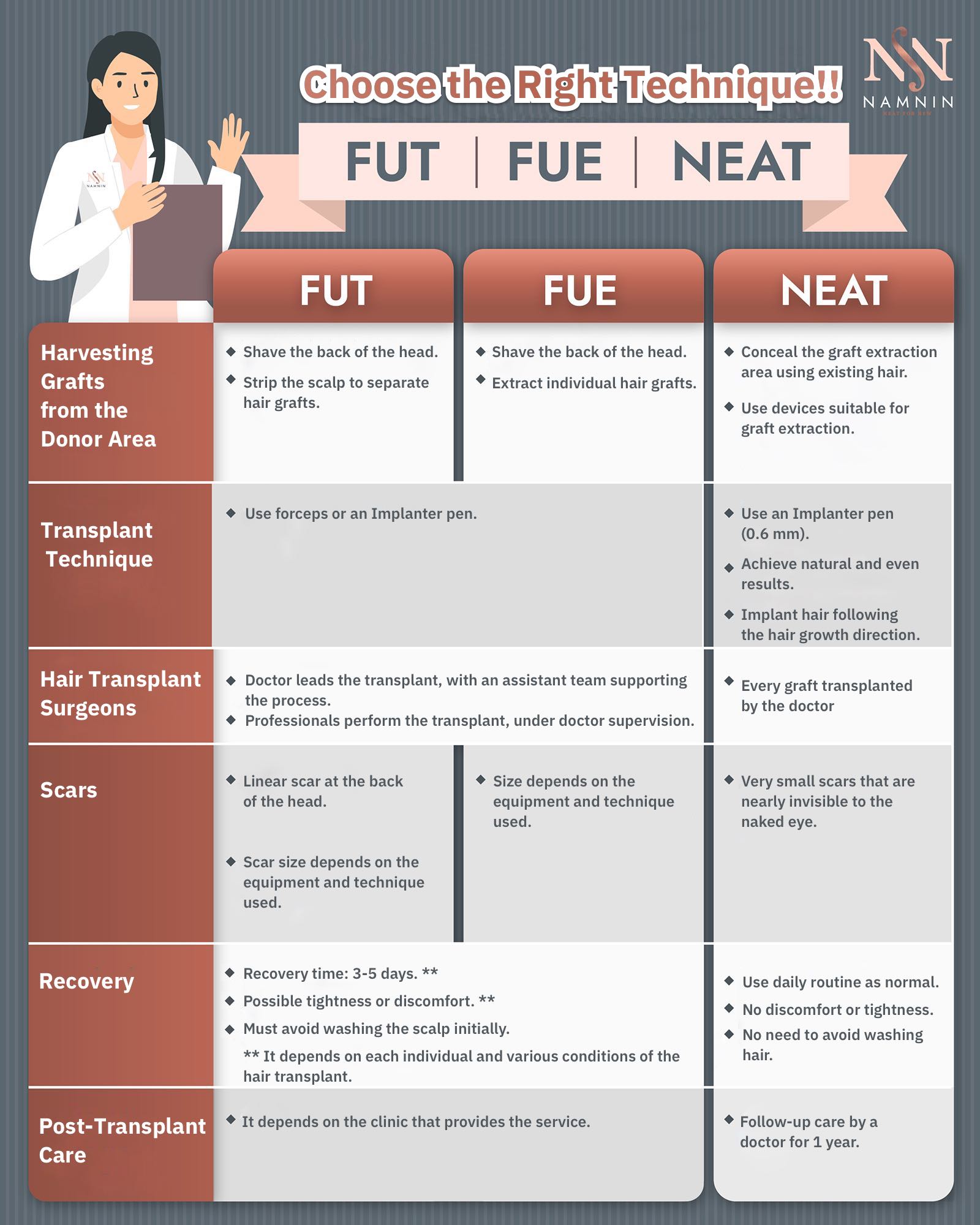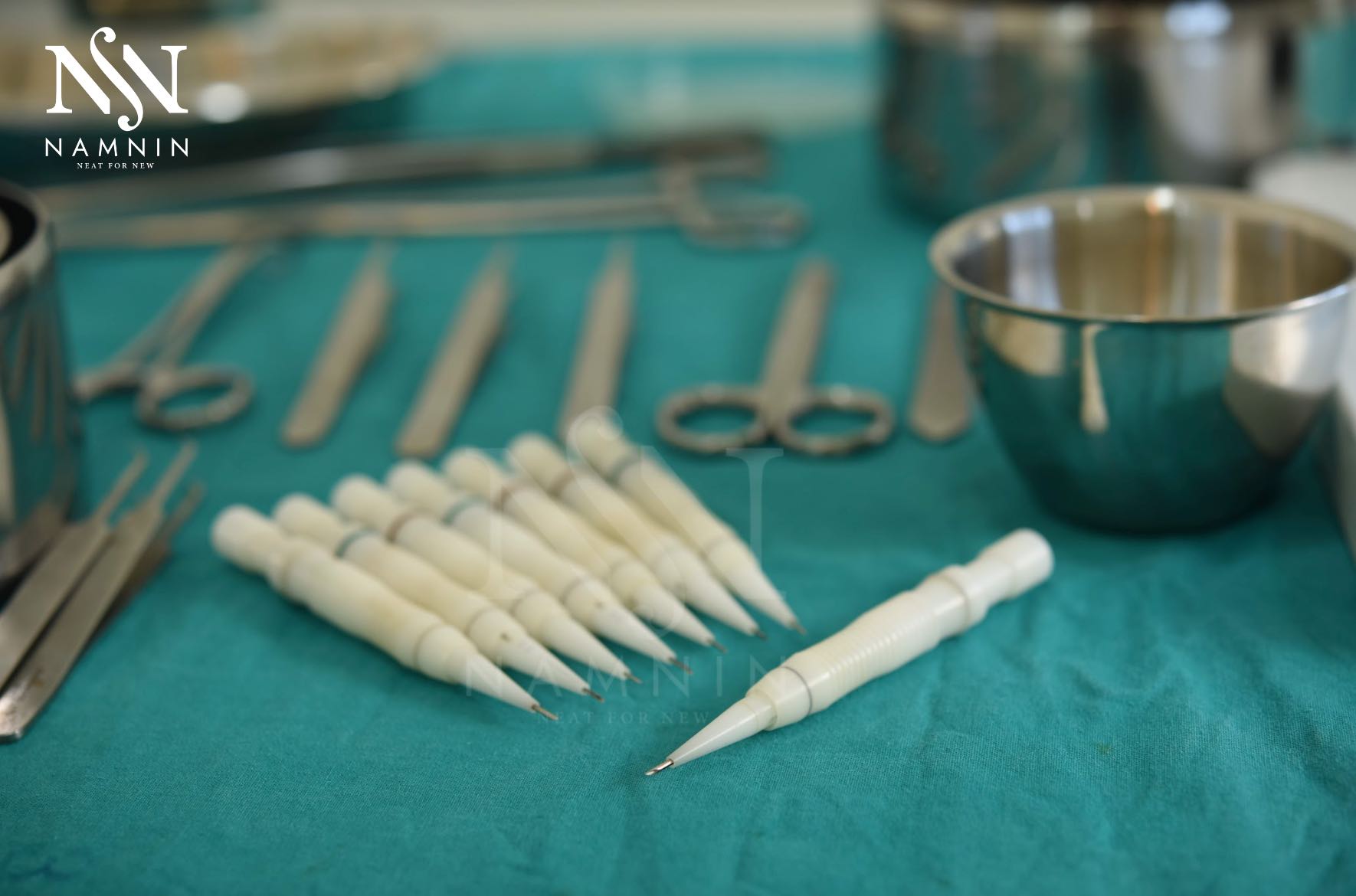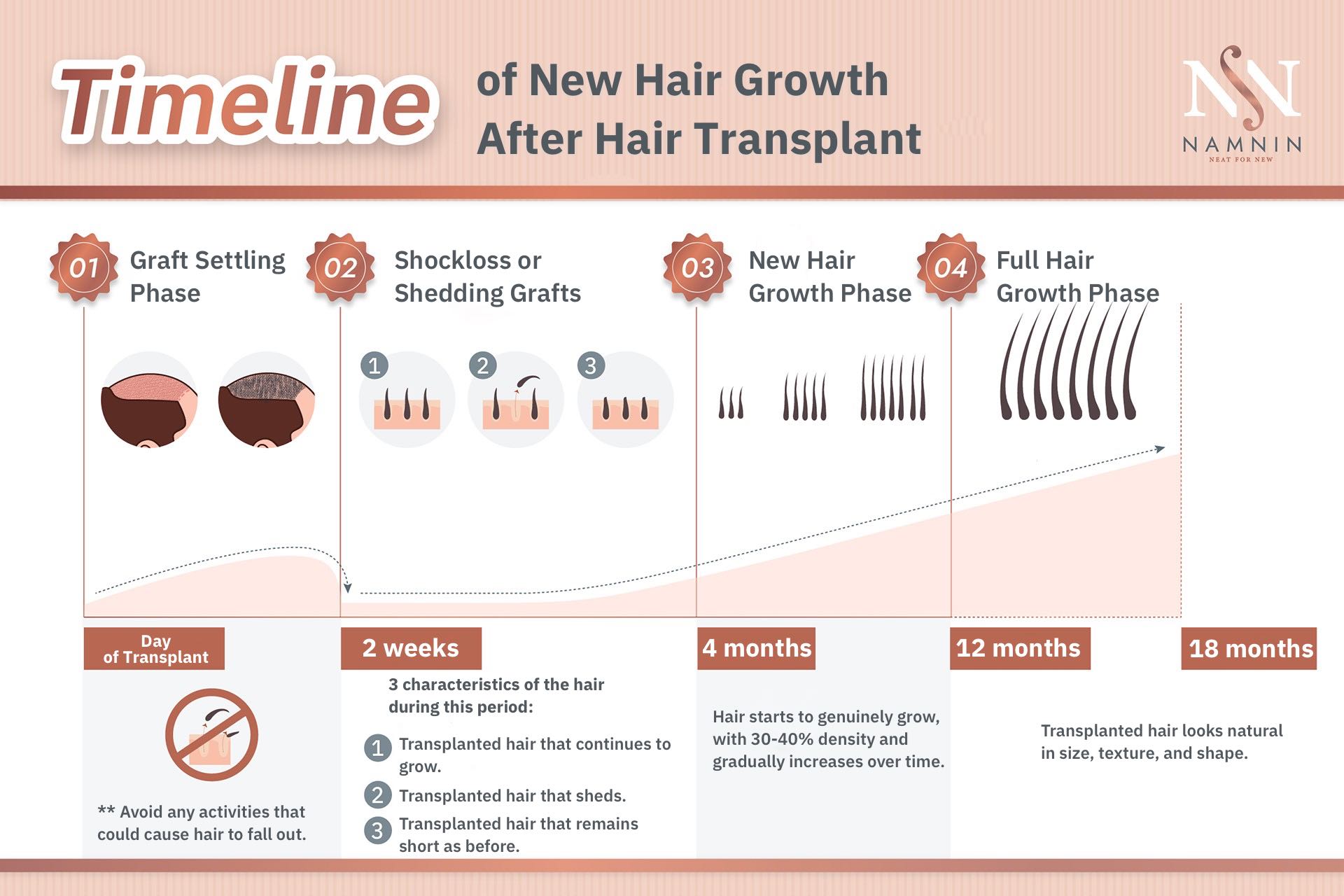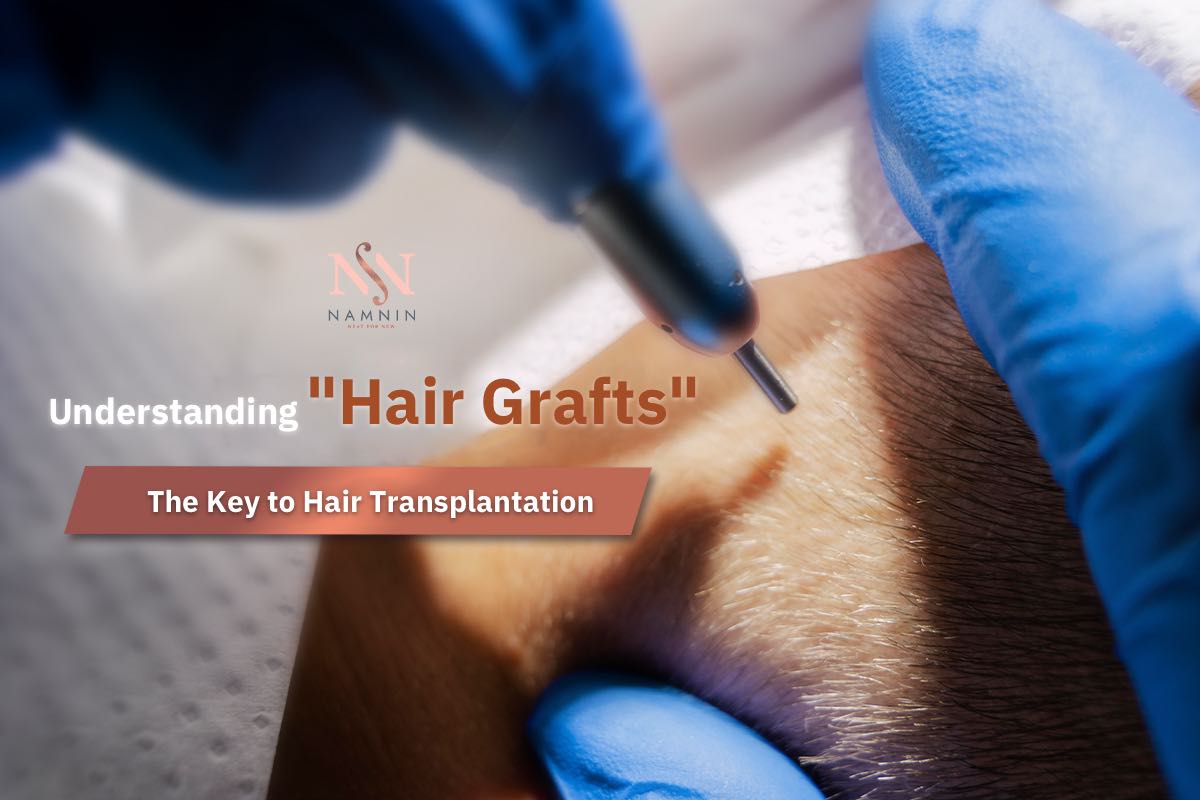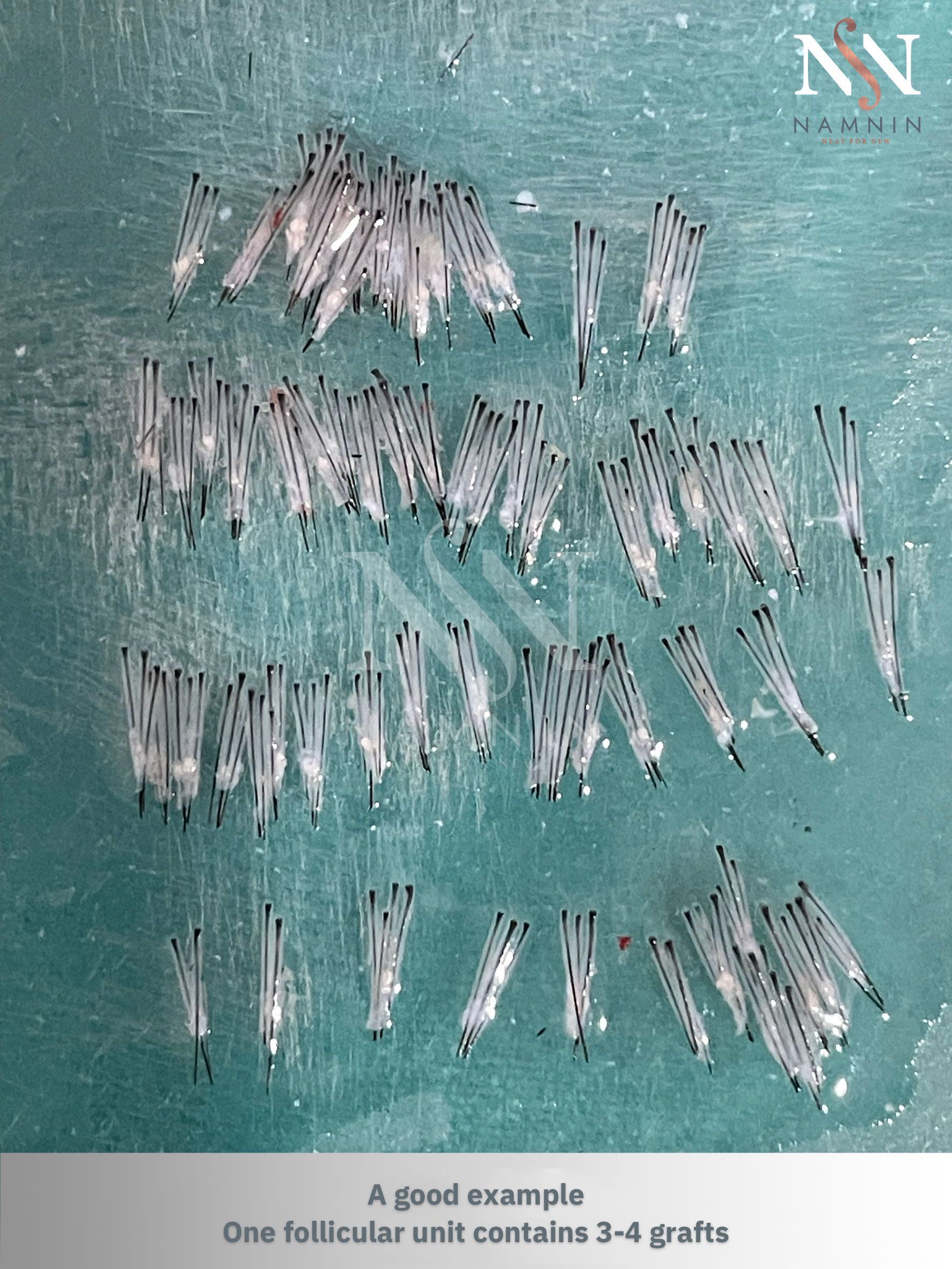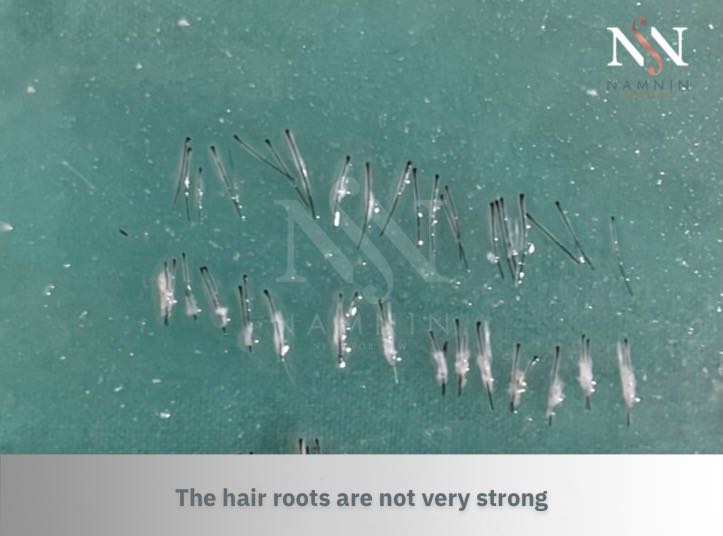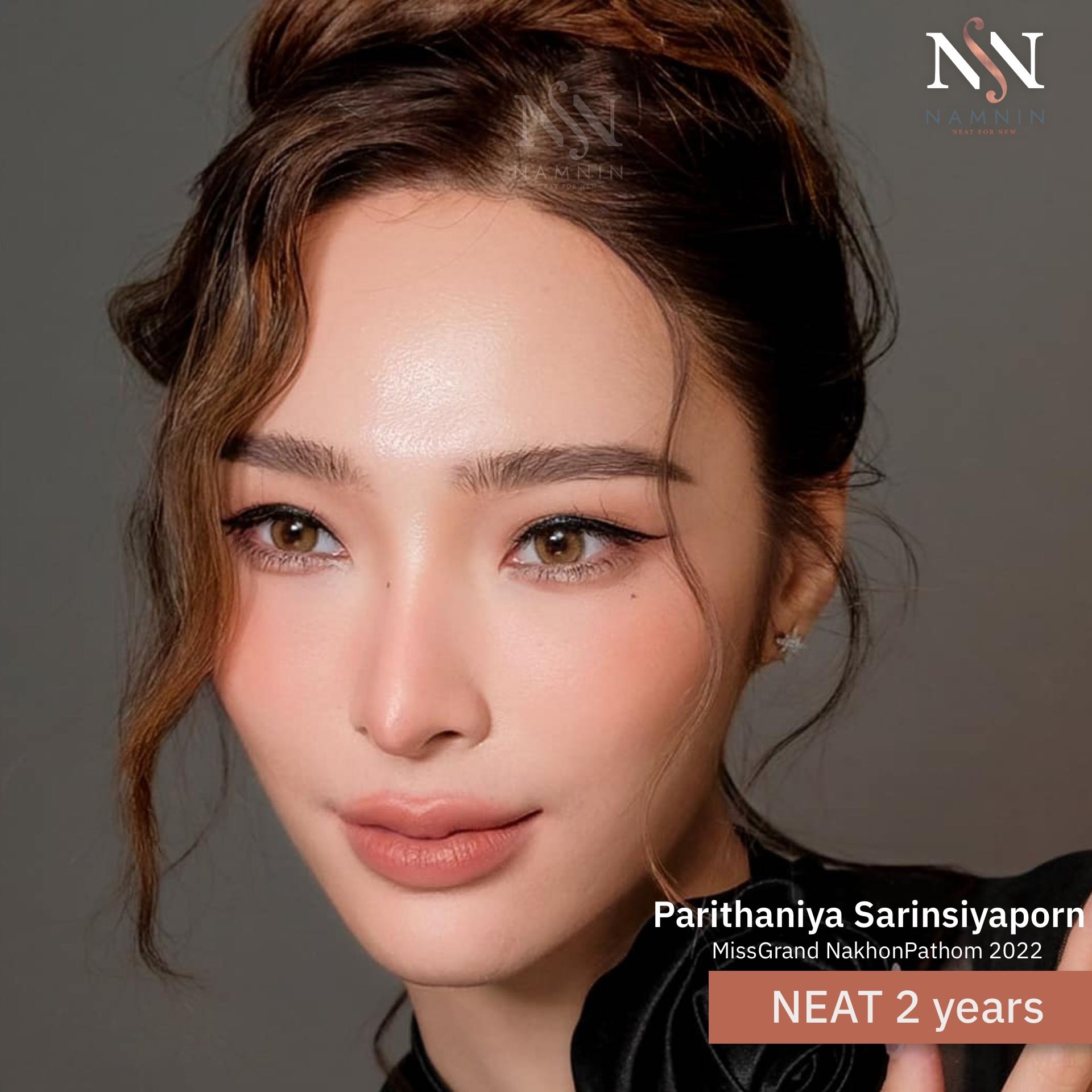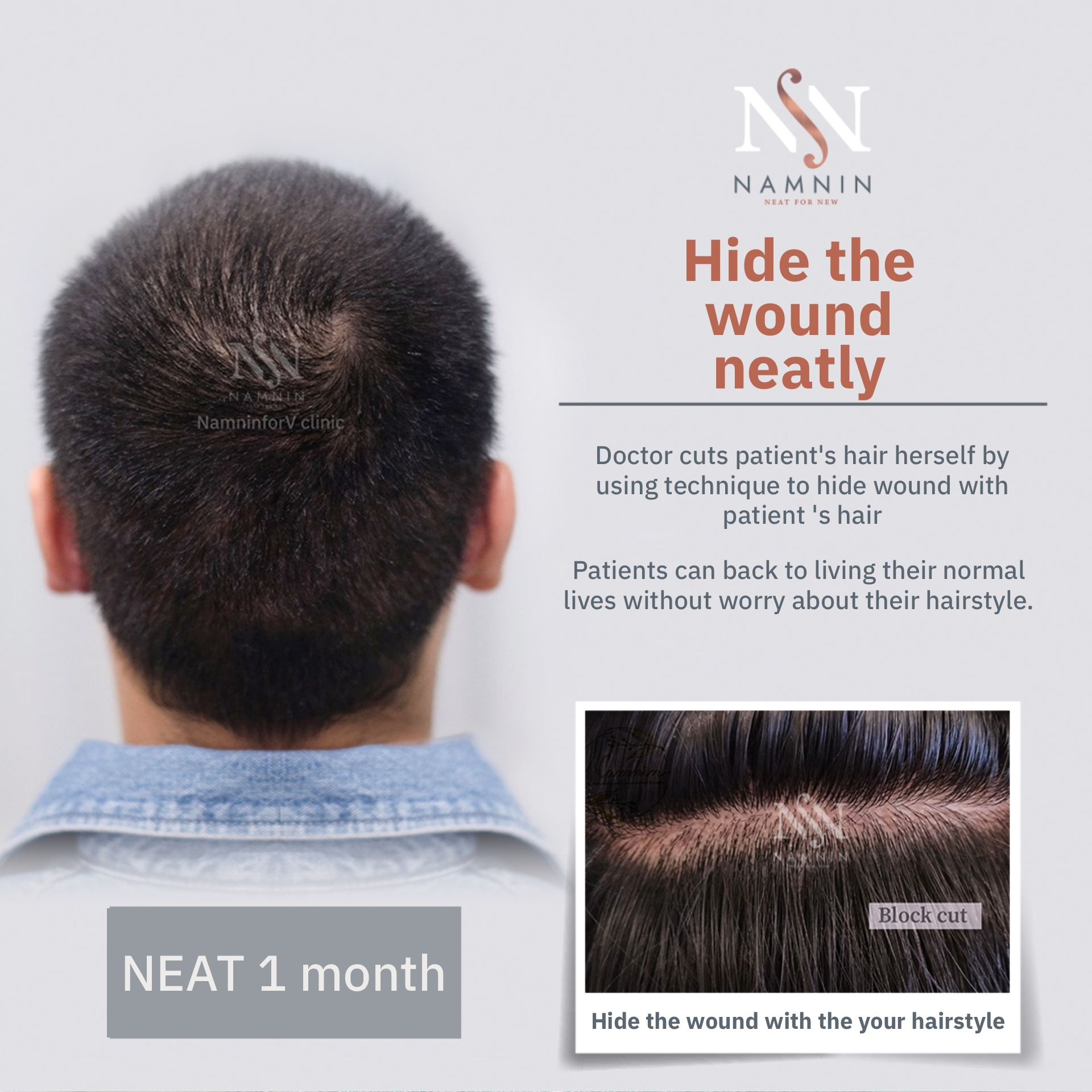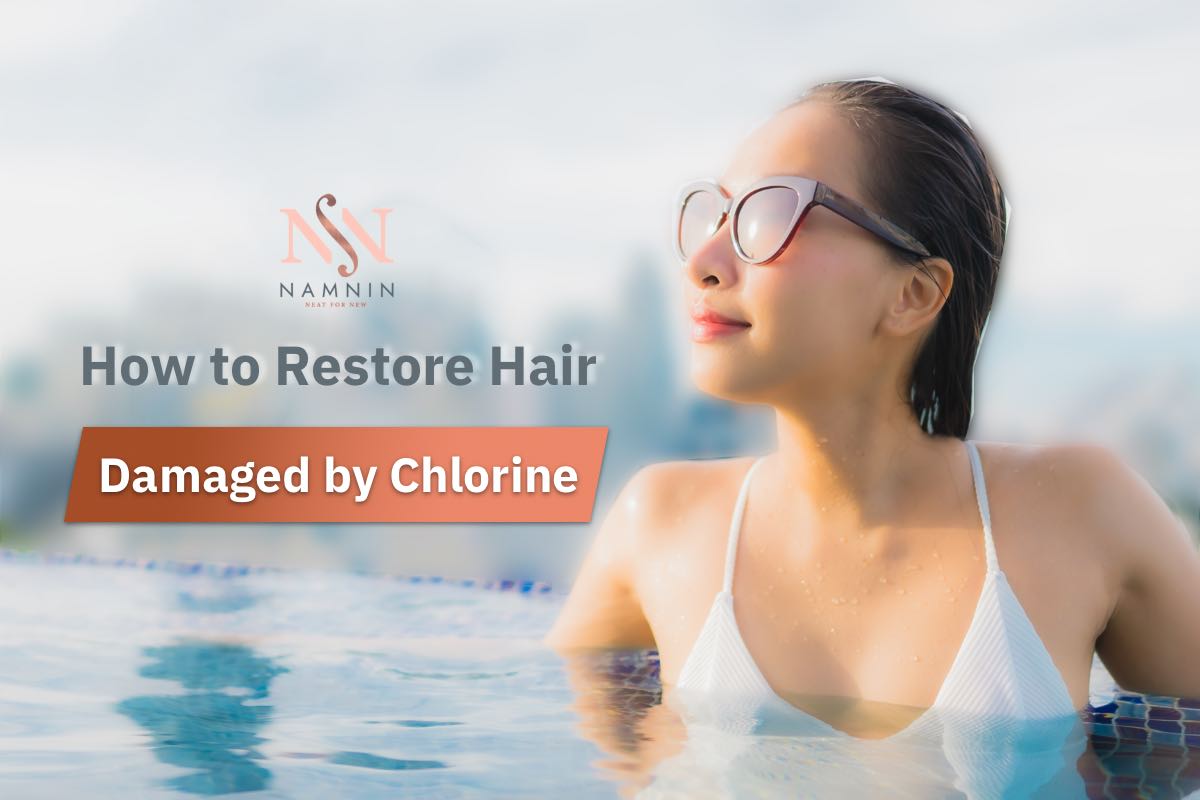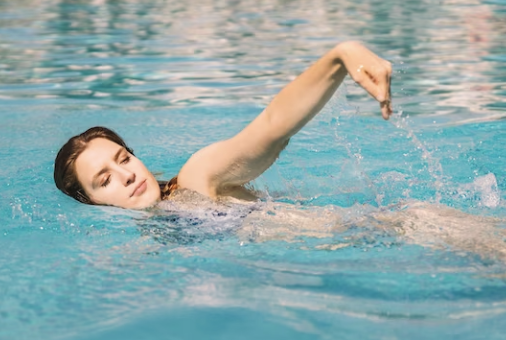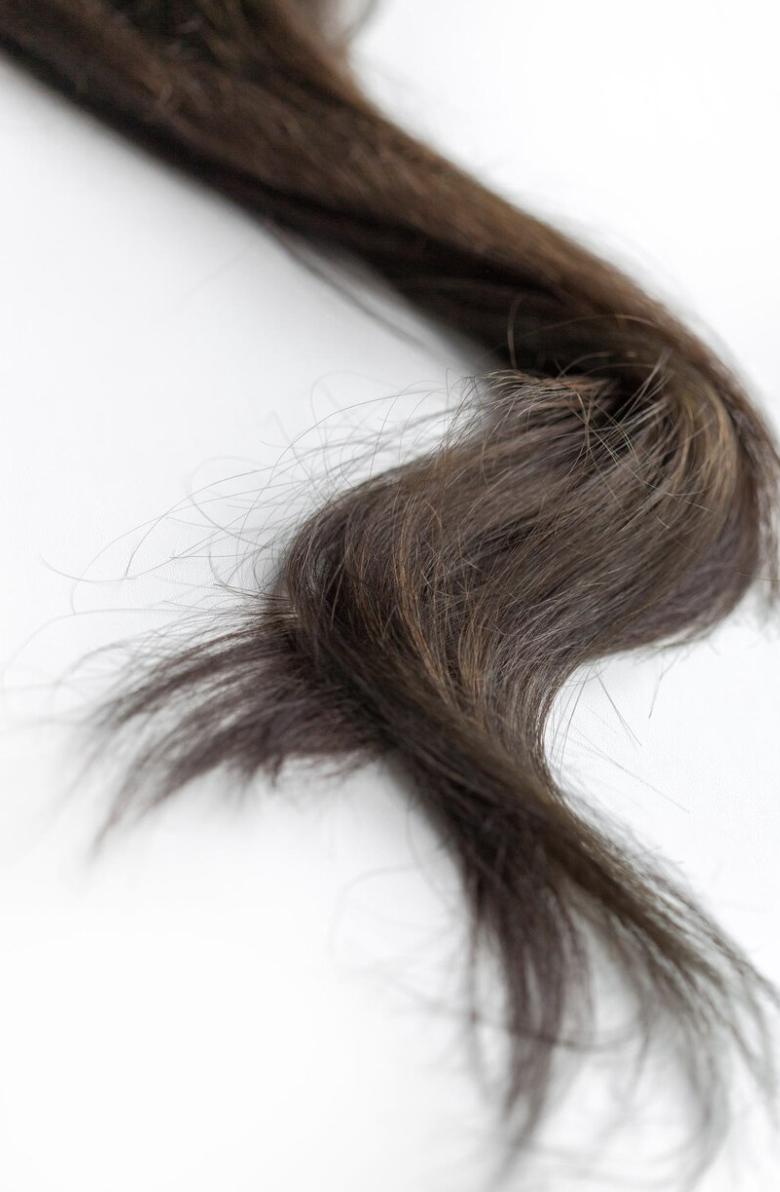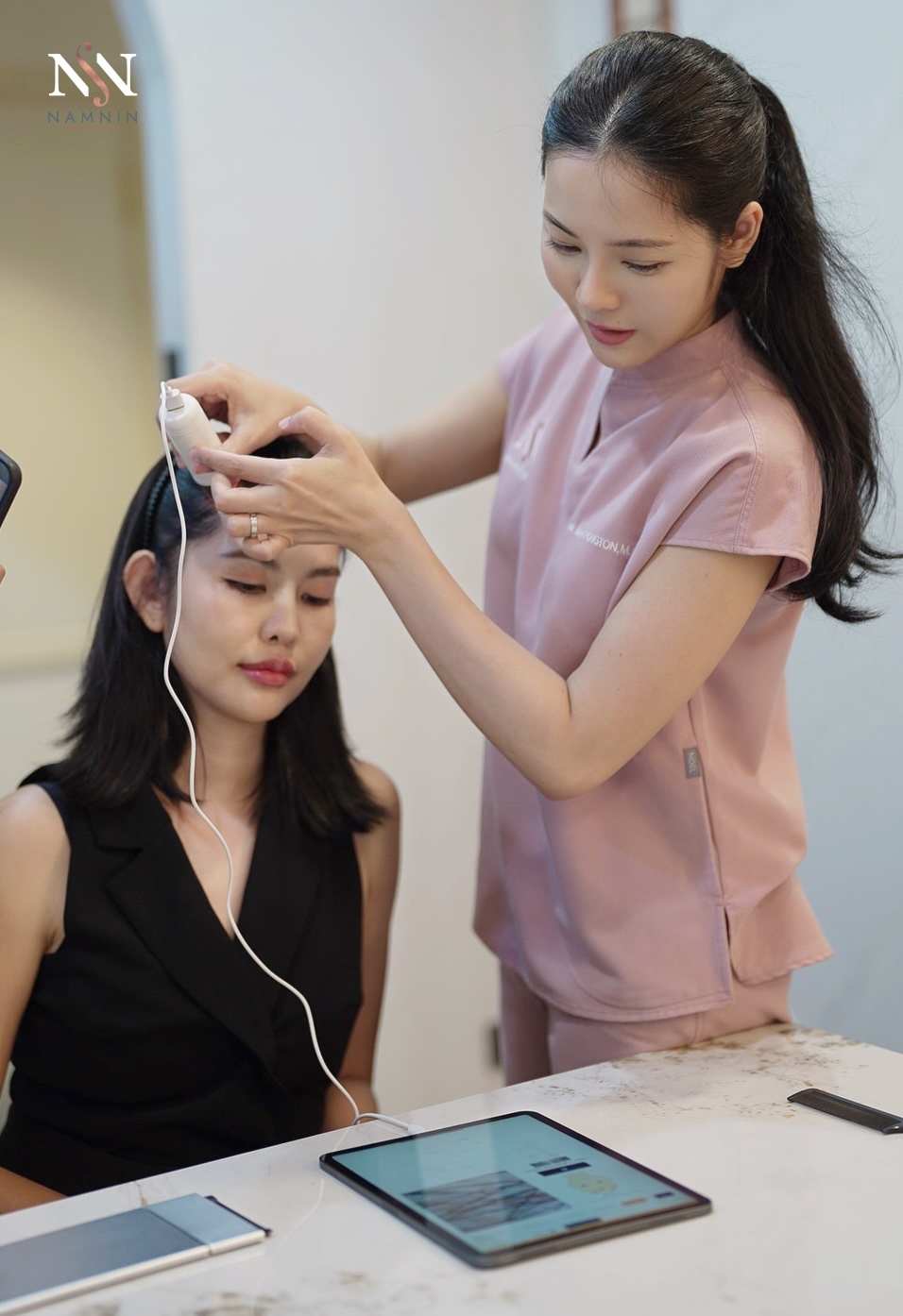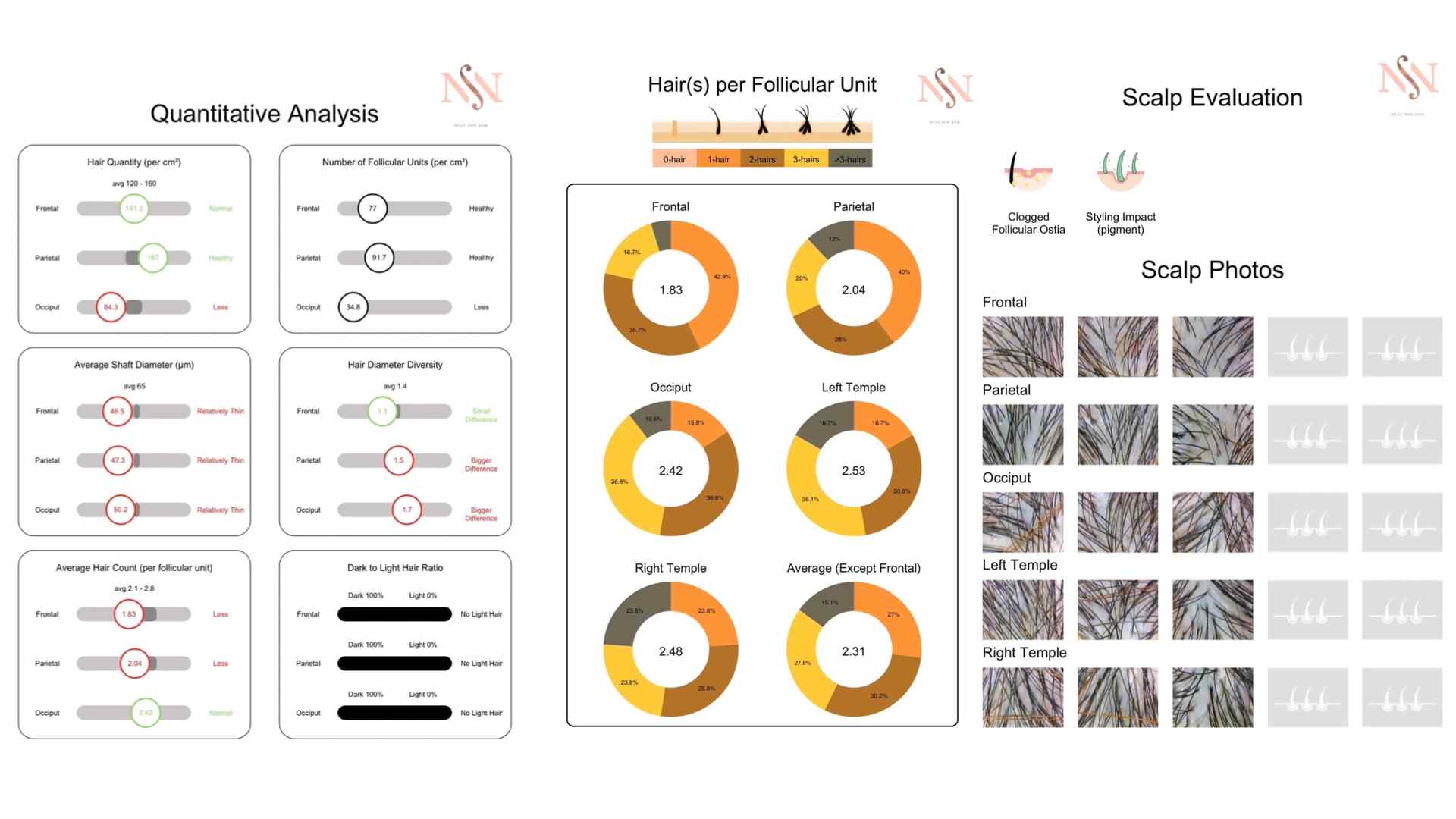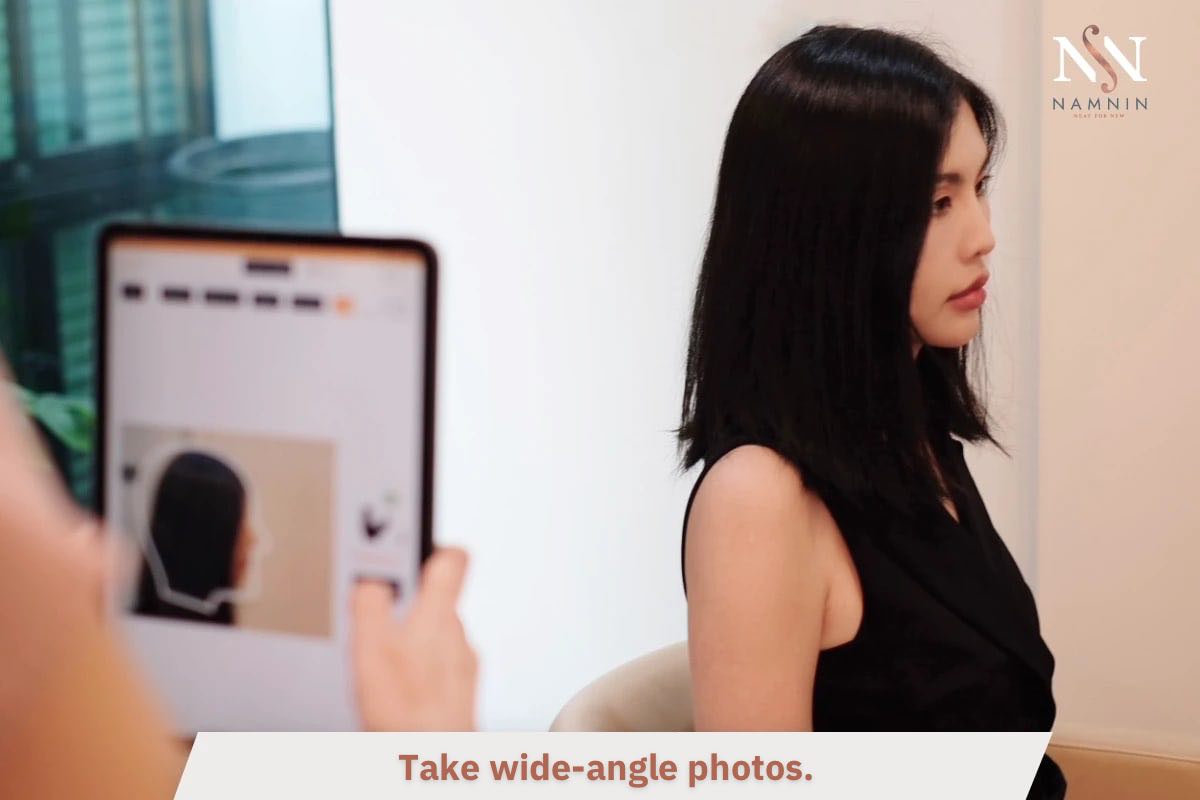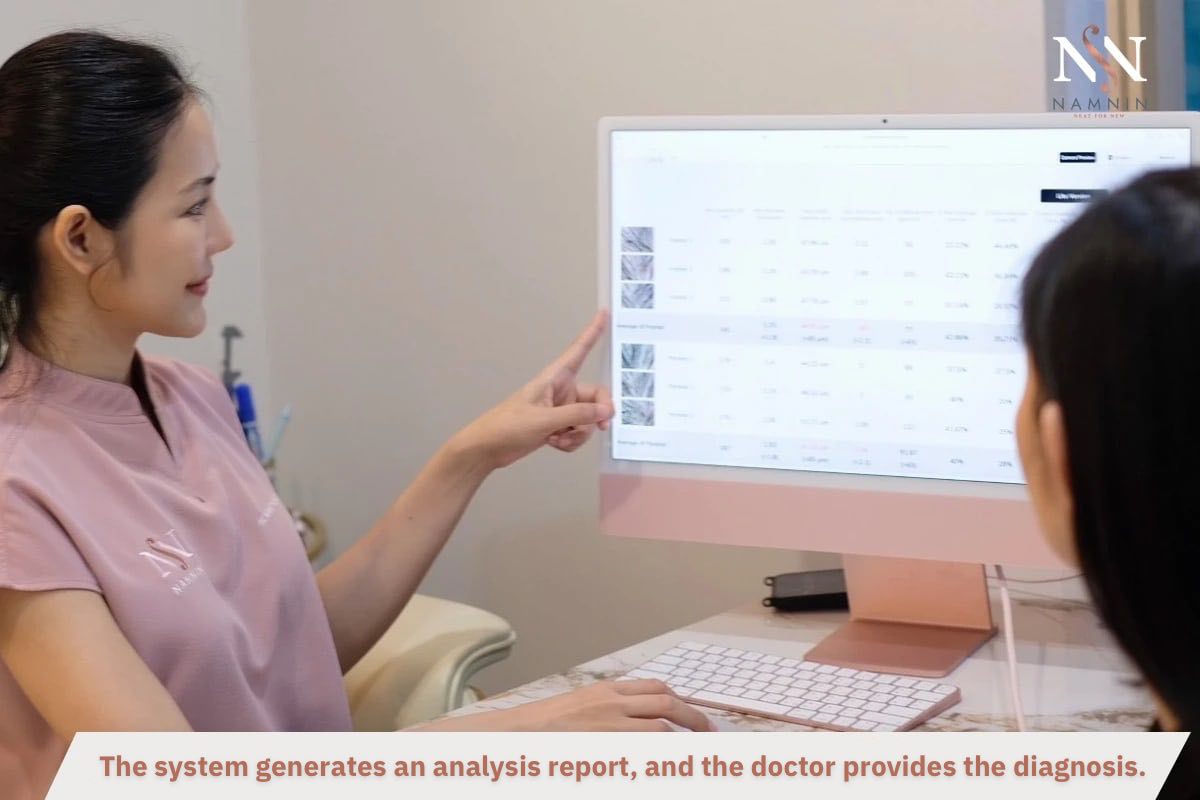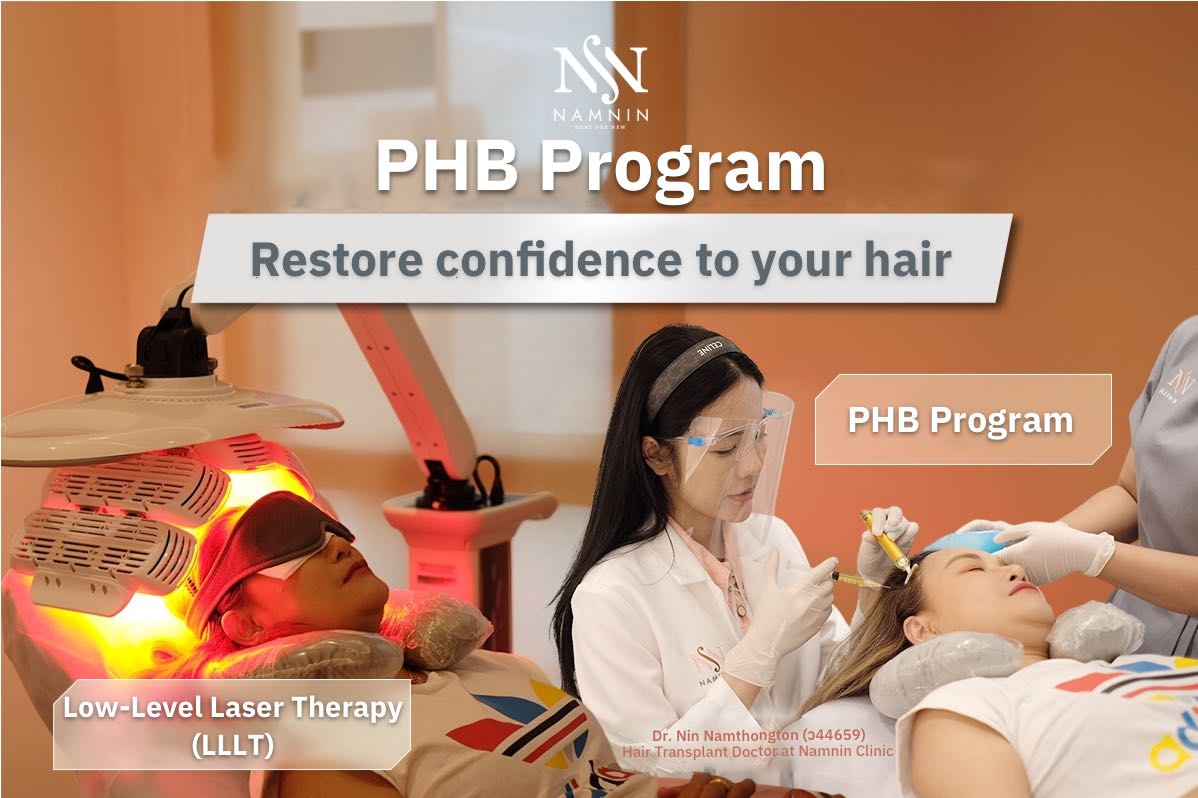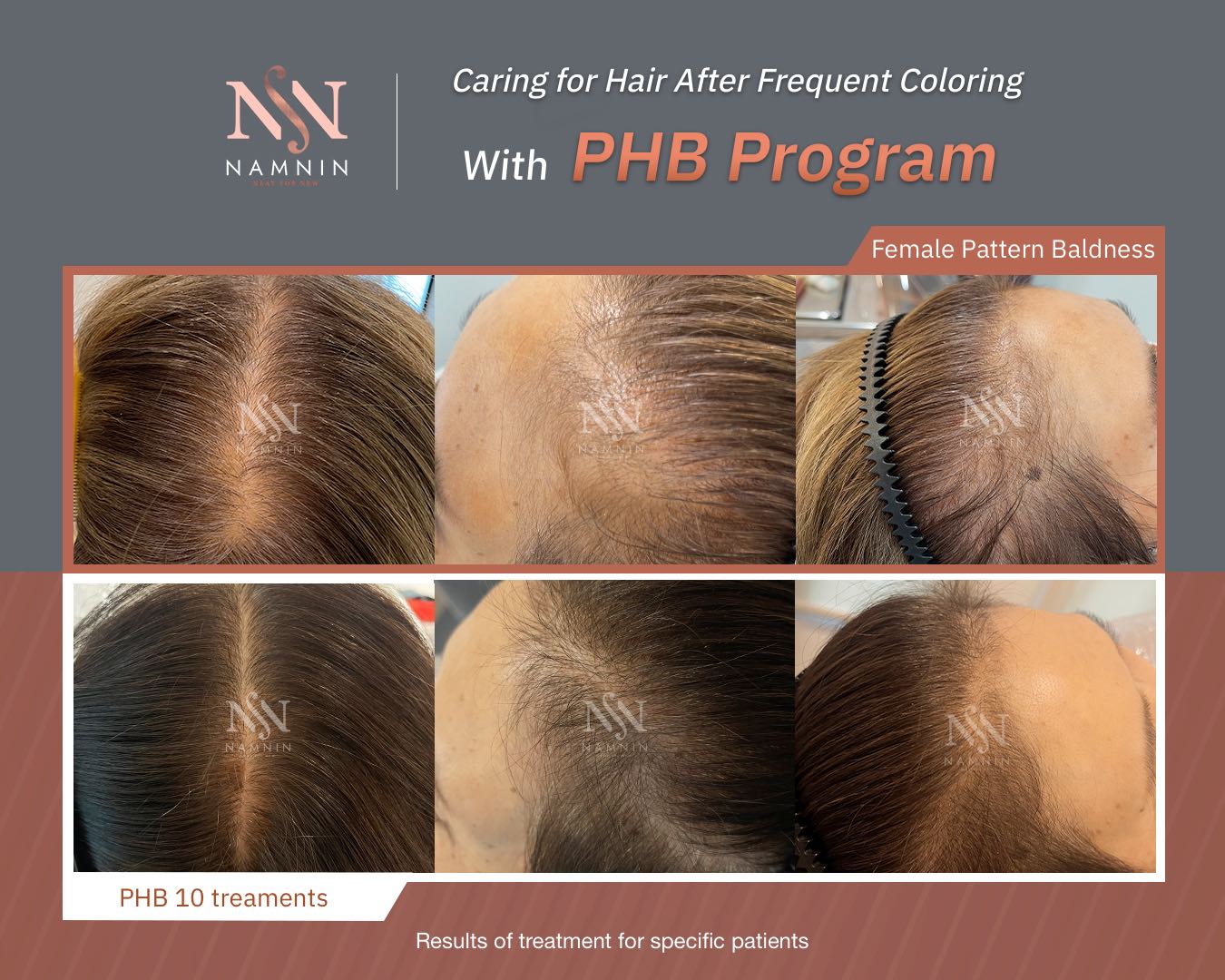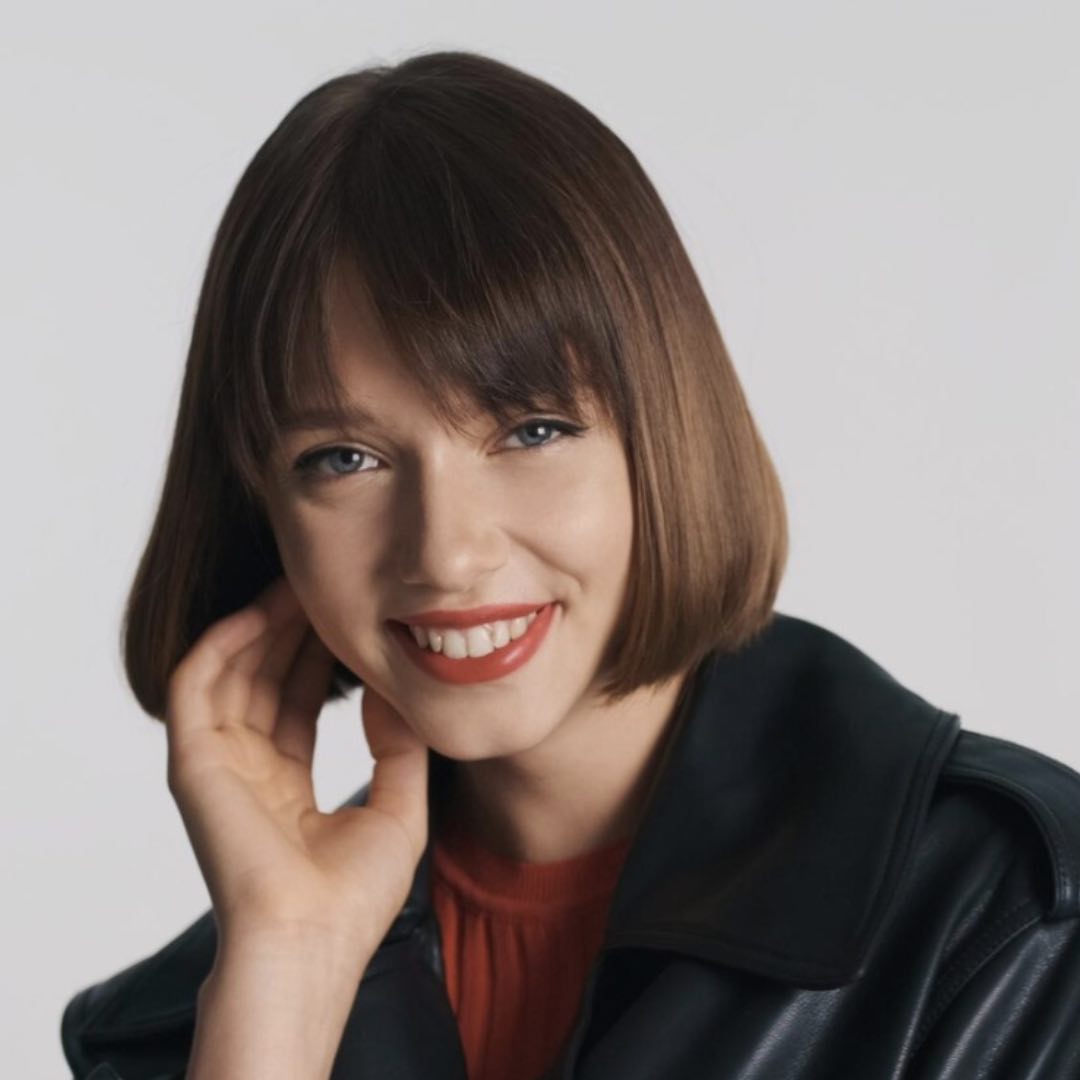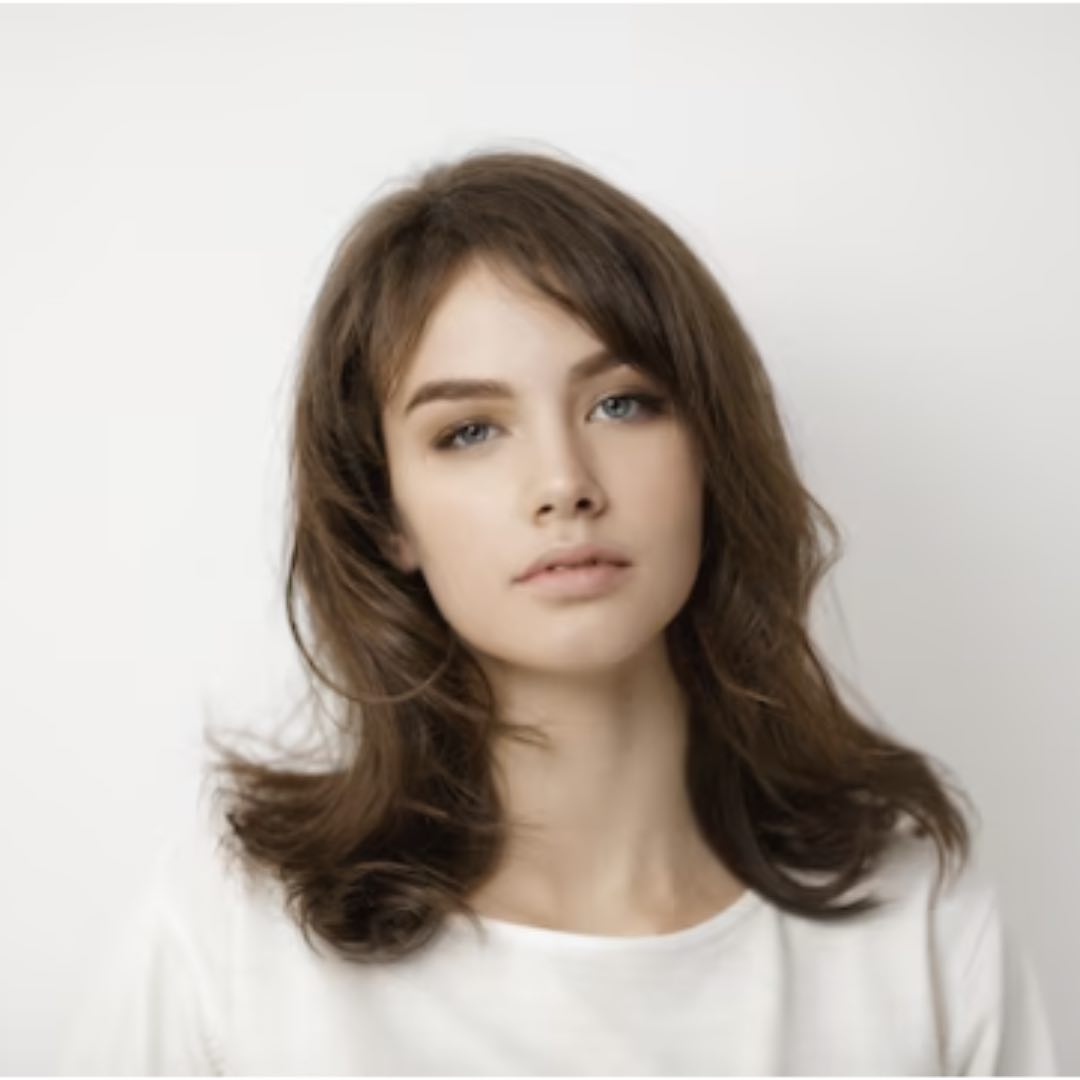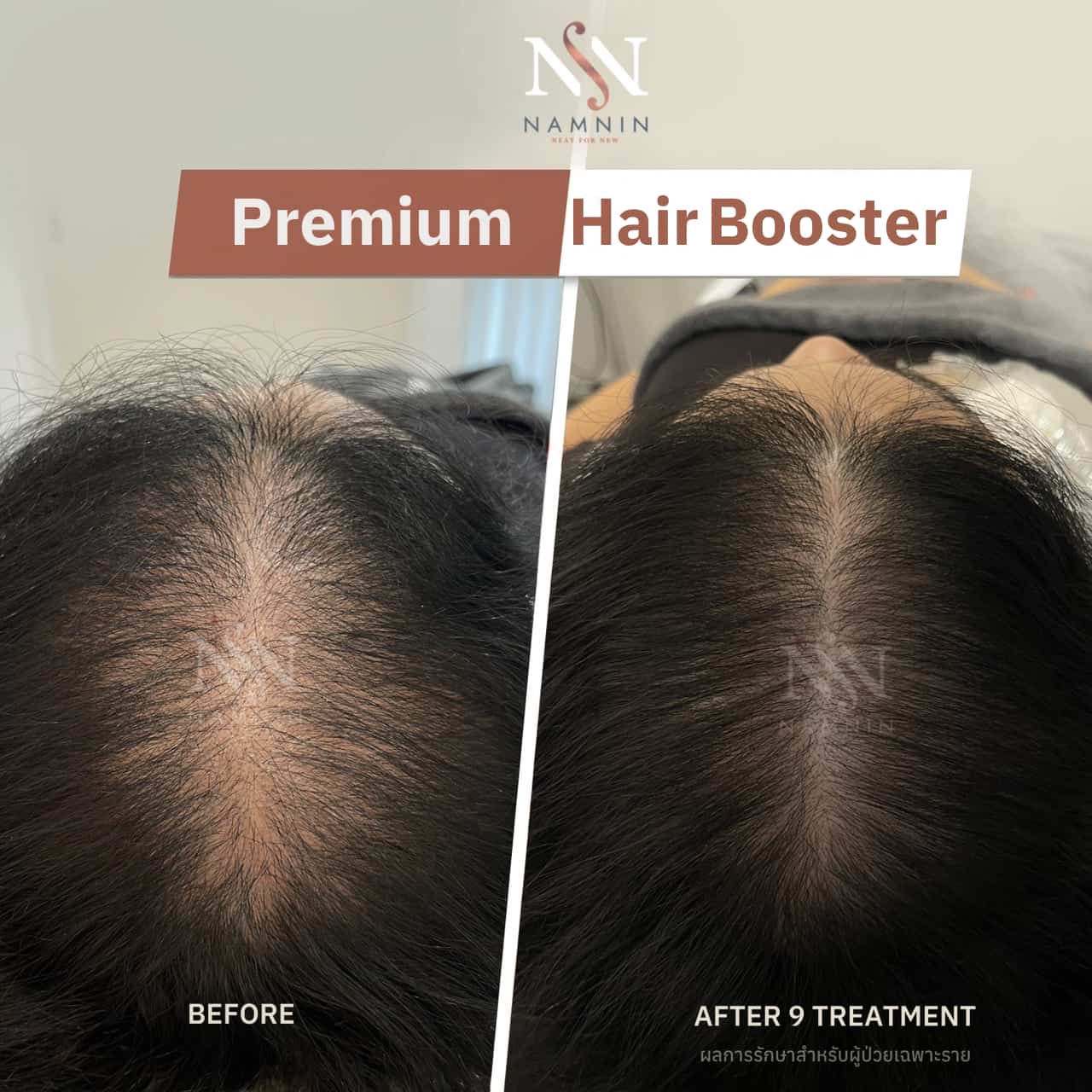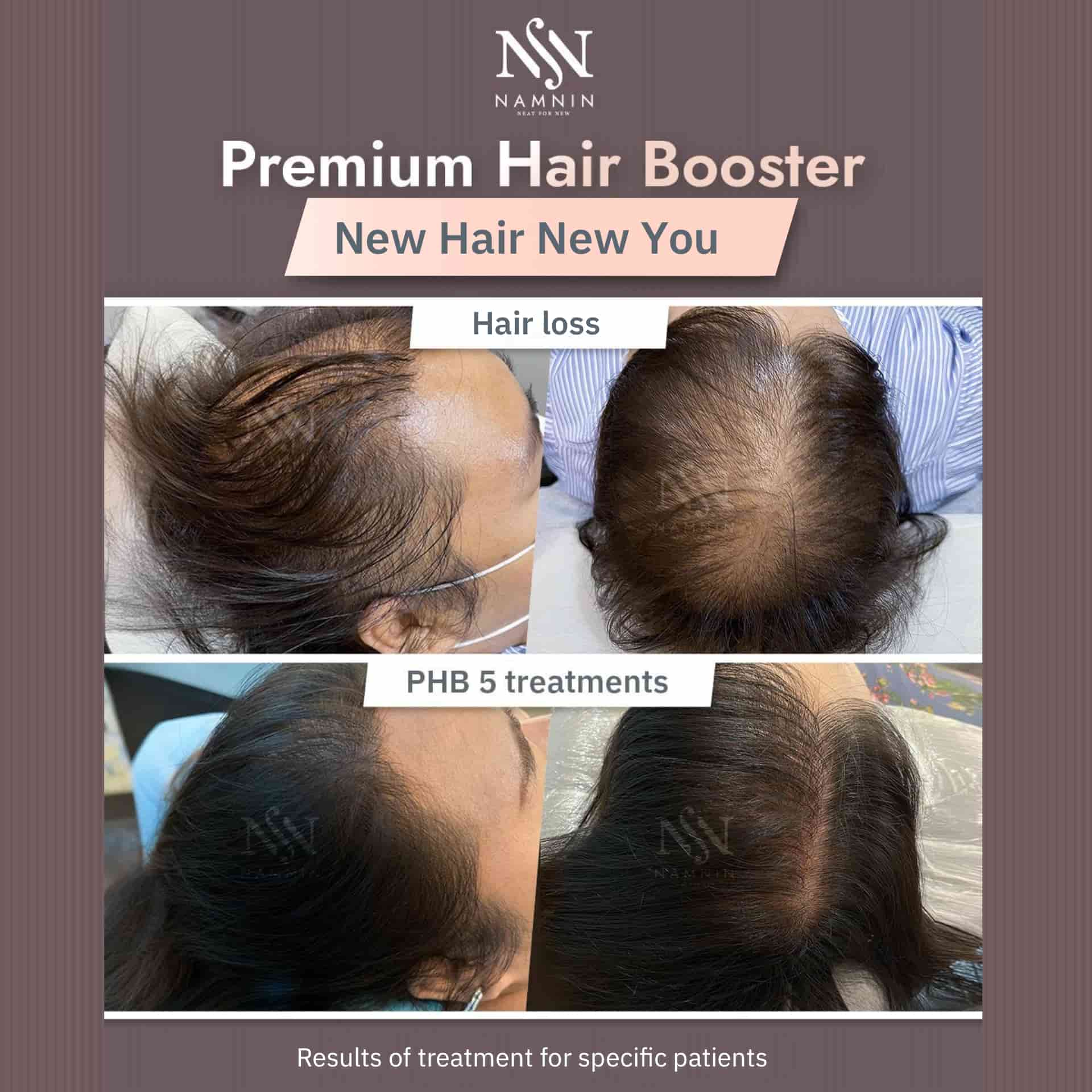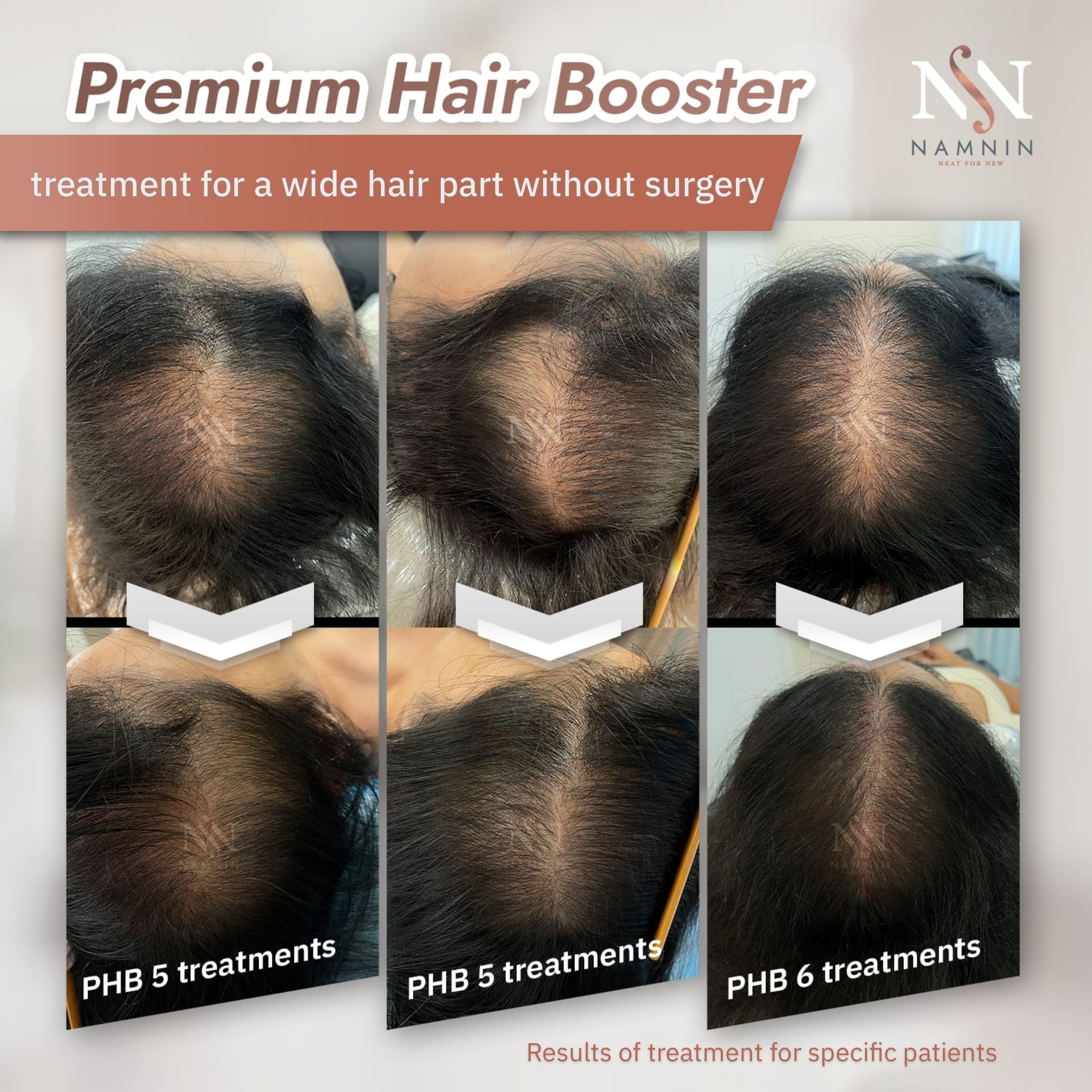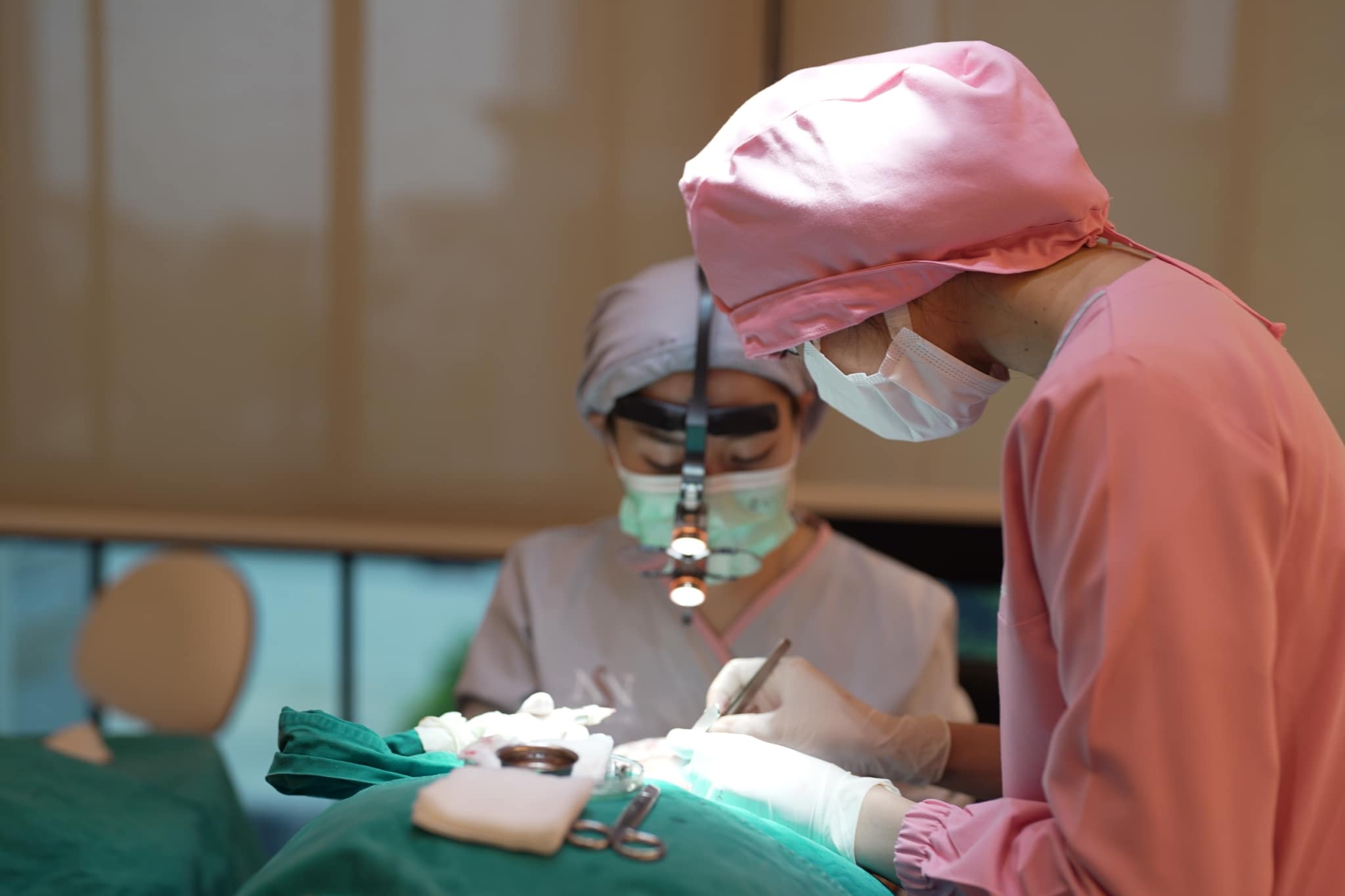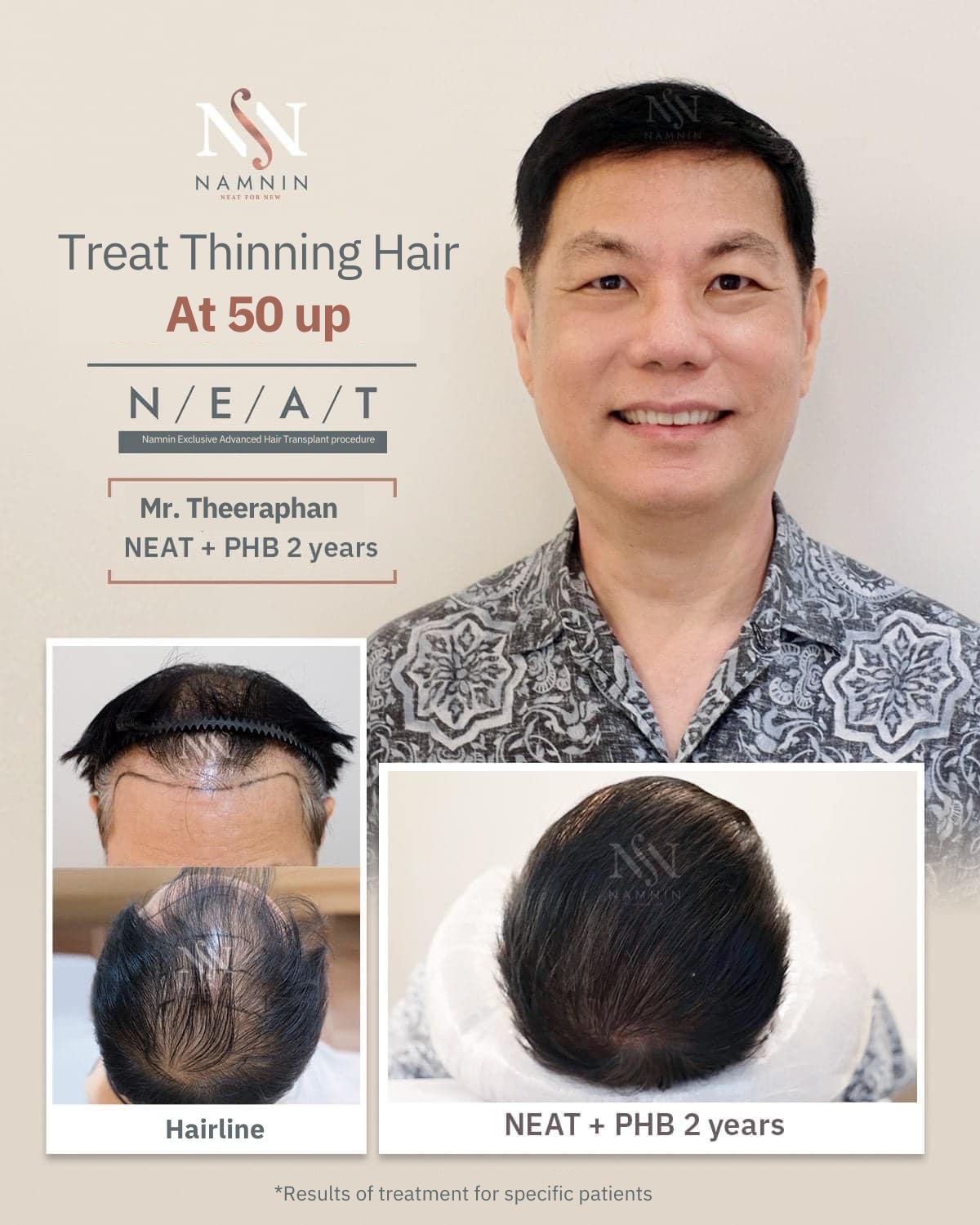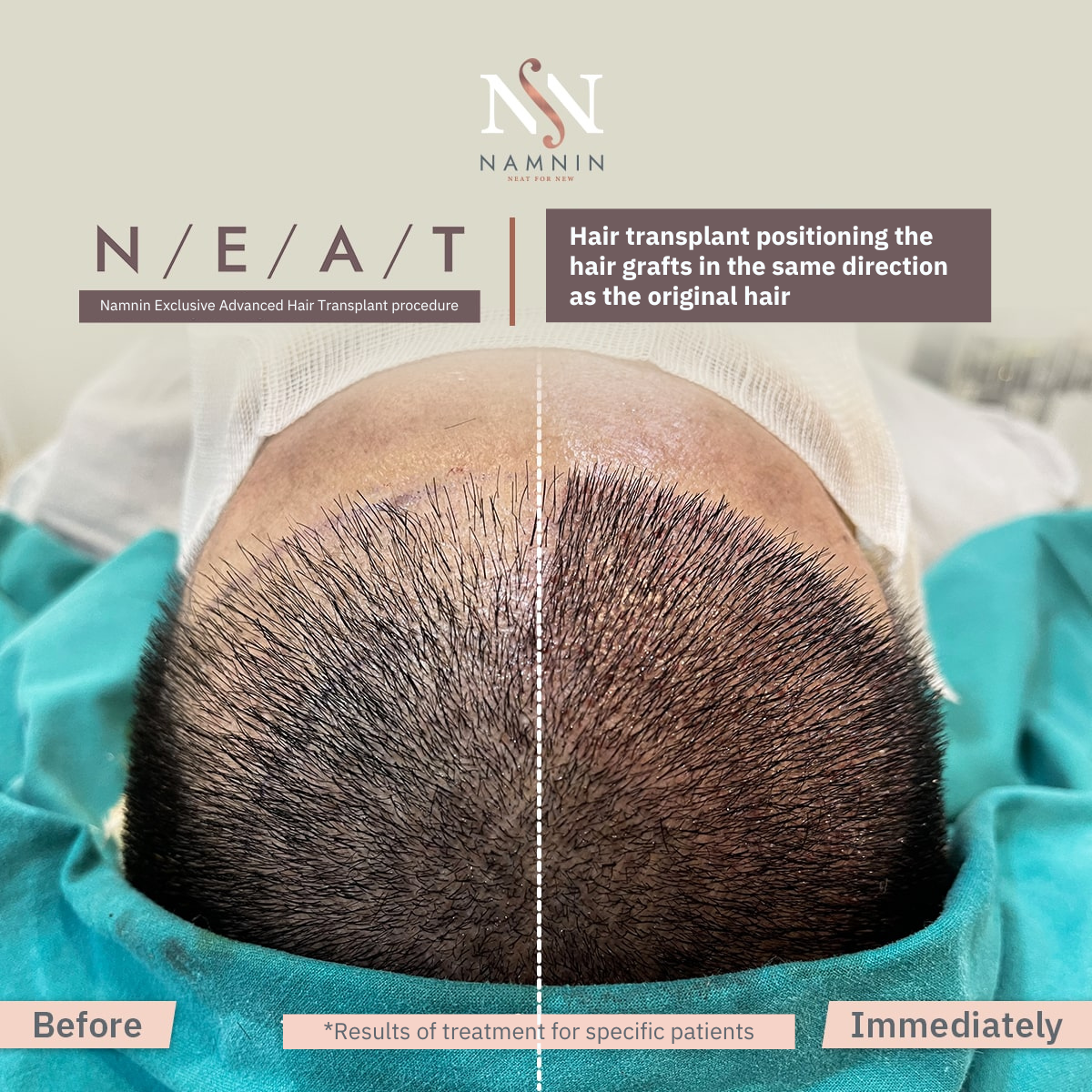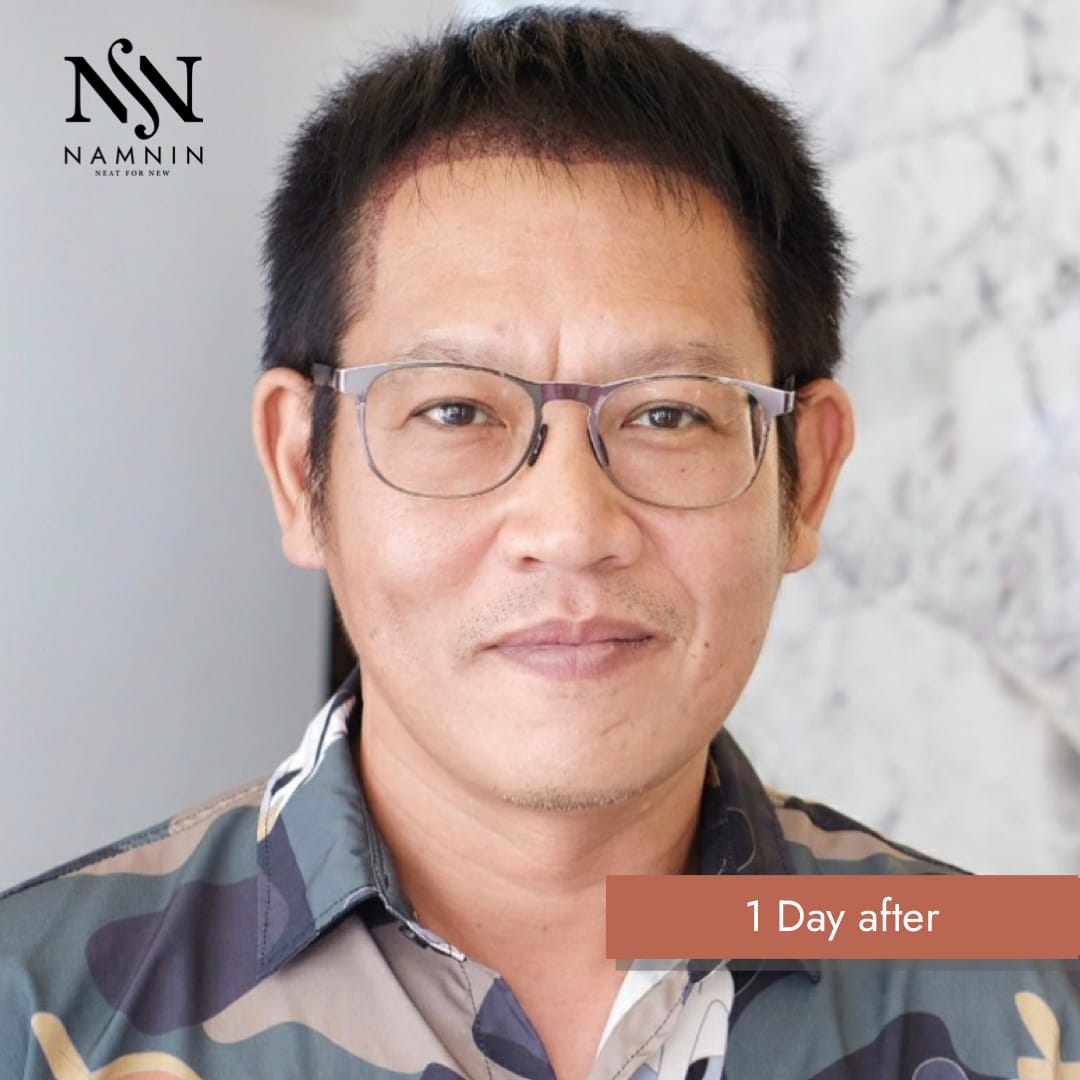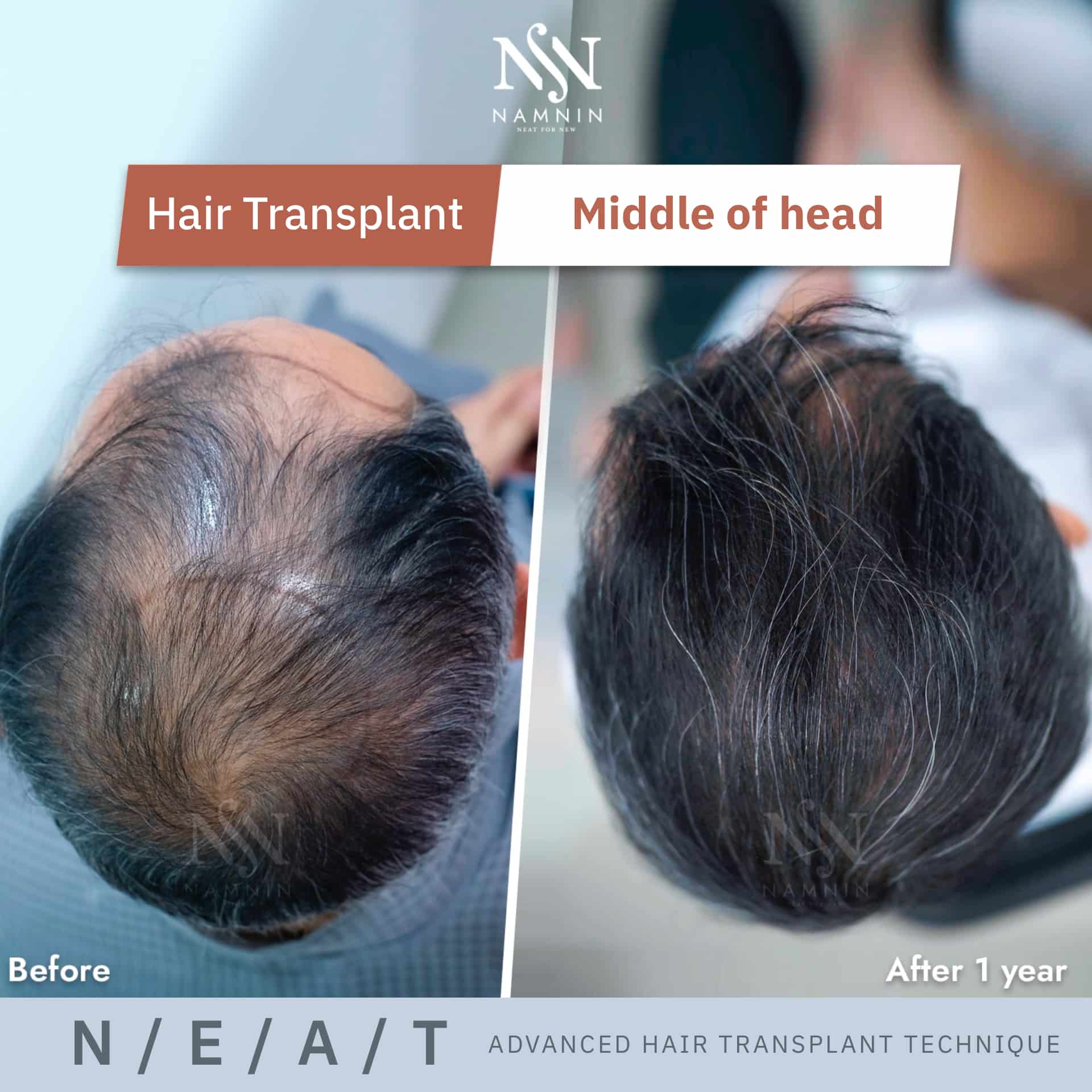One of the main reasons why many people still hesitate about undergoing a hair transplant is fear... fear of surgery, fear of pain, fear of large scars, fear of wasting money, fear of people noticing. These fears often become walls that prevent us from stepping into something better. But in reality, a hair transplant is not as frightening as it may seem.
Wouldn’t it be better to move past old impressions or outdated stories and instead listen to genuine, up-to-date experiences with today’s version of hair transplantation? The difference is like night and day, because medical science has advanced rapidly, creating new techniques that are constantly being refined. Especially with the NEAT technique from Namnin Clinic, hair transplantation is no longer intimidating. It is comfortable, worthwhile, and carefully performed by a doctor with extensive expertise in hair treatment.
This article will help break down the wall of fear with peace of mind by introducing you to the NEAT hair transplant technique. It will clear away outdated images with 7 fresh facts directly from the operating room in 2025.
Hair Transplant Without Surgery
If the word “surgery” makes you nervous or fearful of scalpels, it is time to think again. Today’s hair transplantation no longer relies on surgical methods. Instead of cutting out a strip of scalp from the back of the head, doctors now use a special micro-instrument to gently extract healthy grafts one by one from the donor area. Each graft contains small groups of 1 to 4 hairs. These grafts are then carefully separated, trimmed, and implanted one by one into thinning areas.
Because this process resembles delicate craftwork, the doctor meticulously places thousands of grafts with patience, precision, and full attention to every single hair. With the NEAT technique, the doctor personally performs all the graft placement.
Hair Transplant Without the Pain and Swelling You Imagine
Without surgical incisions and with the use of a special imported instrument only 0.6 millimeters in size, the procedure is far less daunting. More importantly, the process is in the hands of a highly experienced doctor, so there is little concern about pain, swelling, or excessive bleeding.
Of course, pain perception varies from person to person. To be clear, patients receive local anesthesia before the procedure begins, ensuring comfort throughout. During the transplant, patients can use their phones, watch movies, listen to music, or chat with the doctor.
After the procedure, patients may feel slight tightness in the treated area, with minimal swelling or none at all. The implanted sites are very small, with only tiny pinpoint bleeding.
Hardly Any Recovery Time Needed
With minimal pain or swelling, patients require little to no downtime. Most can return to daily routines right away, whether driving, shopping, or even going back to work the very next day without taking extended leave. This is a stark contrast to the past, when large scars and prolonged swelling kept patients at home for days.
Modern hair transplantation techniques now allow patients to live more comfortably, with only a little extra care needed to avoid disturbing the newly transplanted grafts in the early days.
Scars Are No Longer a Worry
In the past, scarring caused major concern because patients had to carefully hide them, limiting hairstyle choices. With the NEAT technique, however, grafts are extracted from the back of the head in a staggered or alternating pattern, spread out so the tiny extraction points blend seamlessly with existing hair. After the transplant, patients can enjoy freedom in styling, choosing any haircut or look with confidence.
Confidence Without Fear of People Noticing
In earlier times, if transplanted hair looked unnatural and people noticed, it could affect a patient’s confidence. NEAT prioritizes blending new hairs with existing ones. The doctor places each graft carefully, aligning the angle and direction to match the surrounding hair. Once hair grows out, this prevents unnatural growth patterns that are difficult to fix.
Grafts are also placed at the proper depth and density—not too thick, not too sparse—so they remain secure. The result is new hair that looks seamless, without worries about others commenting or questioning.
Post-Transplant Care Is Surprisingly Simple
Another common concern is aftercare. In truth, it is not complicated at all. With NEAT, patients receive a detailed one-year care plan, including proper guidance and a personalized set of cleaning and hair care products for use at home.
Follow-up appointments are scheduled, during which the doctor personally reviews progress, answers questions, and provides consultation. Since transplanted hair takes up to a year to grow fully, patients can rest assured that the doctor will accompany them through the entire journey.
Hair Transplants Are Not Only for Older People
Another outdated perception is that hair transplants are only for older men with severe thinning. That is no longer the case. Many women now undergo hair transplants, not only to address thinning but also for cosmetic reasons such as framing the face.
Younger generations are also starting transplants earlier, which aligns with the doctor’s advice: treat hair loss as soon as possible for better results, while donor hair is still strong and plentiful. Waiting until hair is severely thin may leave too few donor grafts to achieve good coverage or density.
These 7 facts prove that hair transplantation is far more comfortable than many believe. At Namnin, the experience is designed to be reassuring and pleasant, with a relaxed clinic atmosphere, private rooms, attentive staff, and open communication with the doctor. Every step and possible outcome is clearly explained, allowing patients to ask questions and feel confident before, during, and after the procedure.
At this point, it is clear that fear should no longer be an obstacle. If you have more questions about the NEAT hair transplant technique, you can consult directly with the doctor at Namnin Clinic. Clear away every concern and step forward to the new hair that awaits you.
